Prehistory: Notable Places (Sites, Cities, etc.)
1/369
There's no tags or description
Looks like no tags are added yet.
Name | Mastery | Learn | Test | Matching | Spaced |
|---|
No study sessions yet.
370 Terms
Olduvai Gorge (Fact 1)
Site in Northern Tanzania containing the most continuous known record of humanity over the past 2 million years

Olduvai Gorge (Fact 2)
Site in Northern Tanzania containing fossils from 65 different hominids including Australopithecus Boisei, Homo Habilis, and Homo Erectus

Olduvai Gorge (Fact 3)
Site in Northern Tanzania containing the namesake first stone building having ever been erected in history

Olduvai Gorge (Fact 4)
Site in Northern Tanzania made up of a ring or rough semi-circle of basaltic rocks or lava blocks and cobbles, 9 feet in diameter, with a few tree branches placed on top, likely used as a "Windbreak"

Olduvai Gorge (Fact 5)
Site in Northern Tanzania in which Oldowan Tools were first discovered and for which they are named, they are the second oldest of the Oldowan Tools

1.5 MYA - Sterkfontein Caves, South Africa (Fact 1)
Notable Cave Community occupied 1.5 MYA, likely the first hominid-inhabited Cave Community
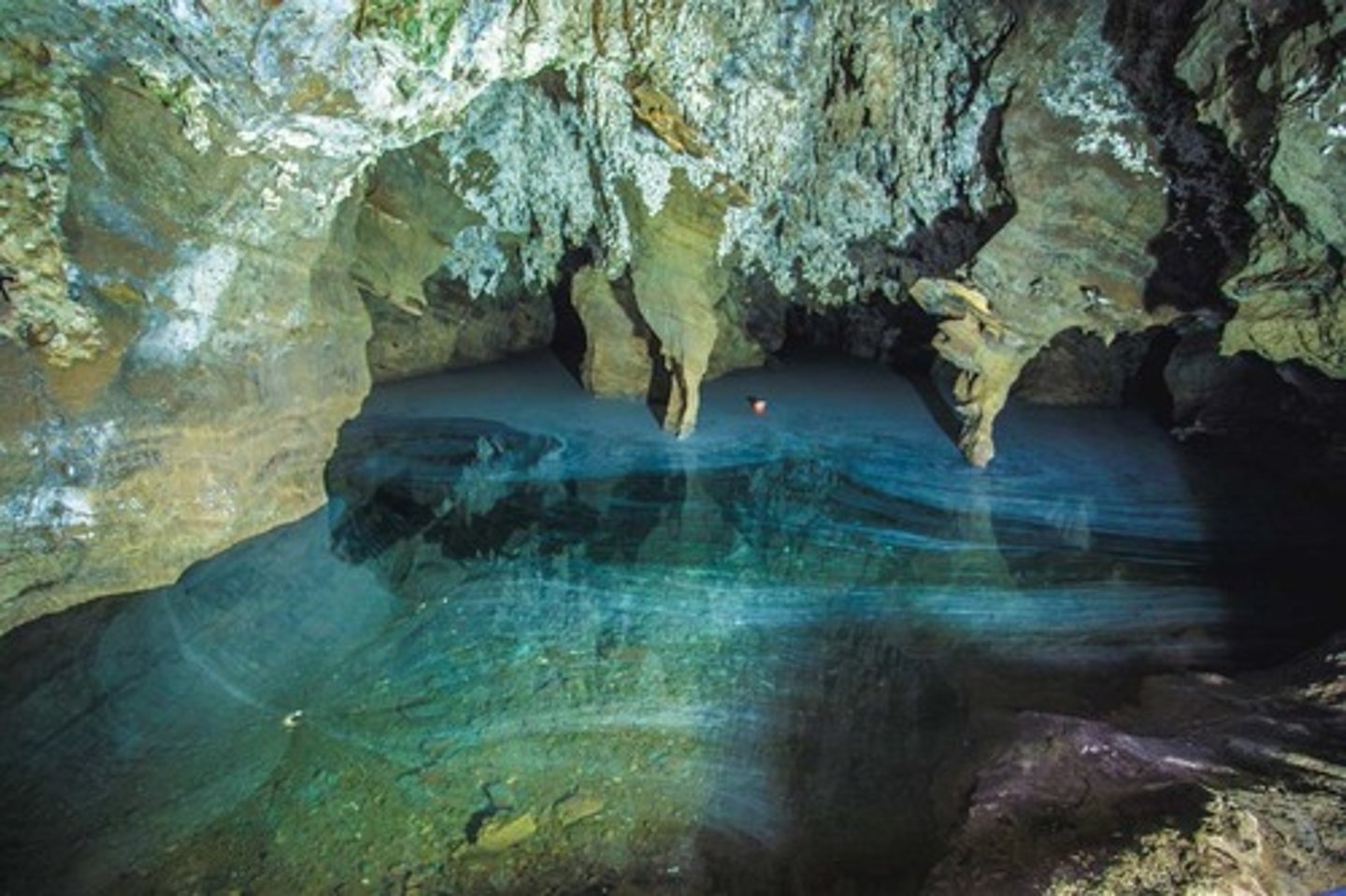
1.5 MYA - Sterkfontein Caves, South Africa (Fact 2)
Cave Community that Homo Habilis lived in at one time

Bouri Formation (Fact 1)
Site confirming permanent modification of some part of the environment around those inhabiting it to suit their needs (chipping raw stones into tools), in other words confirming the presence of the first piece of technology ever made by ancient humans
Dmanisi, Georgia (Fact 1)
Site in which lay the earliest known Homo Erectus fossils (fossils of any and all human ancestors) found outside of Africa dated at 1.8 Million years BCE, there were 5 skulls total
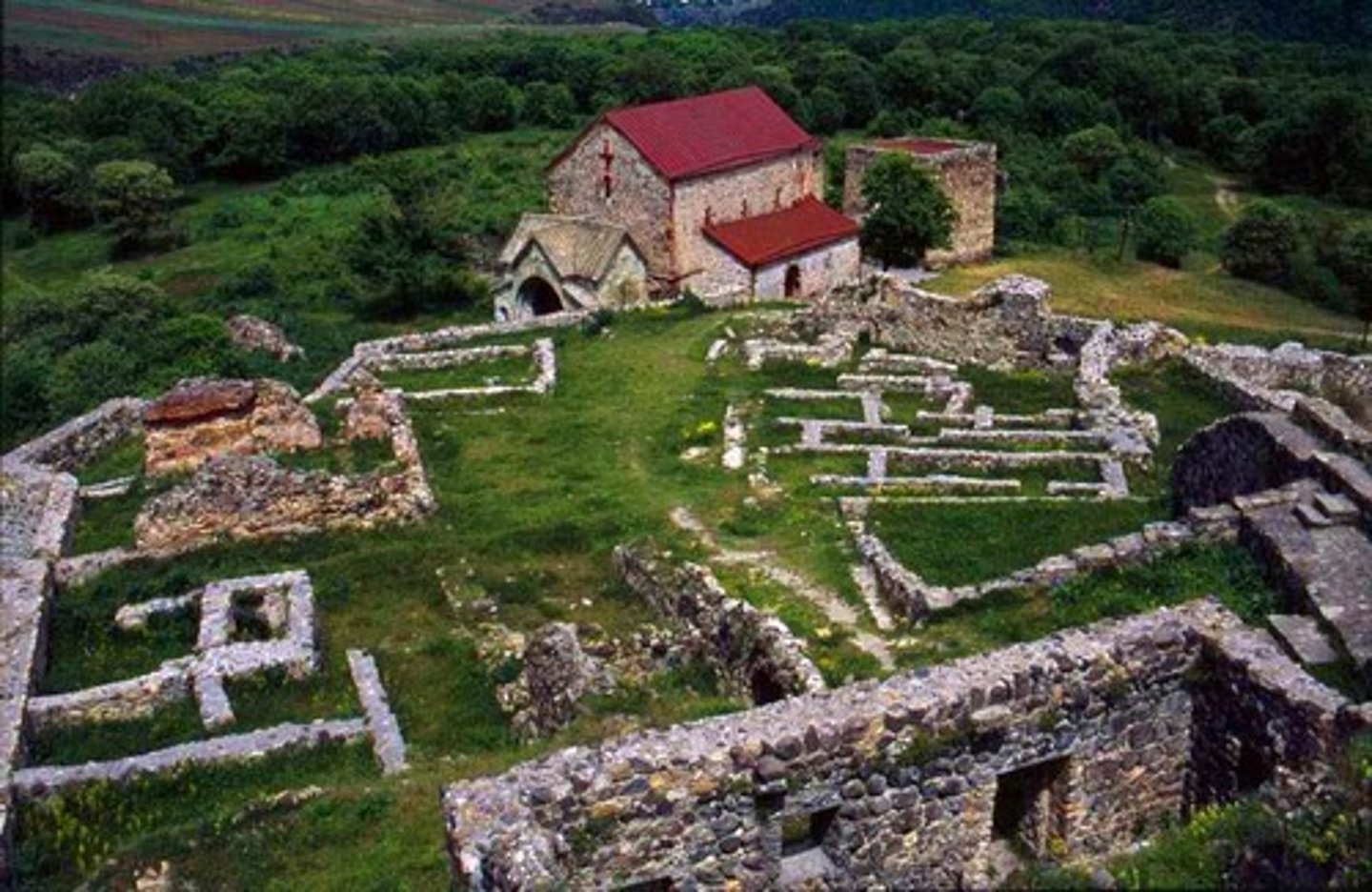
Dmanisi, Georgia (Fact 2)
Site in which archaeologists discovered Homo Erectus fossils dating back 1.8 Million years BCE (resembling Homo Erectus despite there being no evidence of there being fire there even though the climate there is very cold and hasn't changed since then)
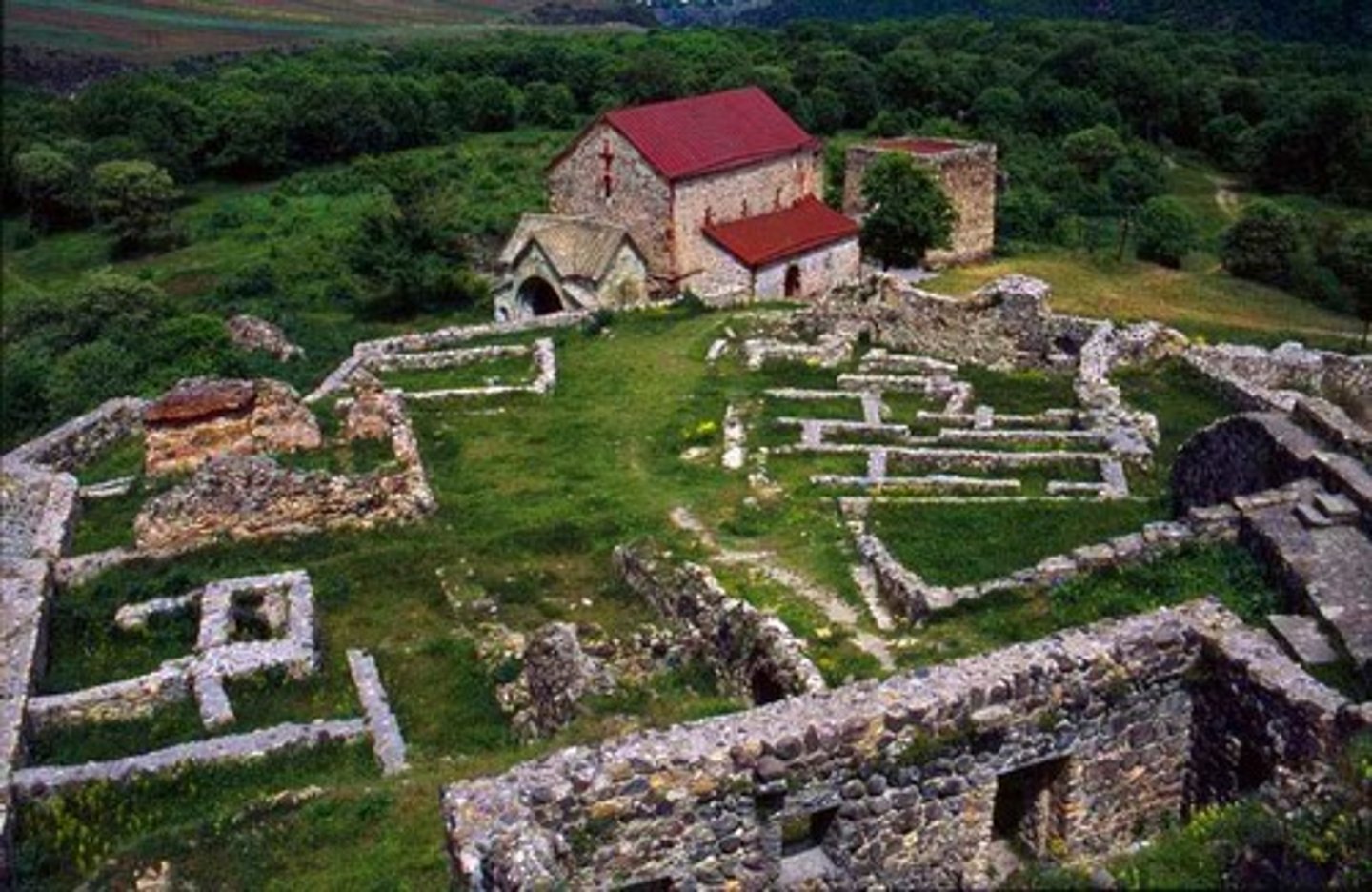
Beeches Pit, England (Fact 1)
Site in which archaeologists discovered areas of burned sediment with heated stone tools and burned bones which many consider to be the remains of Hearths or other associations with firemaking and which many consider to be worked by Homo Heidelbergensis
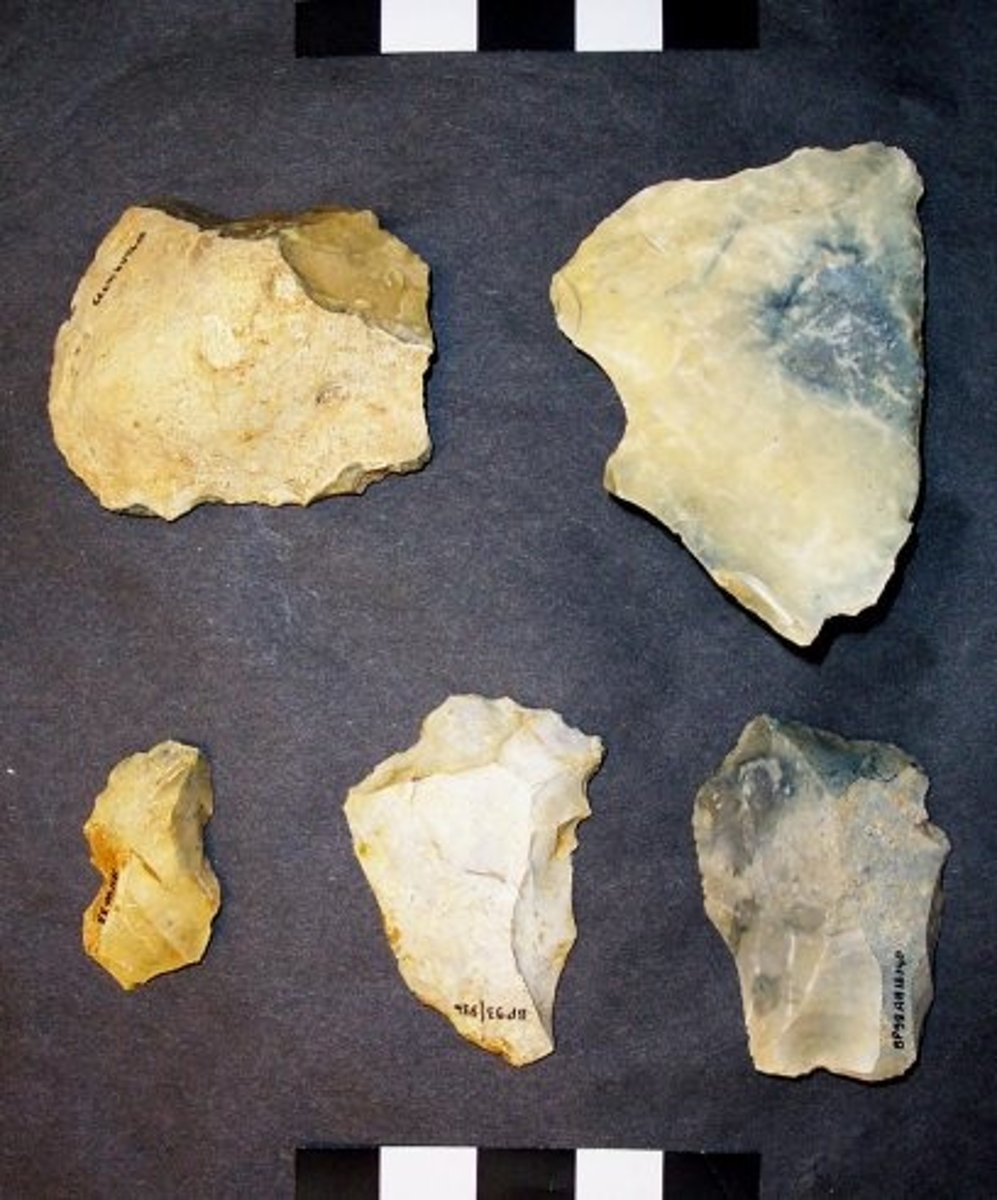
Beeches Pit, England (Fact 2)
Site in which Homo Heidelbergensis lived at one time
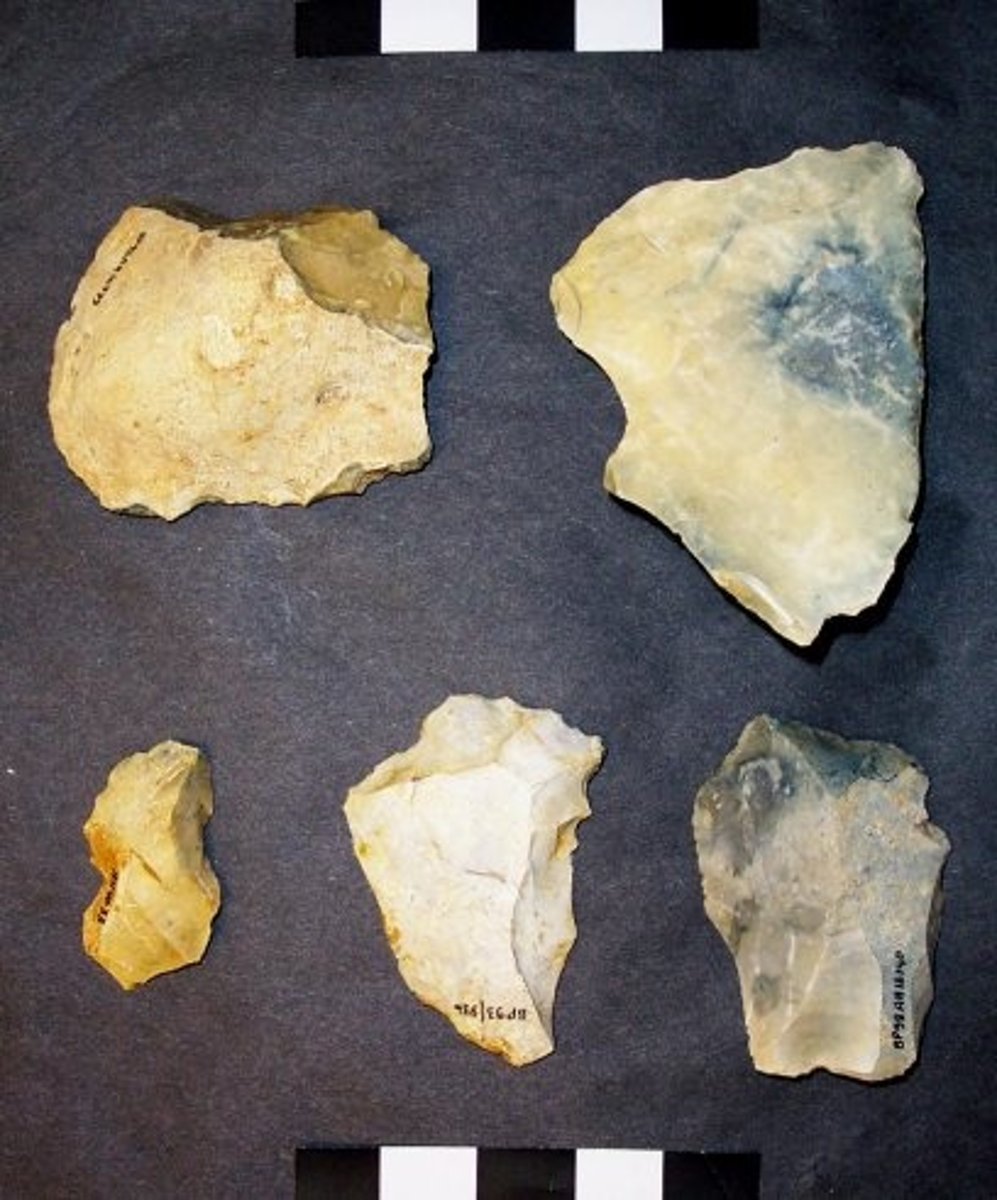
Schoningen, Germany (Fact 1)
Site in which archaeologists discovered areas of heated flints and charred wood which many consider to be the remains of Hearths or other associations with firemaking and which many consider to be worked by Homo Heidelbergensis
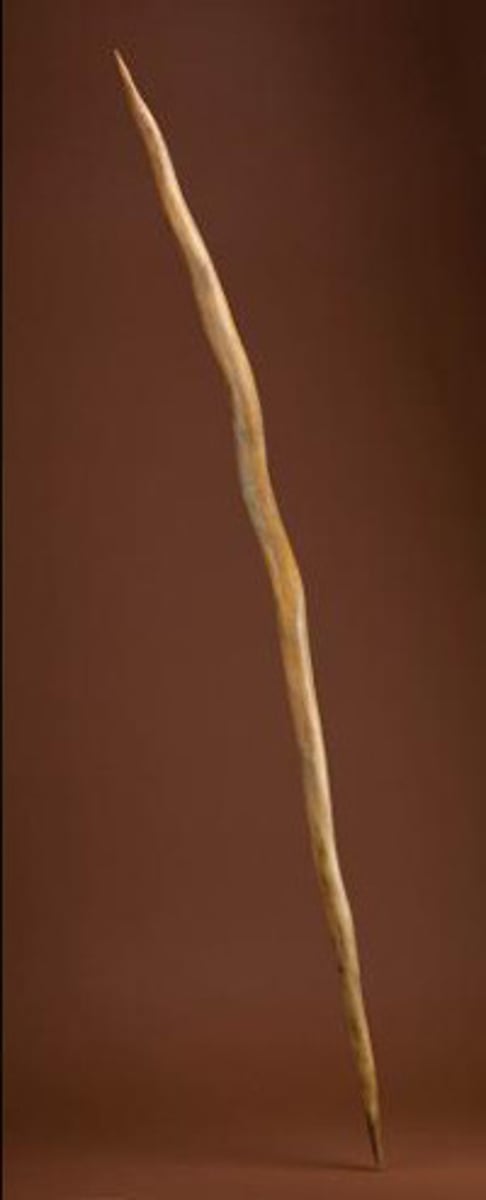
Schoningen, Germany (Fact 2)
Site in which Homo Heidelbergensis lived at one time
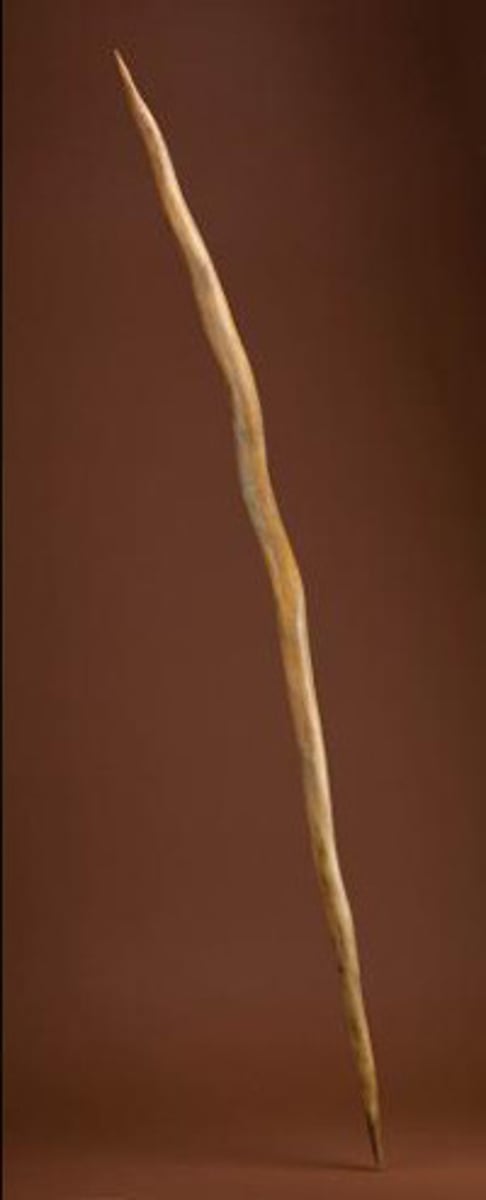
1.5 MYA - Koobi Fora, Kenya (Fact 1)
Site in which archaeologists discovered rocks that were indicating that they were heated to high temperatures (reddened sediment) at one time as well as bits of burned animal bone and these rocks and bones were found to be clustered in distinct patches, suggesting that the fires were small and man-made
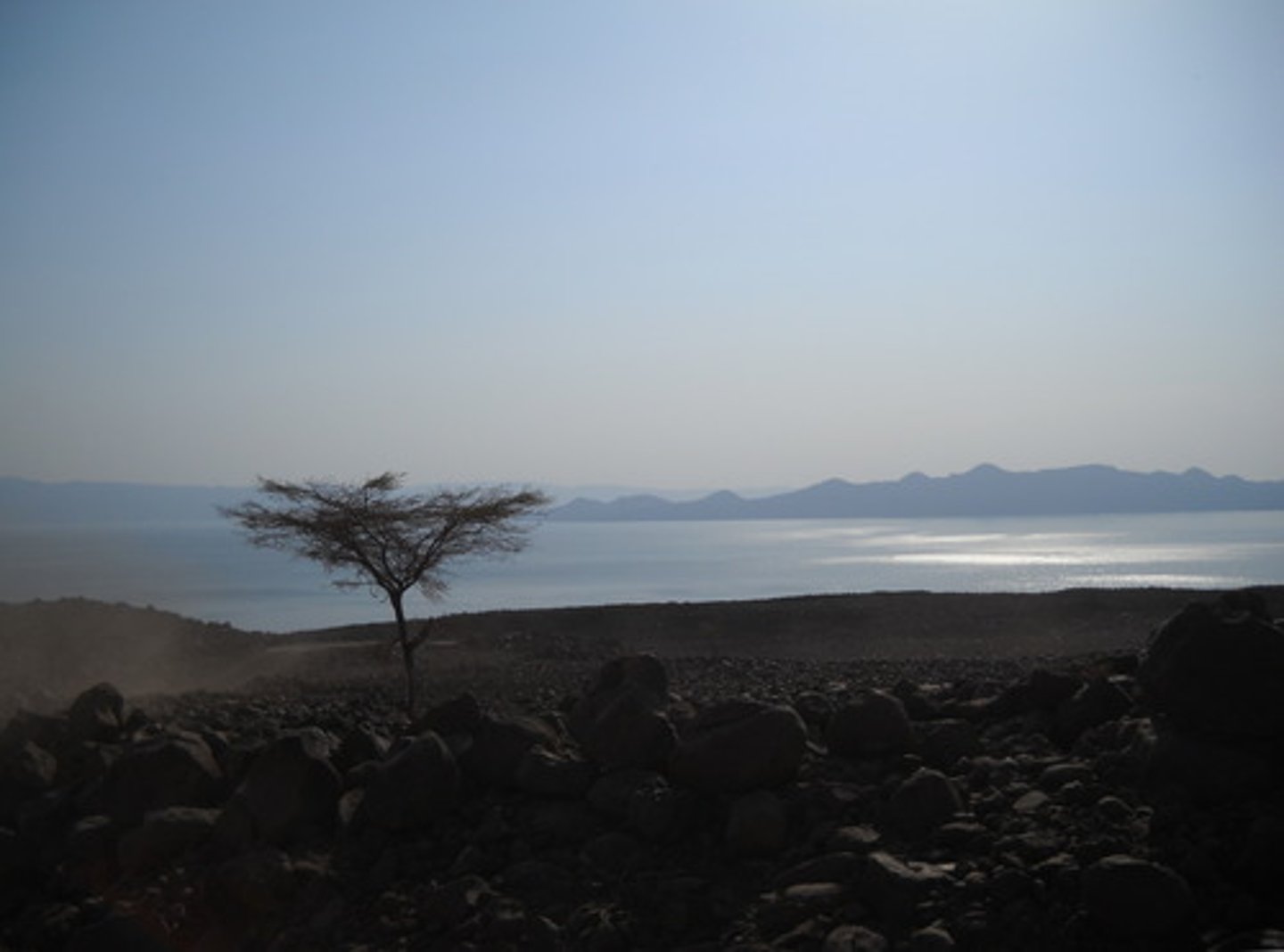
1.5 MYA - Koobi Fora, Kenya (Fact 2)
Site that (most likely) was the first place where Hominids discovered fire and that they were (most likely) Homo Erectus due to the tools and artifacts surrounding the rocks and bones found to be ones similar to those used by Homo Erectus despite there not being any fossils of Homo Erectus and only fossils of Paranthropus Boisei
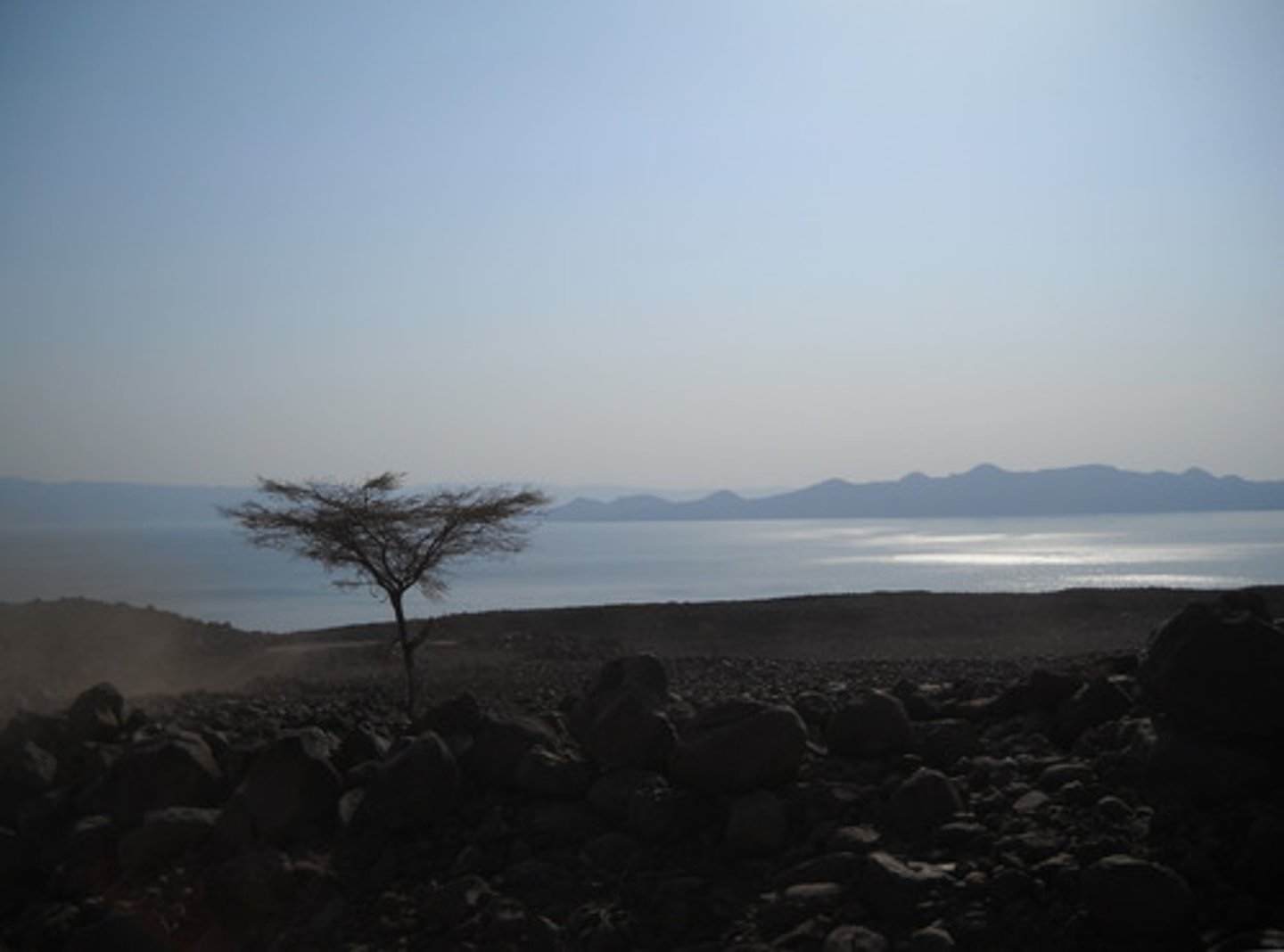
1 MYA - Wonderwerk Cave, South Africa (Fact 1)
Site in which archaeologists discovered burned bones, ashed plant remains, and the complex stone tools associated with the "Acheulean Toolkit" of Homo Erectus; and concluded Homo Erectus built fires there based on these findings around
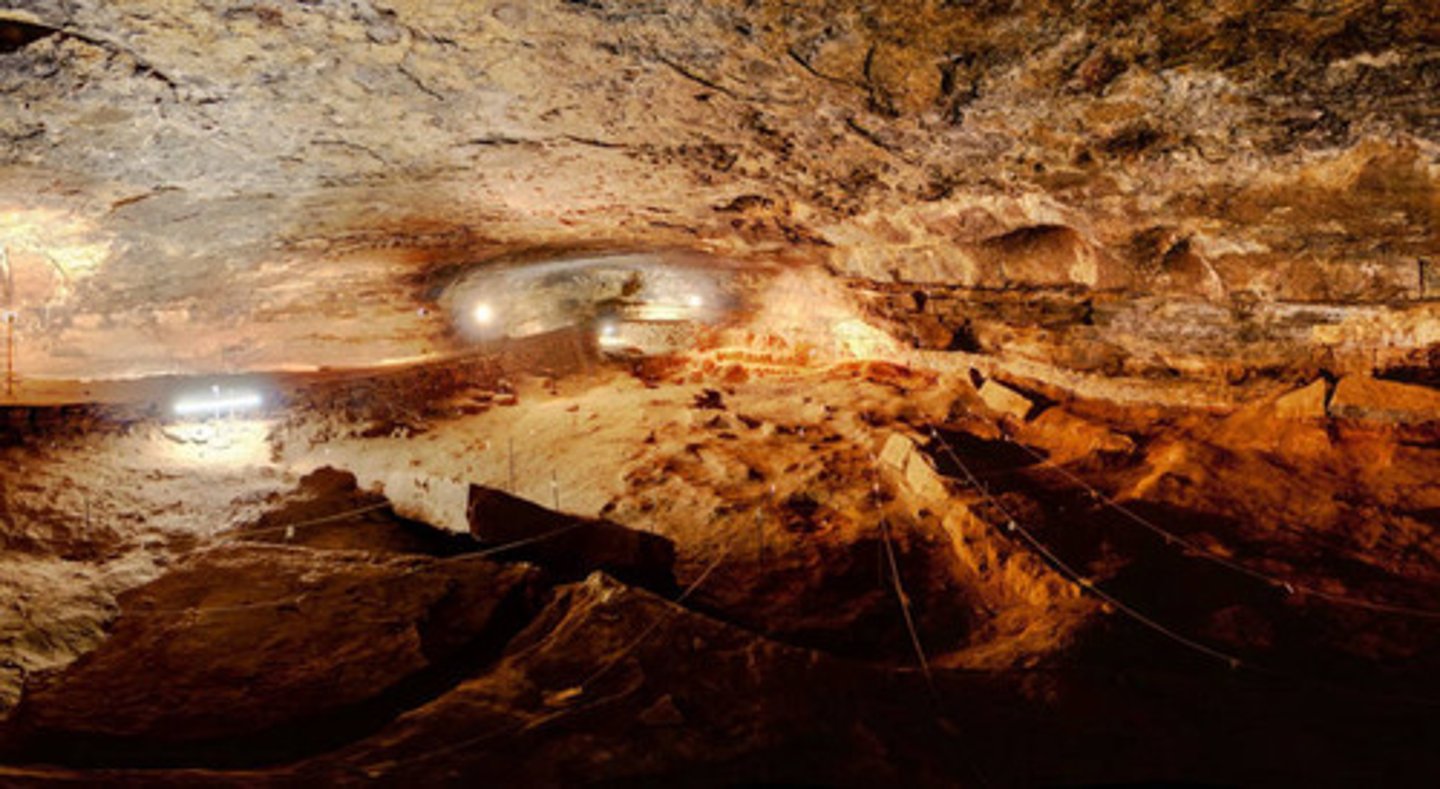
Gesher Benot Ya'aqov, Israel (Fact 1)
Site in which archaeologists discovered burned seeds, wood, and flint clustered together into "Phantom Hearths" that were dated at various different ages, suggesting that around such a time fire was already very prevalent and accessible despite there not being any fossils of Homo Erectus or any other Hominid for that matter
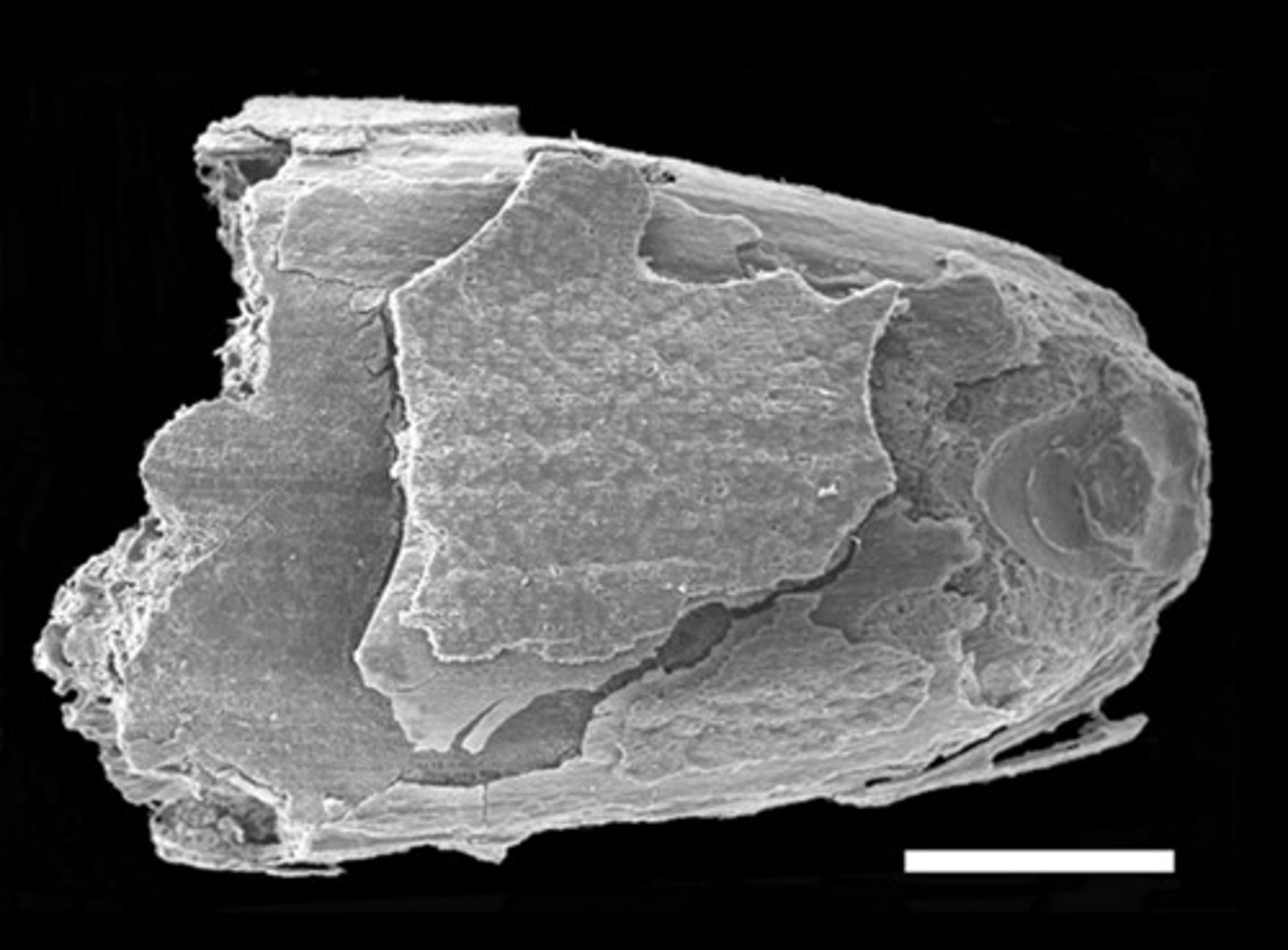
Gesher Benot Ya'aqov, Israel (Fact 2)
Site in which Homo Heidelbergensis lived at one time
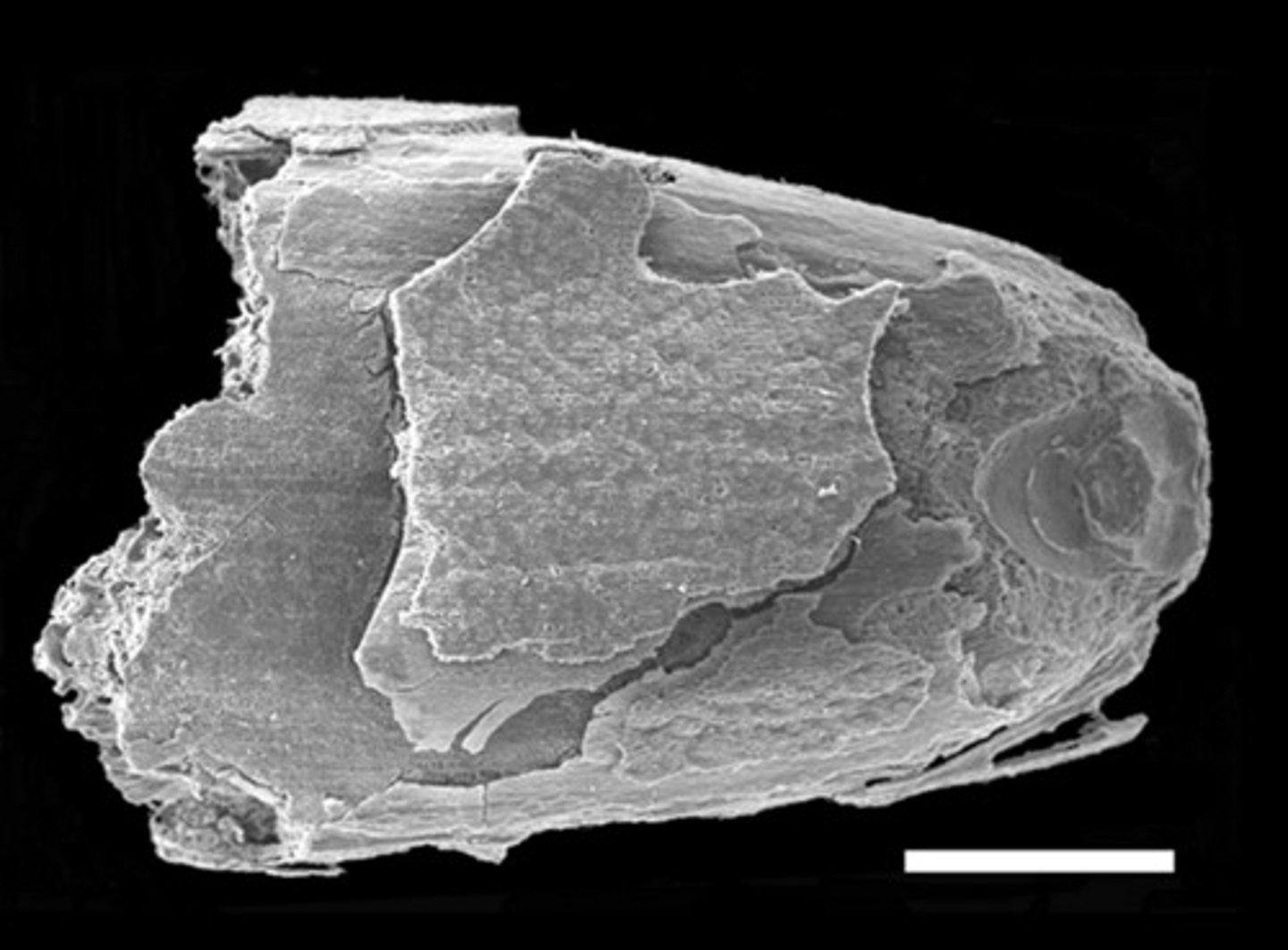
Qesem Cave, Israel (Fact 1)
Site in which archaeologists discovered a large, central Hearth that is considered to have been used repeatedly and which some considered was used to roast meat
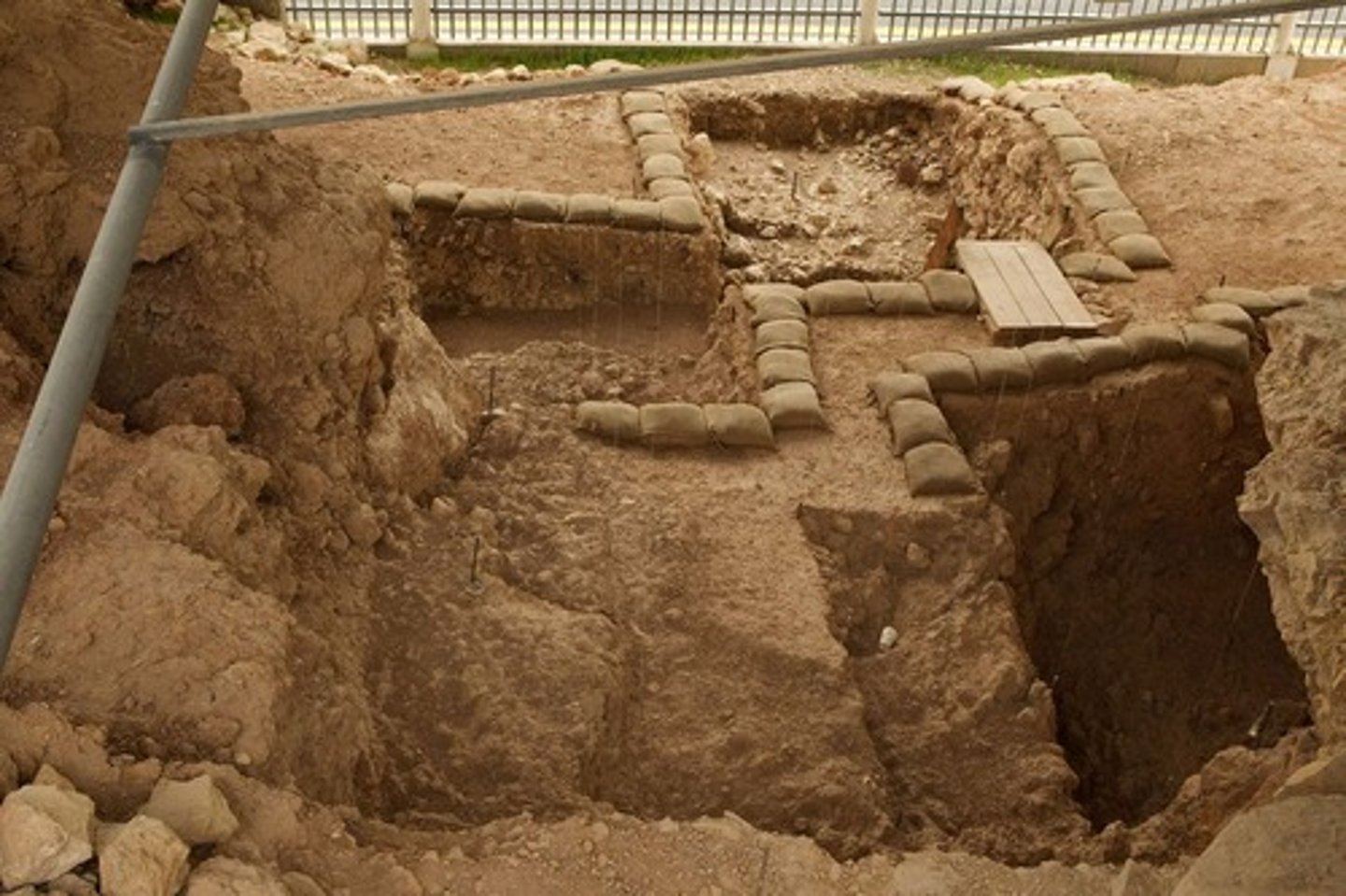
Qesem Cave, Israel (Fact 2)
Site in which archaeologists discovered burned teeth and bone fossils that resemble both Homo Sapiens and Homo Neanderthalensis
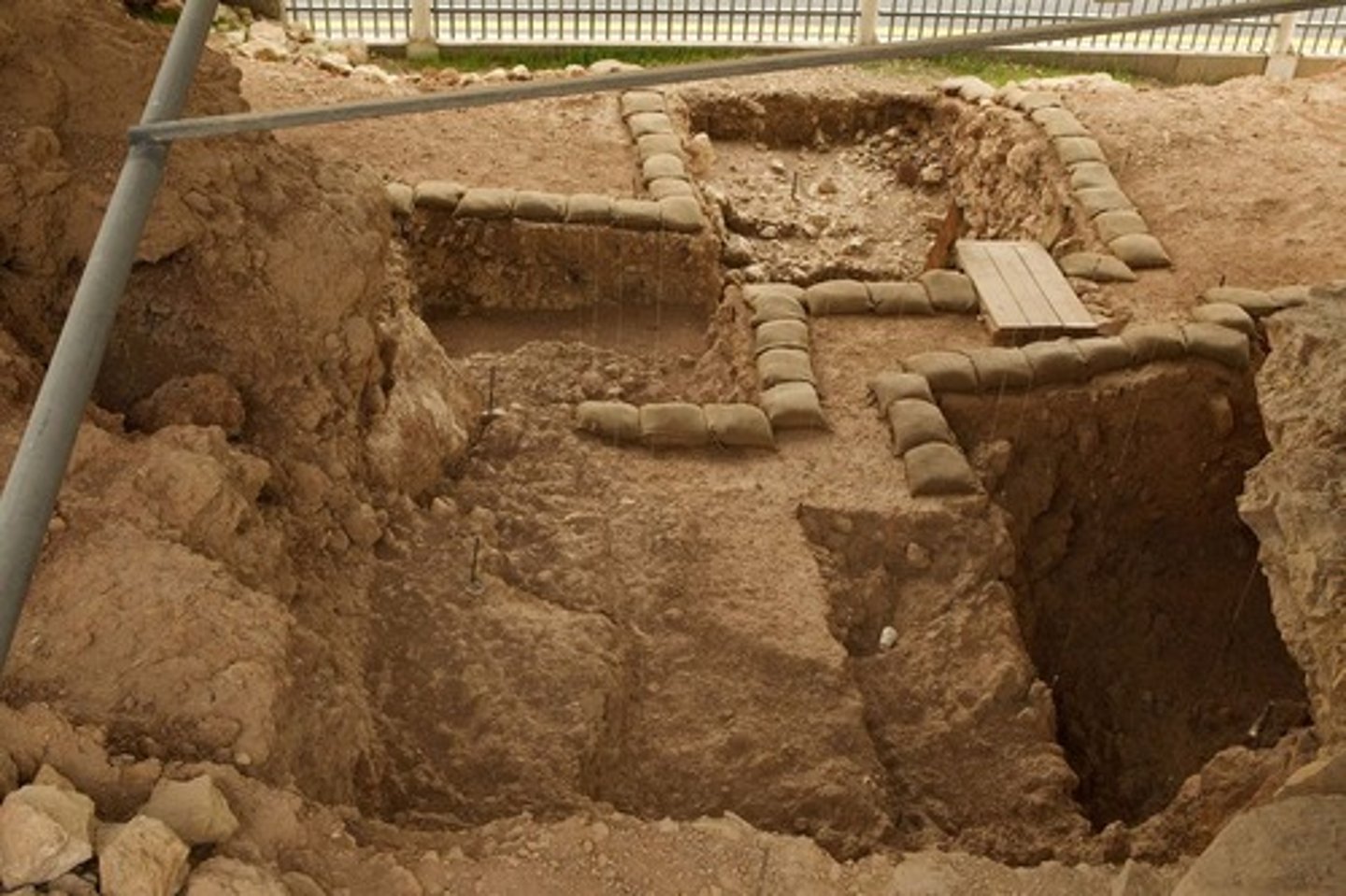
Laetoli, Tanzania (Fact 1)
Site in which archaeologists discovered footprints dated 3.6 Million years BCE made (most likely) by Australopithecus Afarensis
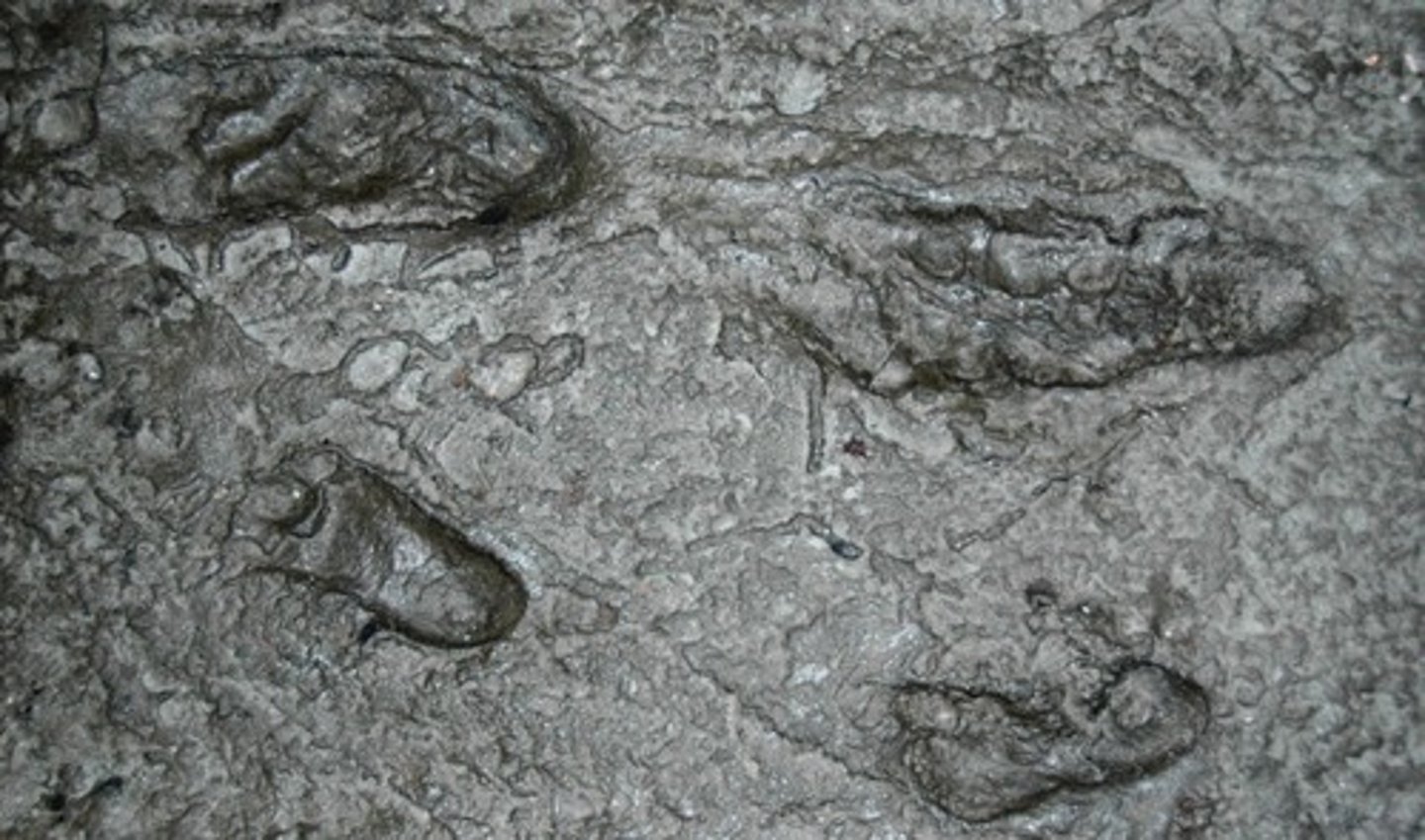
Laetoli, Tanzania (Fact 2)
Site in which archaeologists discovered that Early Hominids were already walking upright despite not having yet developed bigger brains because of how old the dated footprints were here thus suggesting humans first walked upright and then developed bigger brains afterwards
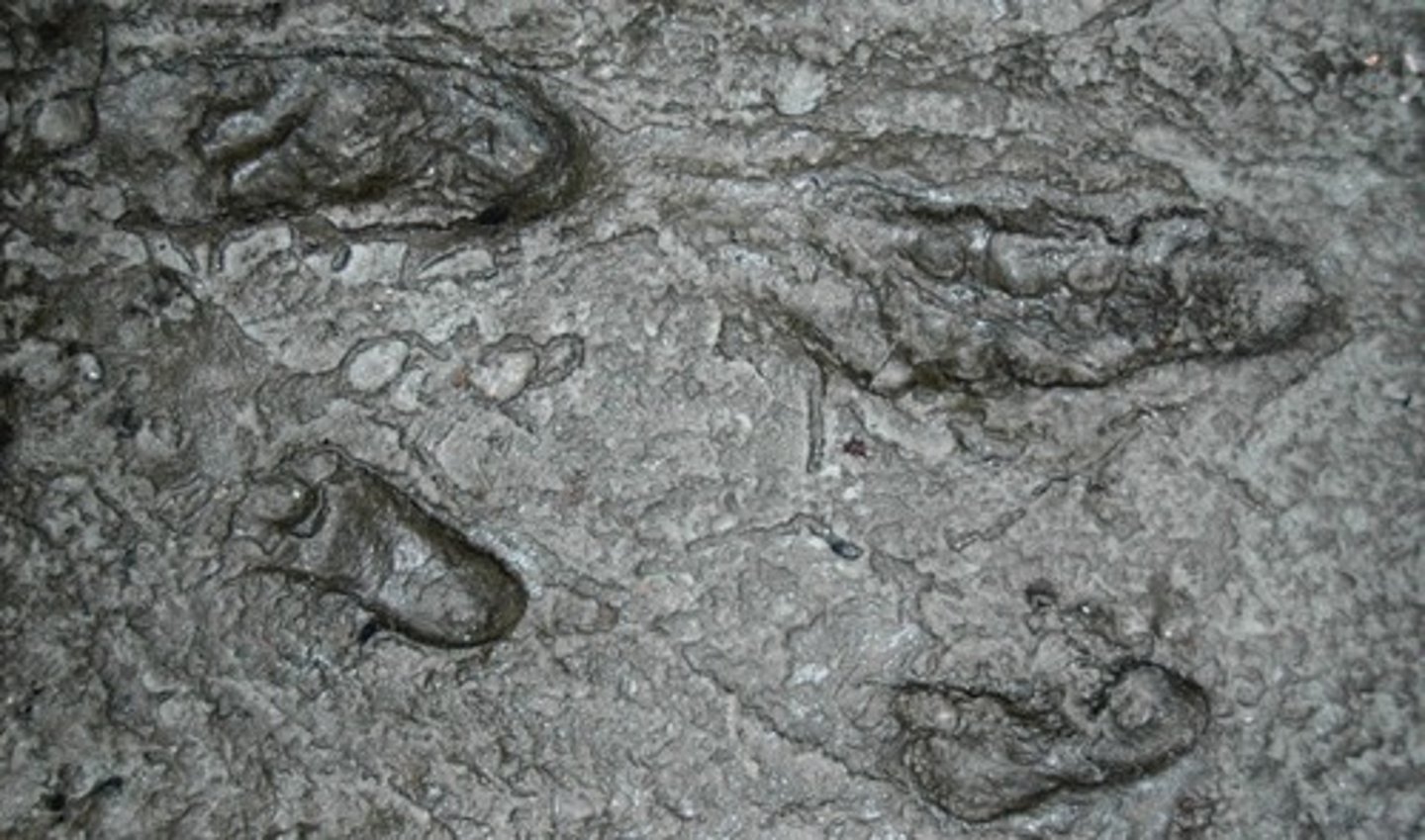
Hadar, Ethiopia (Fact 1)
Site in which archaeologists discovered stone tools dated 2.7 Million years BCE made (most likely) by Australopithecus Afarensis
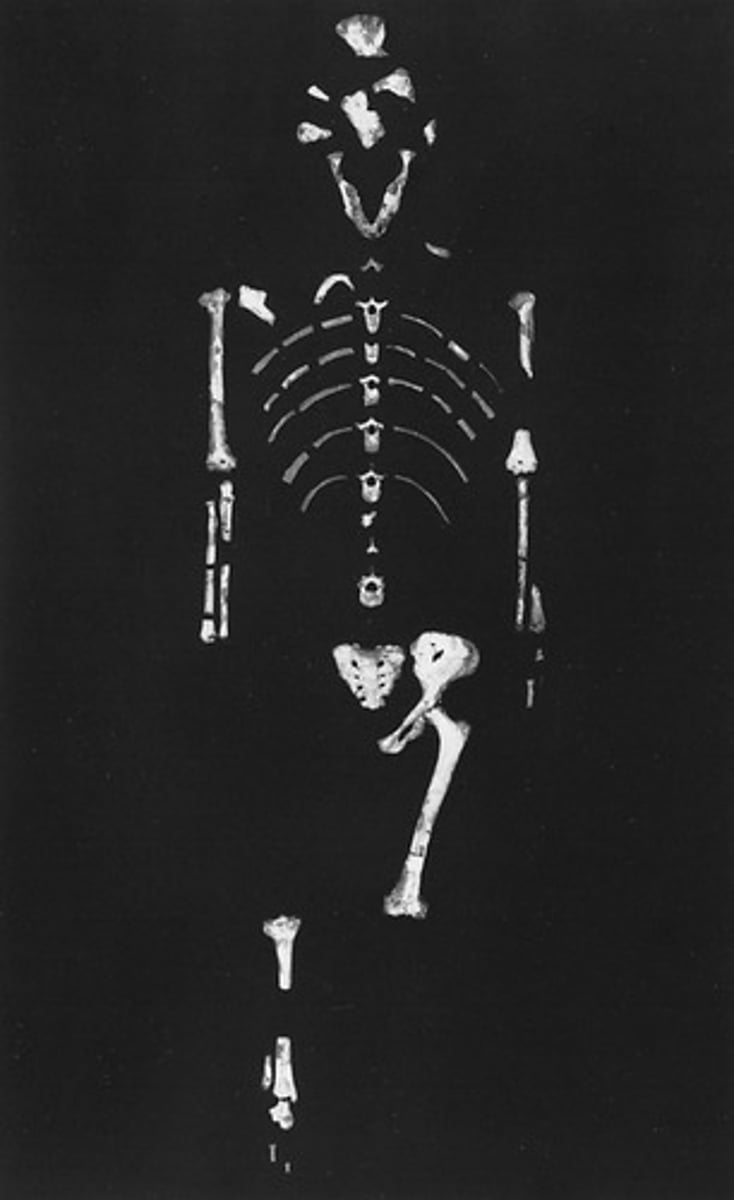
Omo Delta Region, Ethiopia (Fact 1)
Site in which archaeologists discovered Oldowan Tools or Oldowan stone tools dated 2 MYA made (most likely) by Homo Habilis
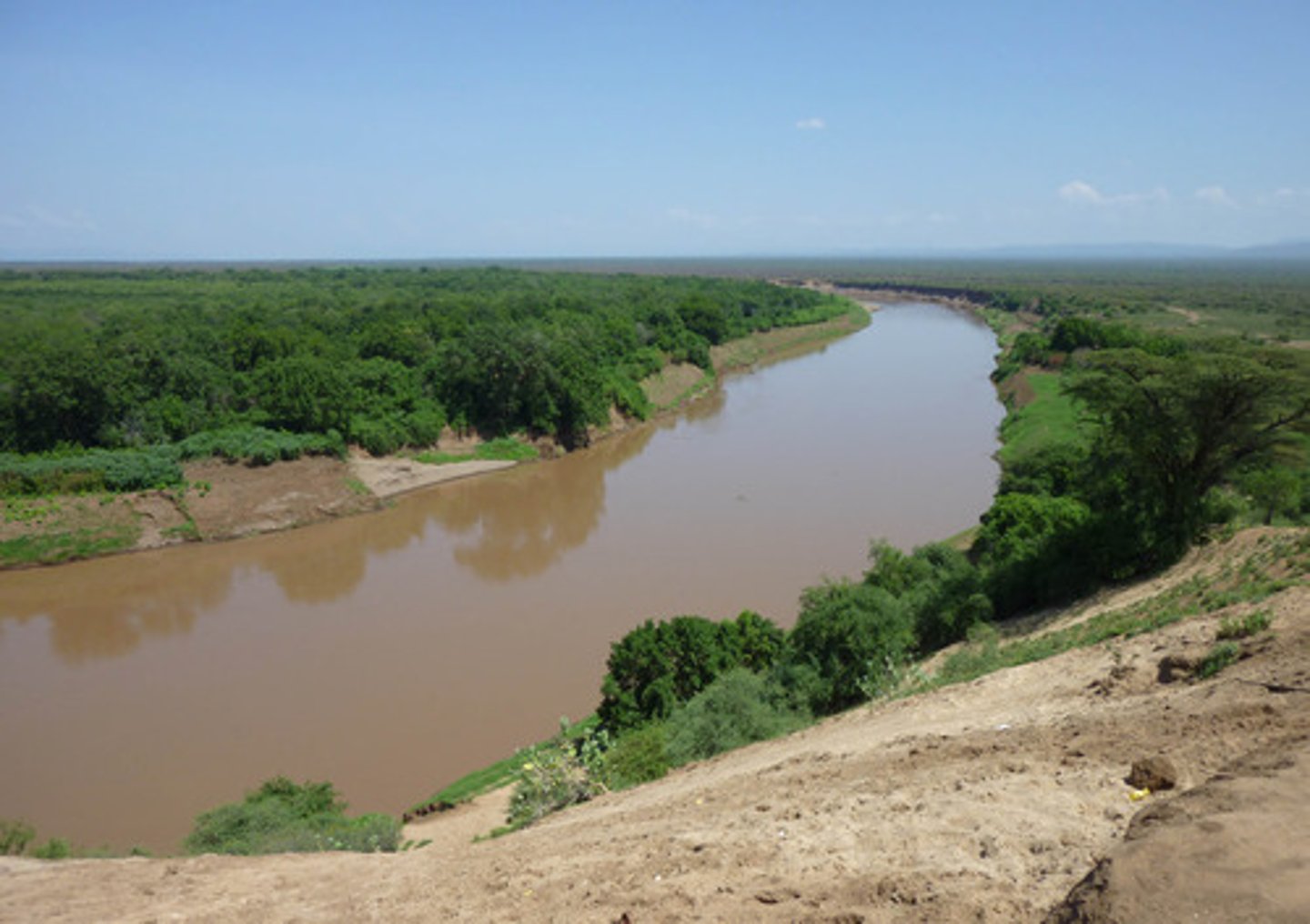
Gona, Awash River Valley, Ethiopia (Fact 1)
Site in which archaeologists discovered Oldowan Tools dated around 2.6 MYA made (most likely) by Homo Habilis, the oldest of the Oldowan Tools
Gona, Awash River Valley, Ethiopia (Fact 2)
Site in which archaeologists discovered Oldowan Tools alongside cut-marked bones indicating the tools were (most likely) used for meat-processing and/or meat-acquiring activities
Gona, Awash River Valley, Ethiopia (Fact 3)
Site in which archaeologists discovered Oldowan Tools, 70% of which were made with the same type of material, Trachyte, indicating there was a selectivity in raw material at the time given that there was a relatively diverse set of rocks at the time
Gona, Awash River Valley, Ethiopia (Fact 3)
Site in which archaeologists discovered a stone device, probably used for hunting and cutting up flesh, which consists of pieces of stone crudely chipped into the desired shapes from quartzite or basaltic lava
Jebel Irhoud, Morocco (Fact 1)
Site in which archaeologists discovered Homo Sapiens skulls dating 350,000 years BCE to 300,000 years BCE (or 315,000 years BCE) that resembled the faces and facial features of ancient humans for the first time such as small brow ridges, the oldest known Homo Sapiens fossils
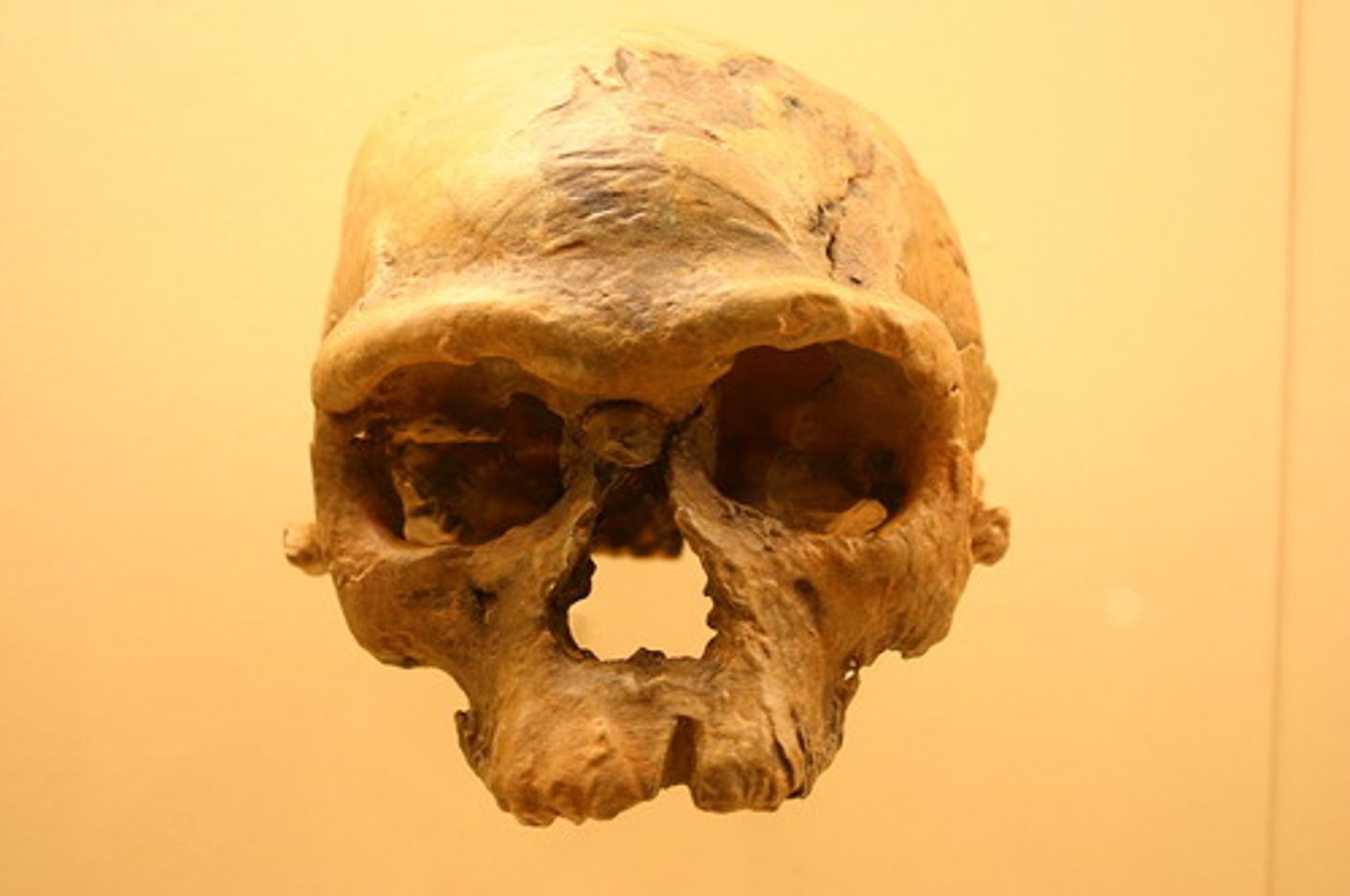
Jebel Irhoud, Morocco (Fact 2)
Site that archaeologically represents the start of the journey of ancient humans or Homo Sapiens from Africa to the rest of the world
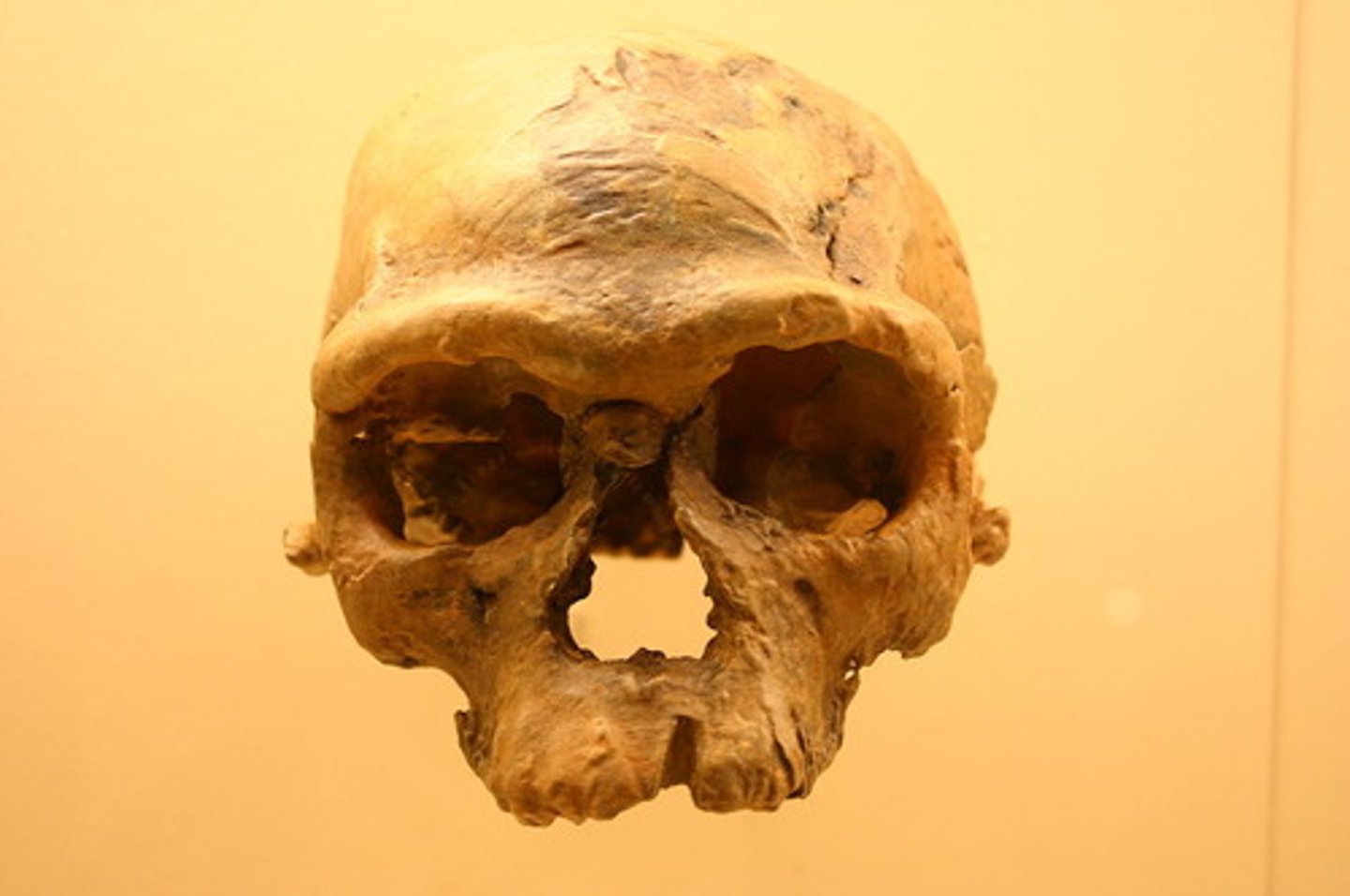
Jebel Irhoud, Morocco (Fact 3)
Site in which archaeologists discovered a skull, a part of another skull, a lower mandible (tooth) of a child, a humerus, and a hip bone
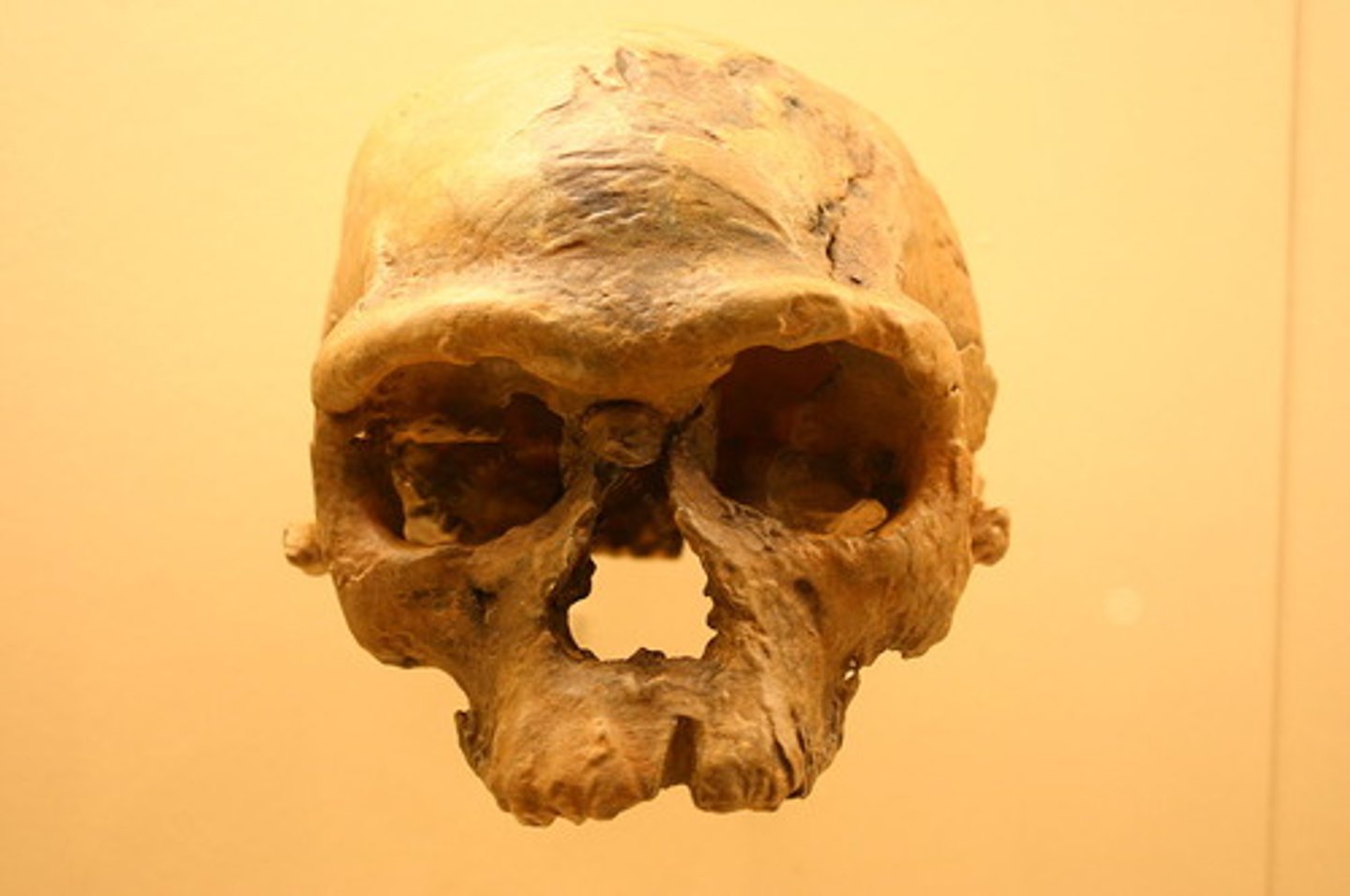
Jebel Irhoud, Morocco (Fact 4)
Site that contains the oldest known complete fossil of Homo Sapiens
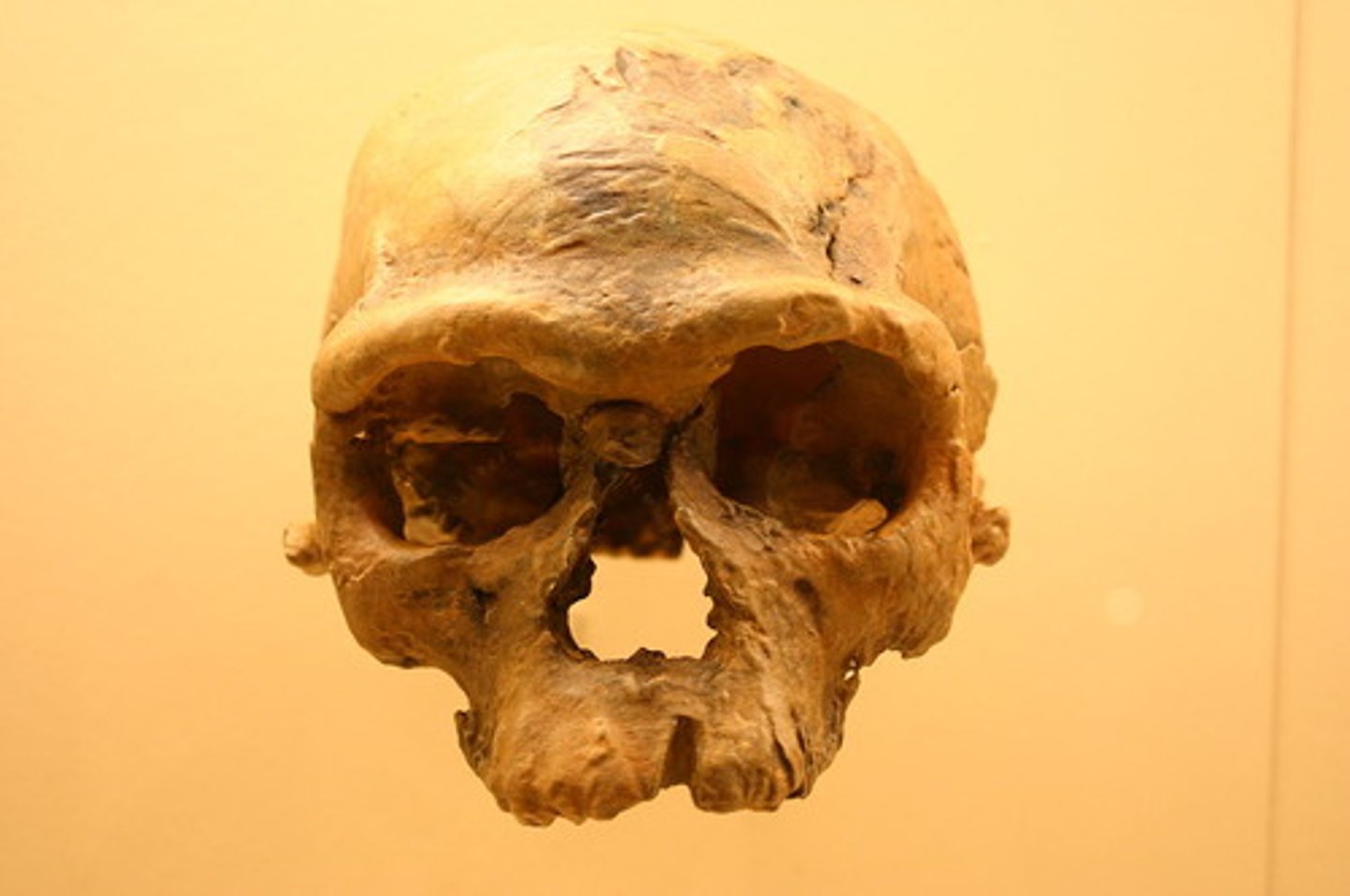
Florisbad, South Africa (Fact 1)
Site in which archaeologists discovered either Homo Helmei, Homo Heidelbergensis, or extremely early Homo Sapiens skulls dated around 260 KYA
Florisbad, South Africa (Fact 2)
Site that contains the second oldest known complete fossil of Homo Sapiens in Africa
Omo Kibish, Ethiopia (Fact 1)
Site in which archaeologists discovered skulls dated around 195,000 years BCE that somewhat resembled the faces and facial features of Homo Sapiens or modern humans
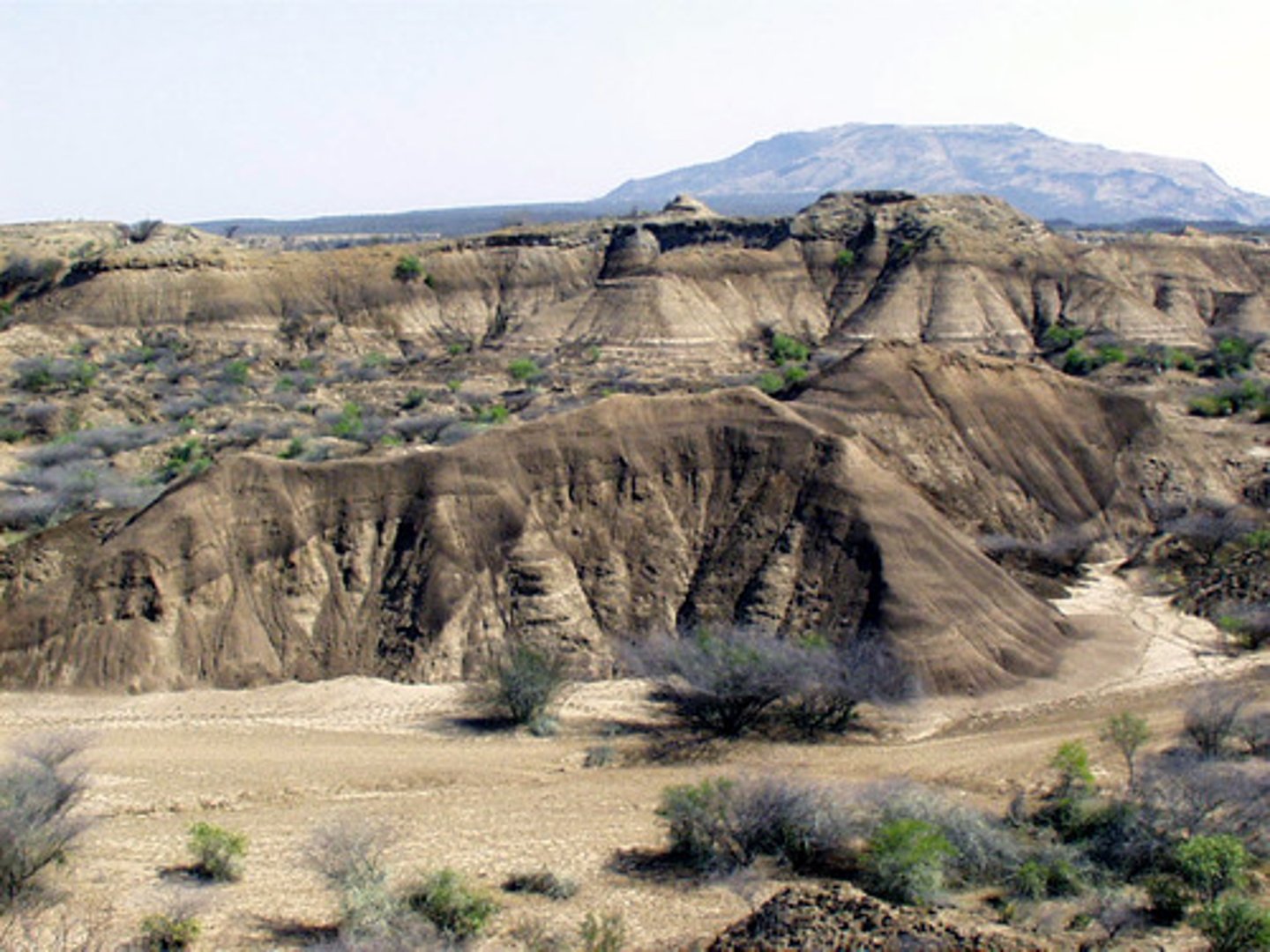
Omo Kibish, Ethiopia (Fact 2)
Site in which archaeologists discovered skulls having the same size brain casings but also having opposing features such as heavy brow ridges
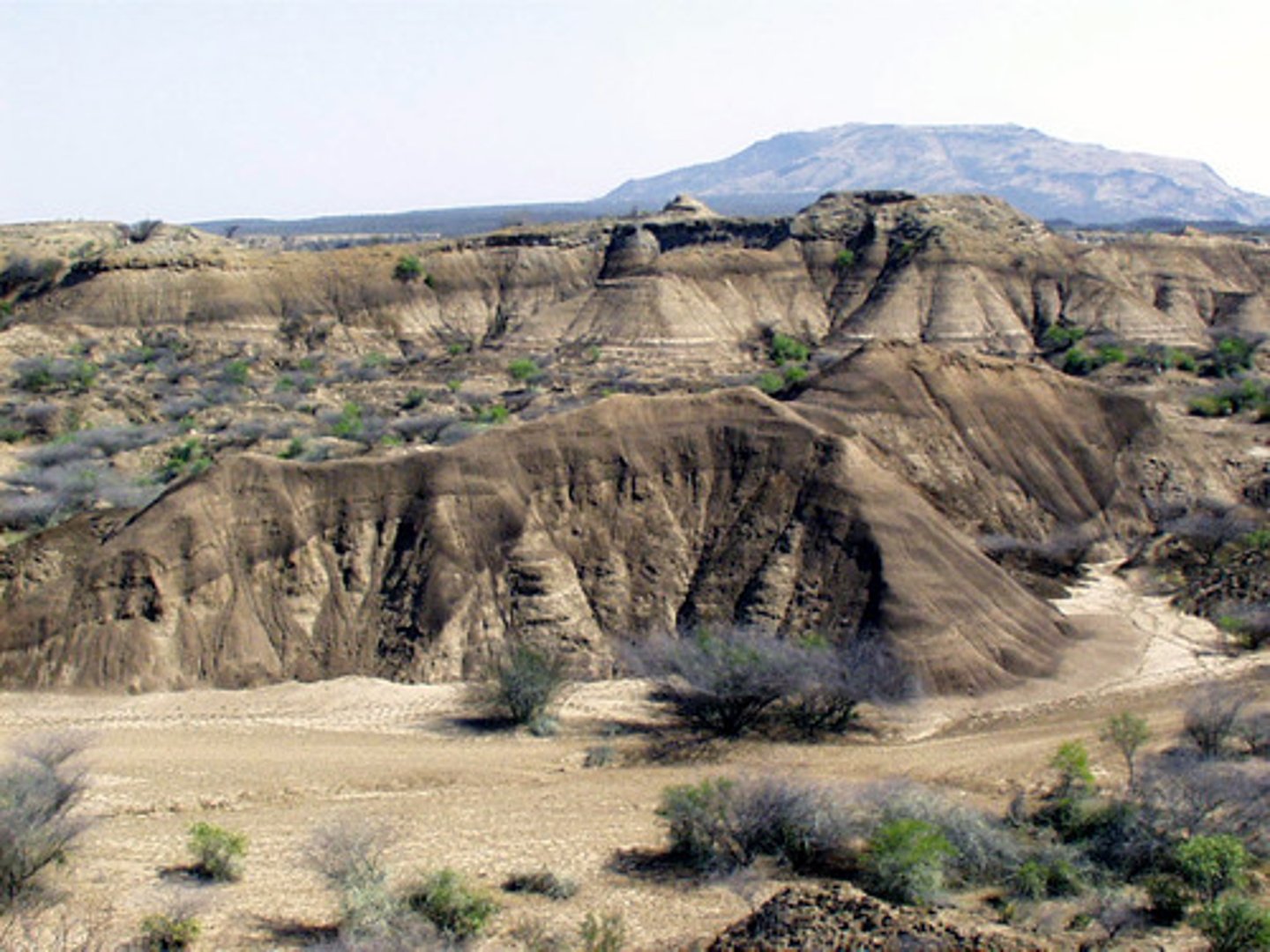
Omo Kibish, Ethiopia (Fact 3)
Site that contains the third oldest complete fossil of Homo Sapiens (the namesake I skull) and second oldest incomplete fossil of Homo Sapiens (the namesake II skull)
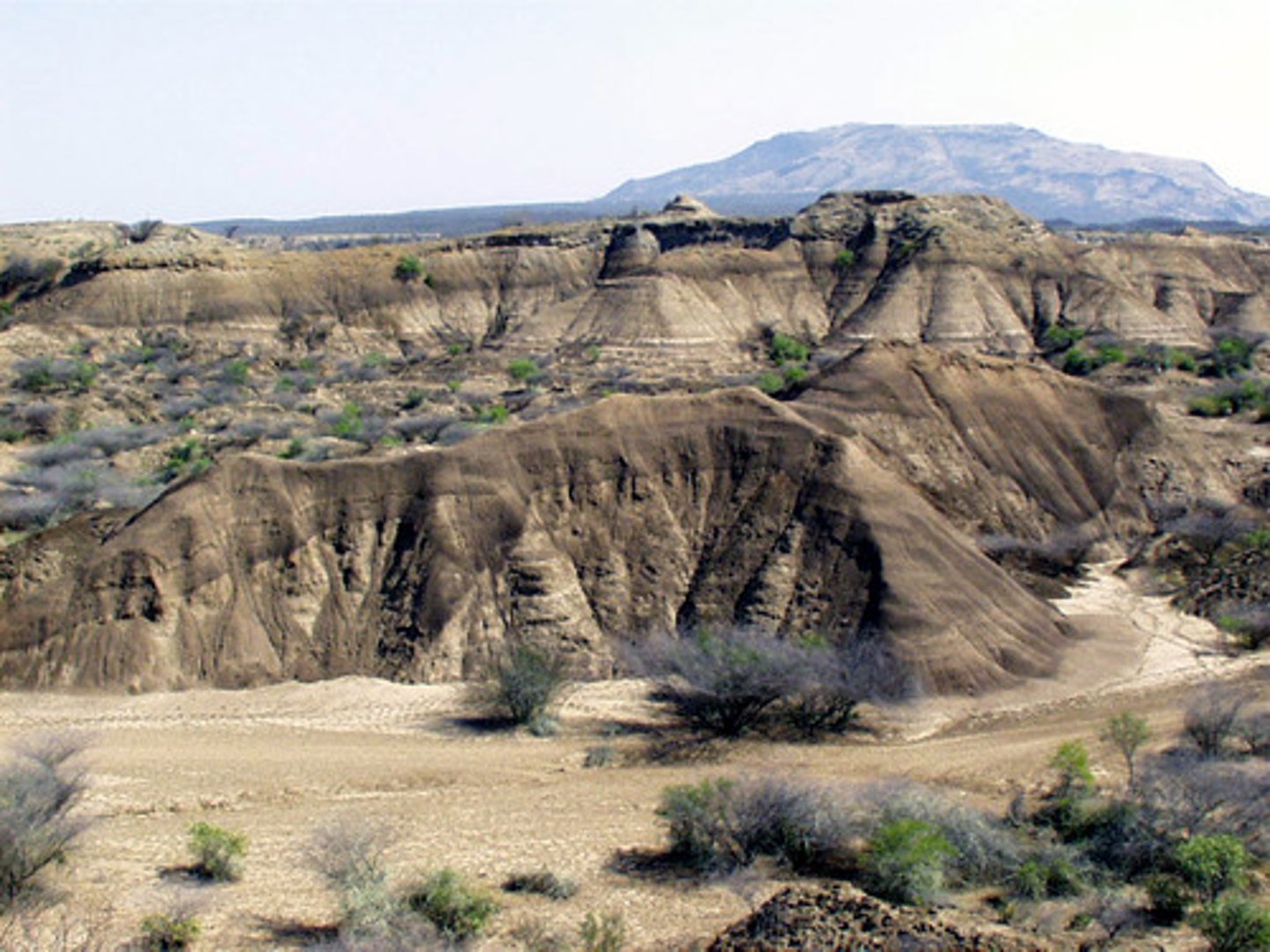
Herto, Ethiopia (Fact 1)
Site in which archaeologists discovered skulls of Homo Sapiens Idaltu dated around 165,000 years BCE
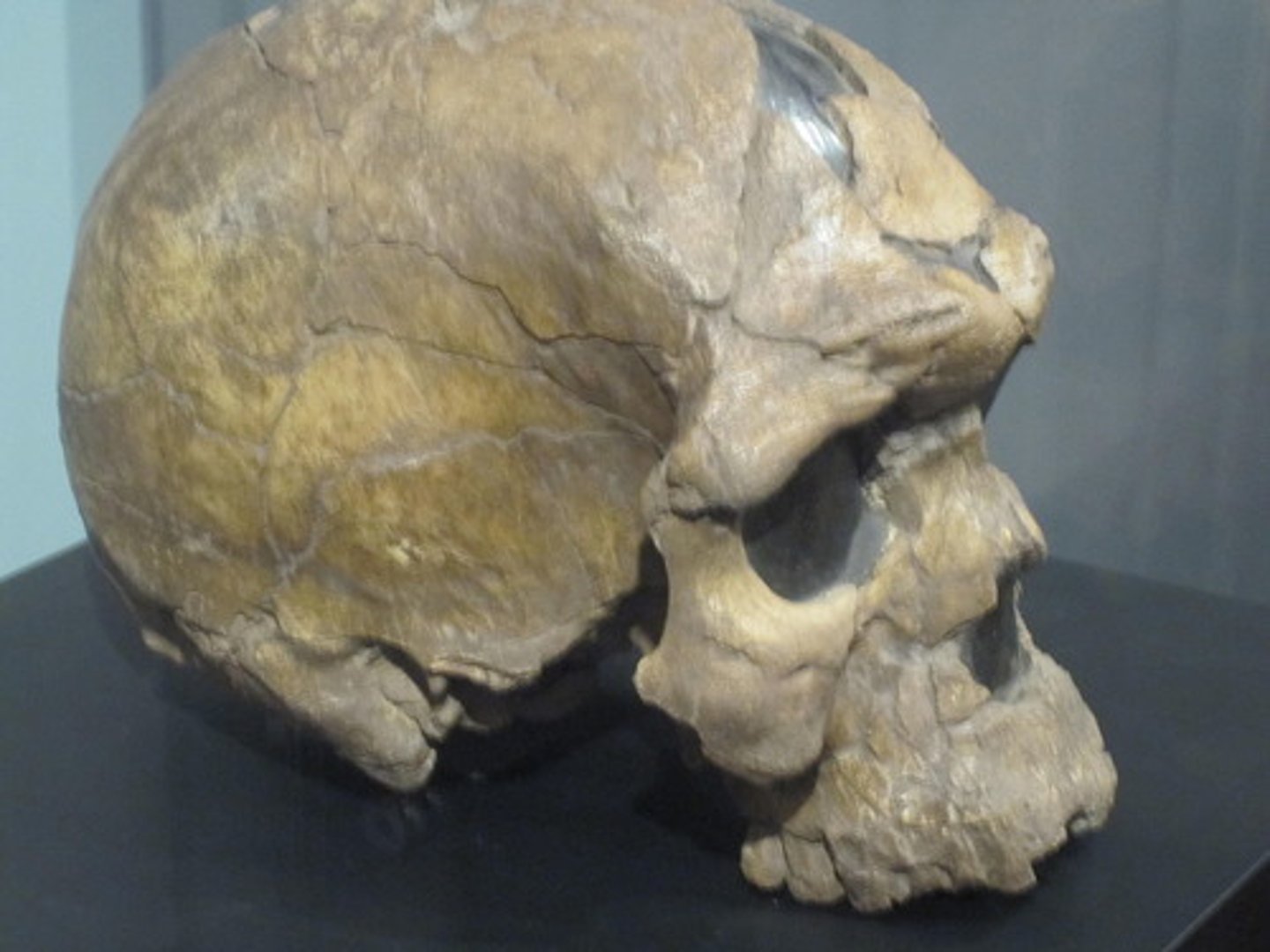
Herto, Ethiopia (Fact 2)
Site in which archaeologists discovered skulls having the same size brain casings but also having opposing features such as heavy brow ridges, they had both ancient (early Homo Sapiens) and modern human (Homo Sapiens Sapiens) facial features
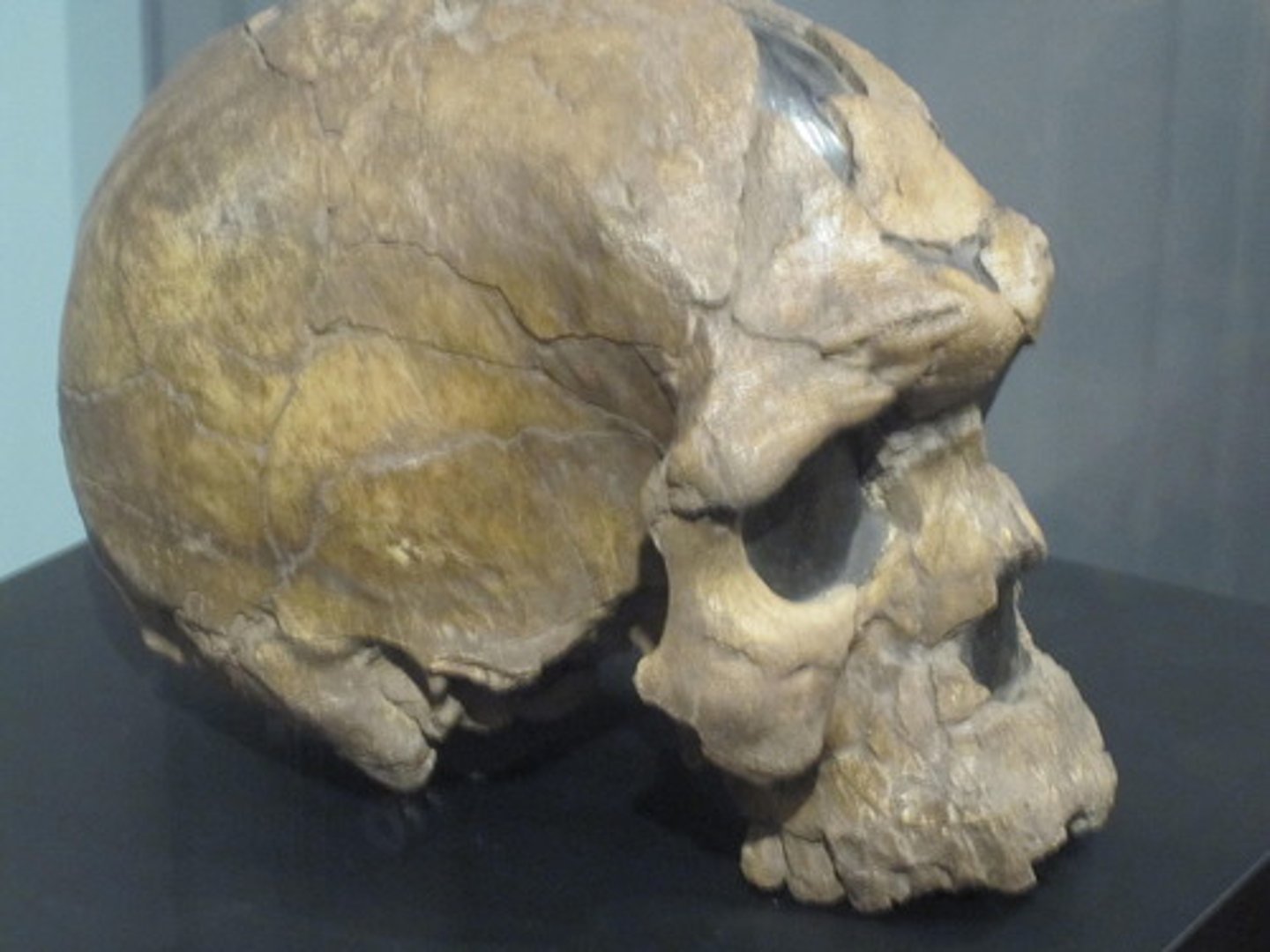
Herto, Ethiopia (Fact 3)
Site in which archaeologists discovered what is now known as Homo Sapiens Idaltu, it is the latest by which pre-Homo Sapiens Sapiens lived at one time
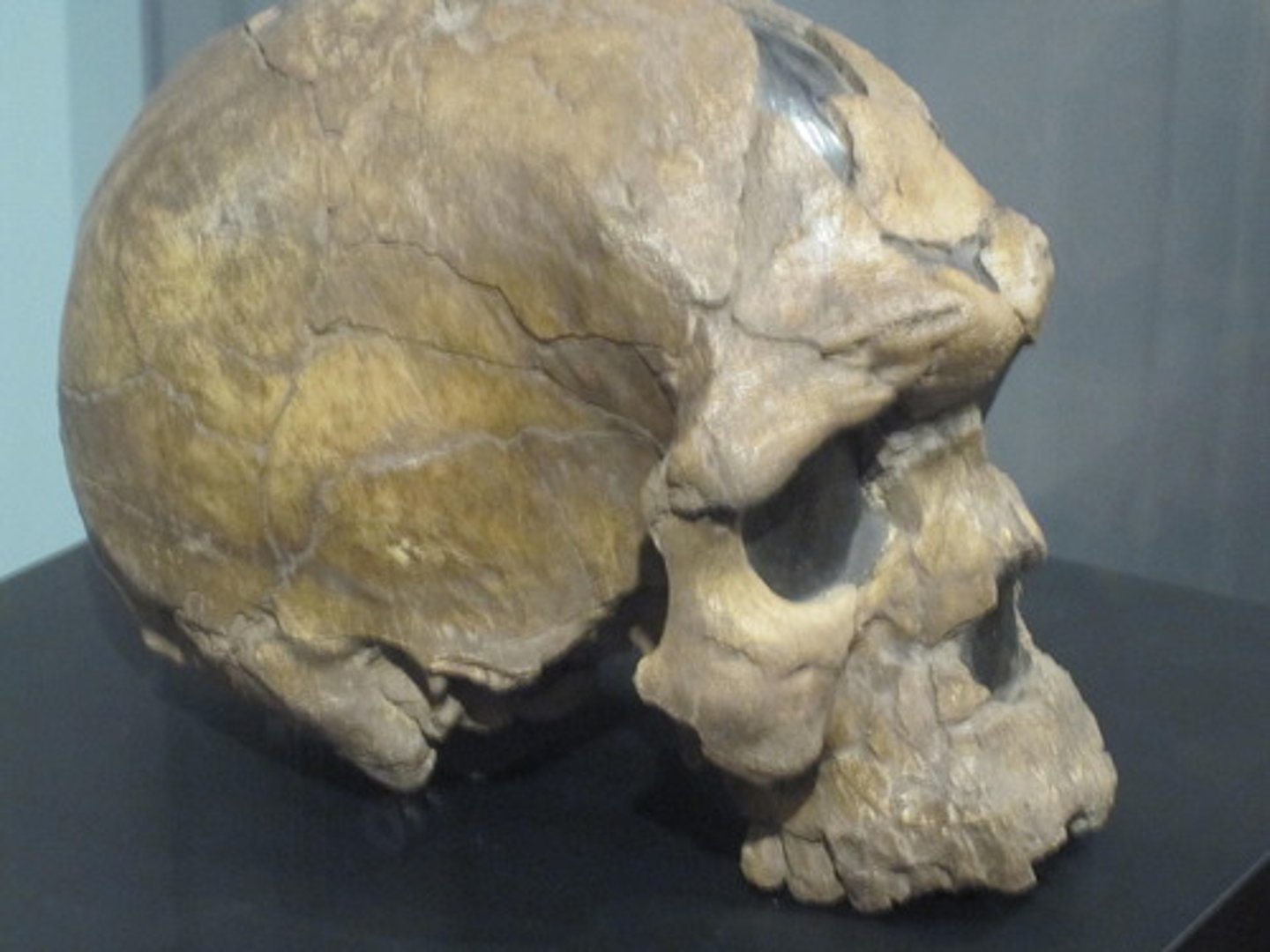
Misliya Cave, Israel (Fact 1)
Site in which archaeologists discovered half of an upper jaw (Maxilla) of Homo Sapiens teeth along with evidence of Hearths and Stone Tools dated around 194,000 - 190,000 years BCE to 177,000 years BCE
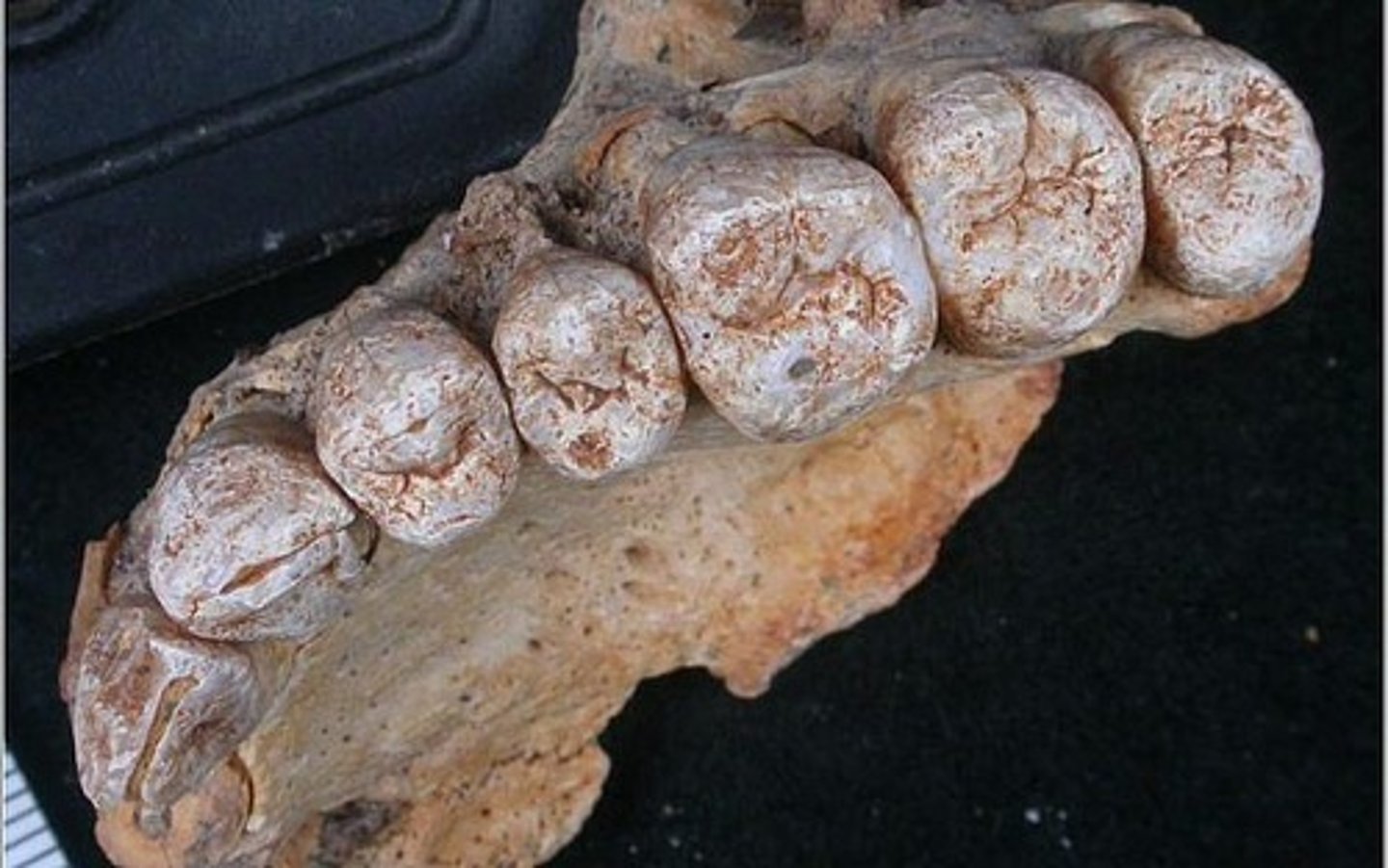
Misliya Cave, Israel (Fact 2)
Site that contains the oldest known complete fossil of early Homo Sapiens outside of Africa
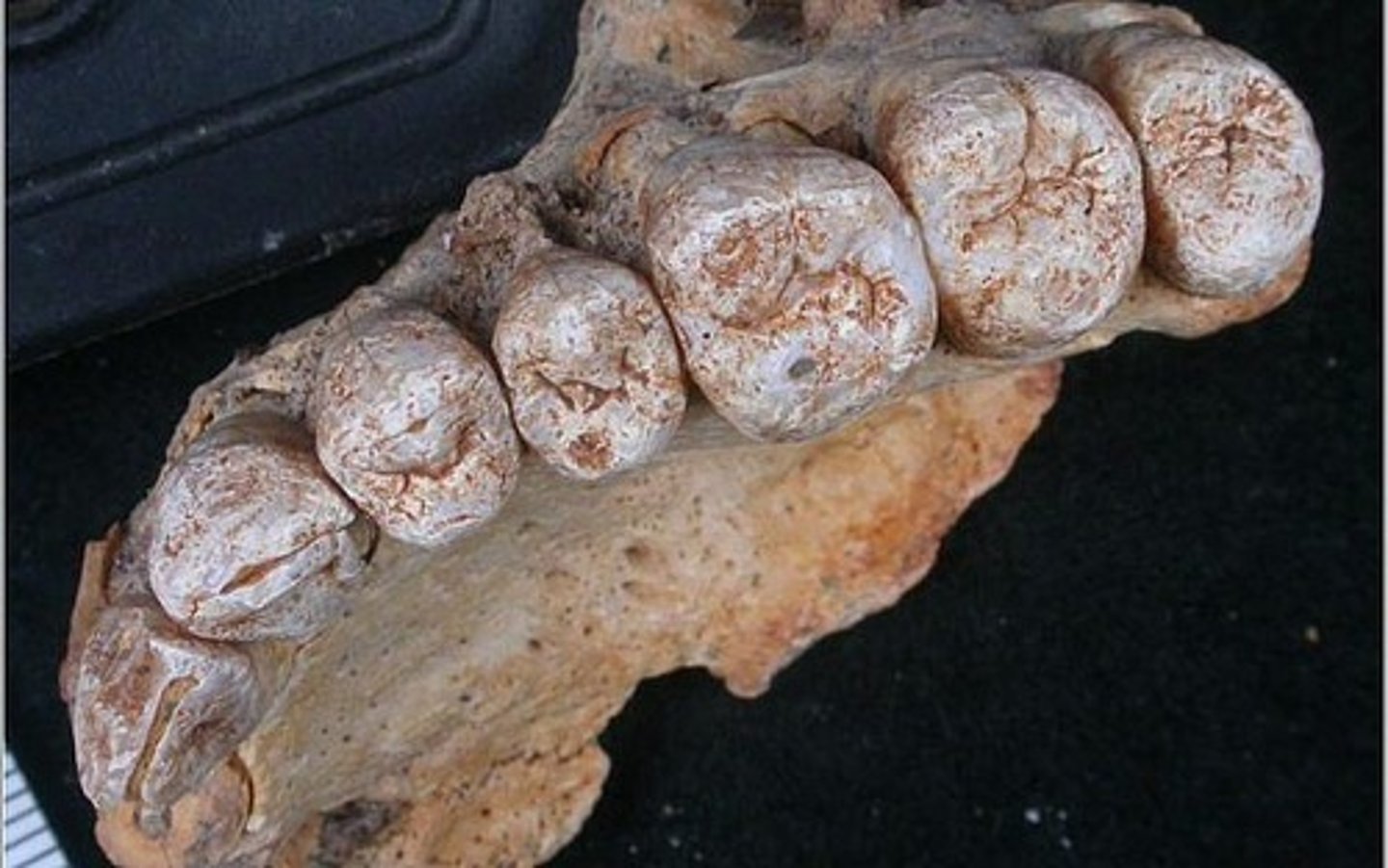
Apidimia Cave, Greece (Fact 1)
Site in which archaeologists discovered a skull of potentially mixed features belonging to that of ancient and modern humans or Homo Sapiens (or perhaps an earlier species) dated around 210,000 years BCE
Apidimia Cave, Greece (Fact 2)
Site in which archaeologists discovered a skull of Homo Sapiens Neanderthalensis dated around 170,000 years BCE
Apidimia Cave, Greece (Fact 3)
Site that contains the oldest known incomplete fossil of early Homo Sapiens outside of Africa
Apidimia Cave, Greece (Fact 4)
Site that contains the oldest known incomplete fossil of Homo Sapiens Neanderthalensis in Europe
Skhul Cave, Israel (Fact 1)
Site in which archaeologists discovered the apparently intentionally buried remains of 10 adult Homo Sapiens or modern humans dated between 135,000 years BCE and 100,000 years BCE
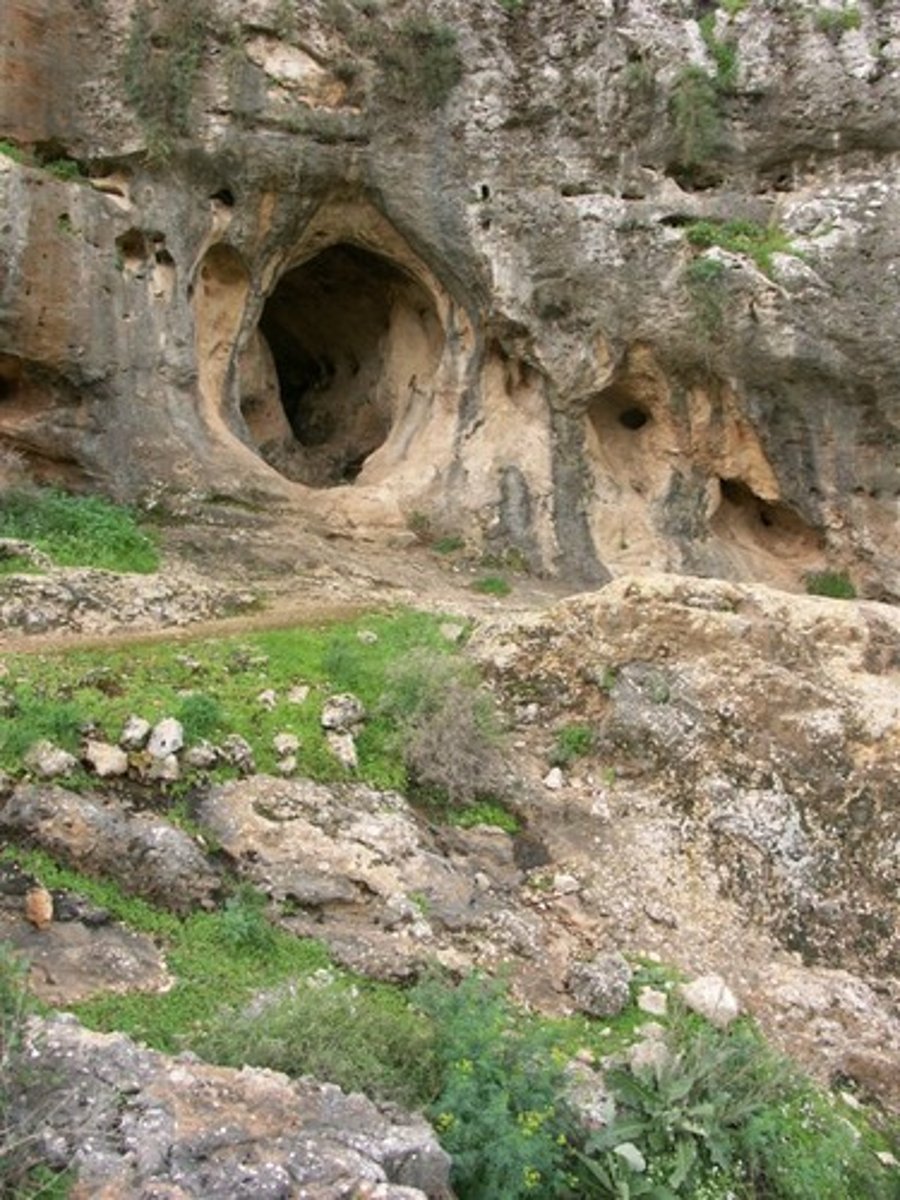
Skhul Cave, Israel (Fact 2)
Site in which archaeologists discovered the first Homo Sapiens Sapiens, or anatomically modern humans, outside of Africa
Luna Cave, China (Fact 1)
Site in which archaeologists discovered two teeth, one of which is definitely a Homo Sapiens tooth dated between 127,000 years BCE and 70,000 BCE
Fuyan Cave, China (Fact 1)
Site in which archaeologists discovered 47 teeth, all of which are definitely Homo Sapiens teeth dated between 120,000 years BCE and 80,000 years BCE
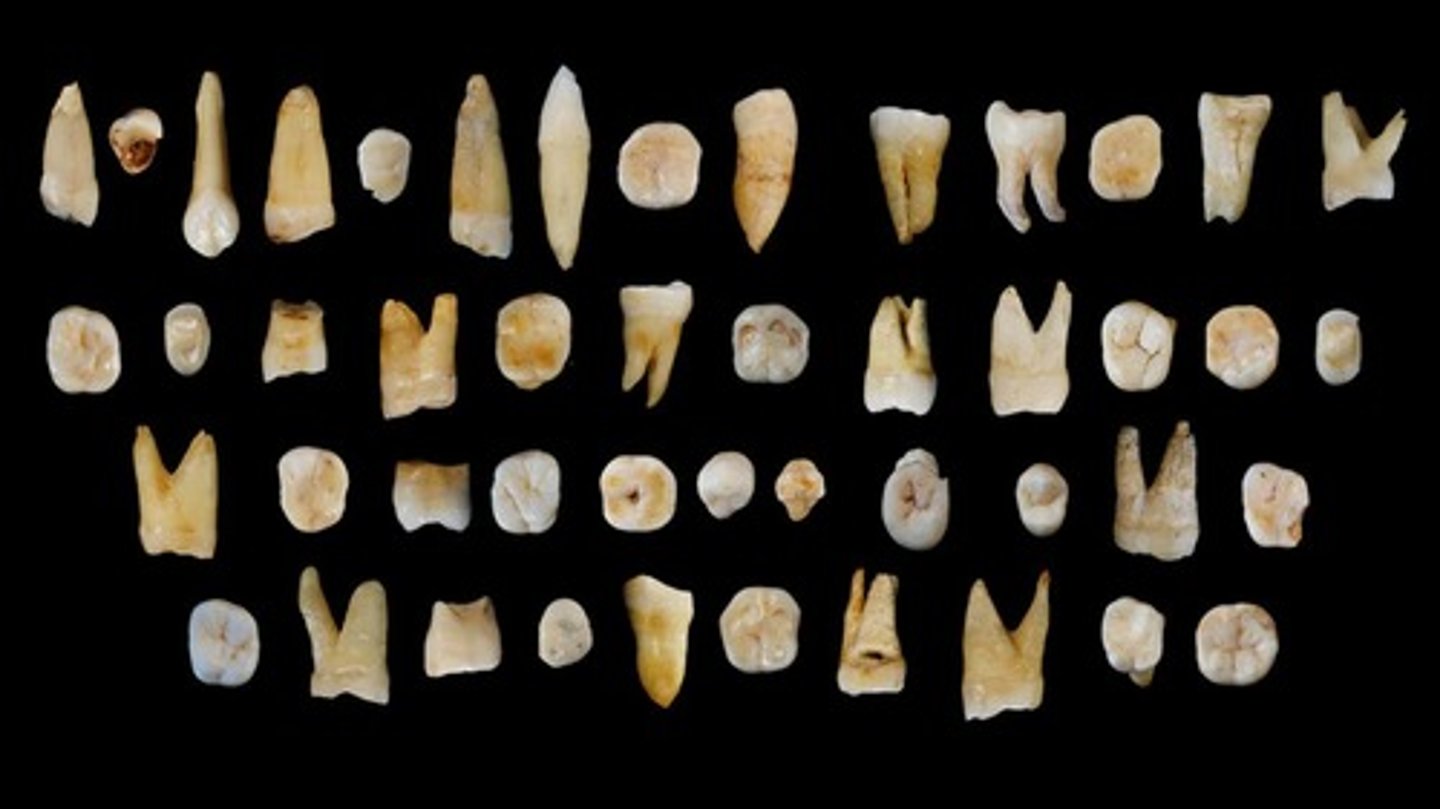
Lida Ajer, Indonesia (Fact 1)
Site in which archaeologists discovered teeth, all of which are definitely Homo Sapiens teeth dated between 73,000 years BCE and 63,000 years BCE
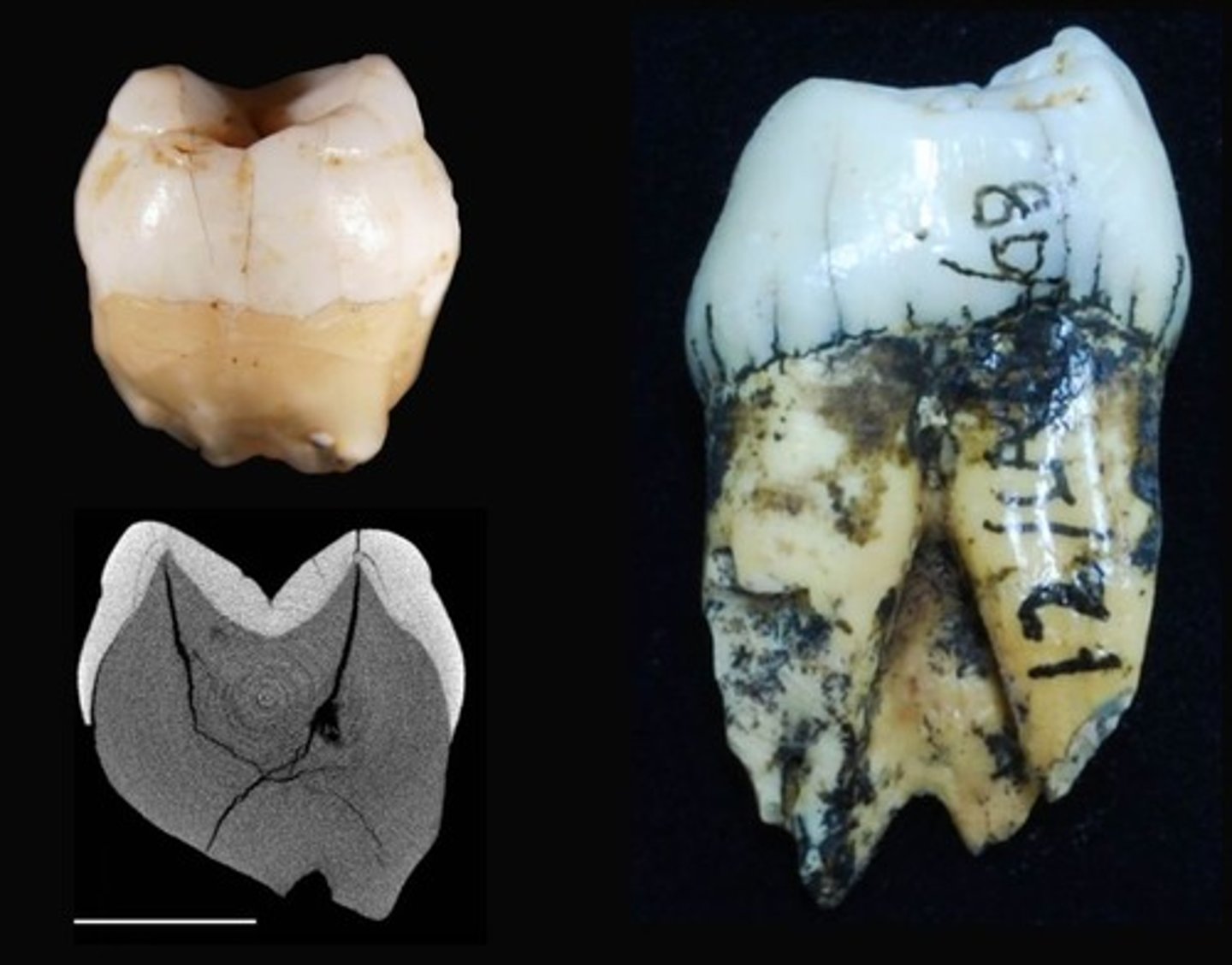
Lida Ajer, Indonesia (Fact 2)
Site that represents the earliest occupation of a rainforest by modern humans or Homo Sapiens demonstrating the ability for Homo Sapiens to adapt to their environment
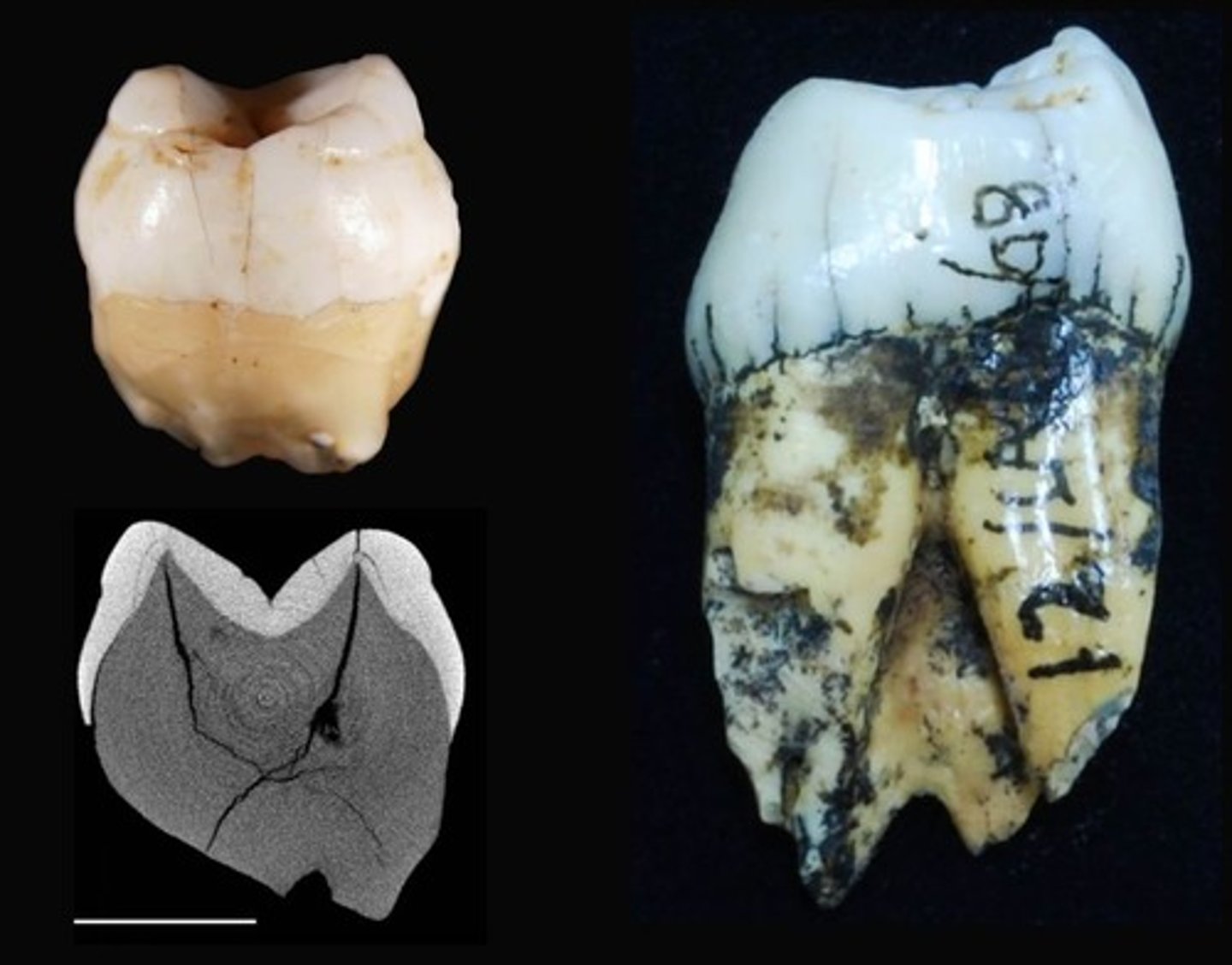
Madjedbebe, Australia (Fact 1)
Site in which archaeologists discovered stone tools and animal remains definitely associated with Homo Sapiens or modern humans dated between 60,000 years BCE and 50,000 years BCE
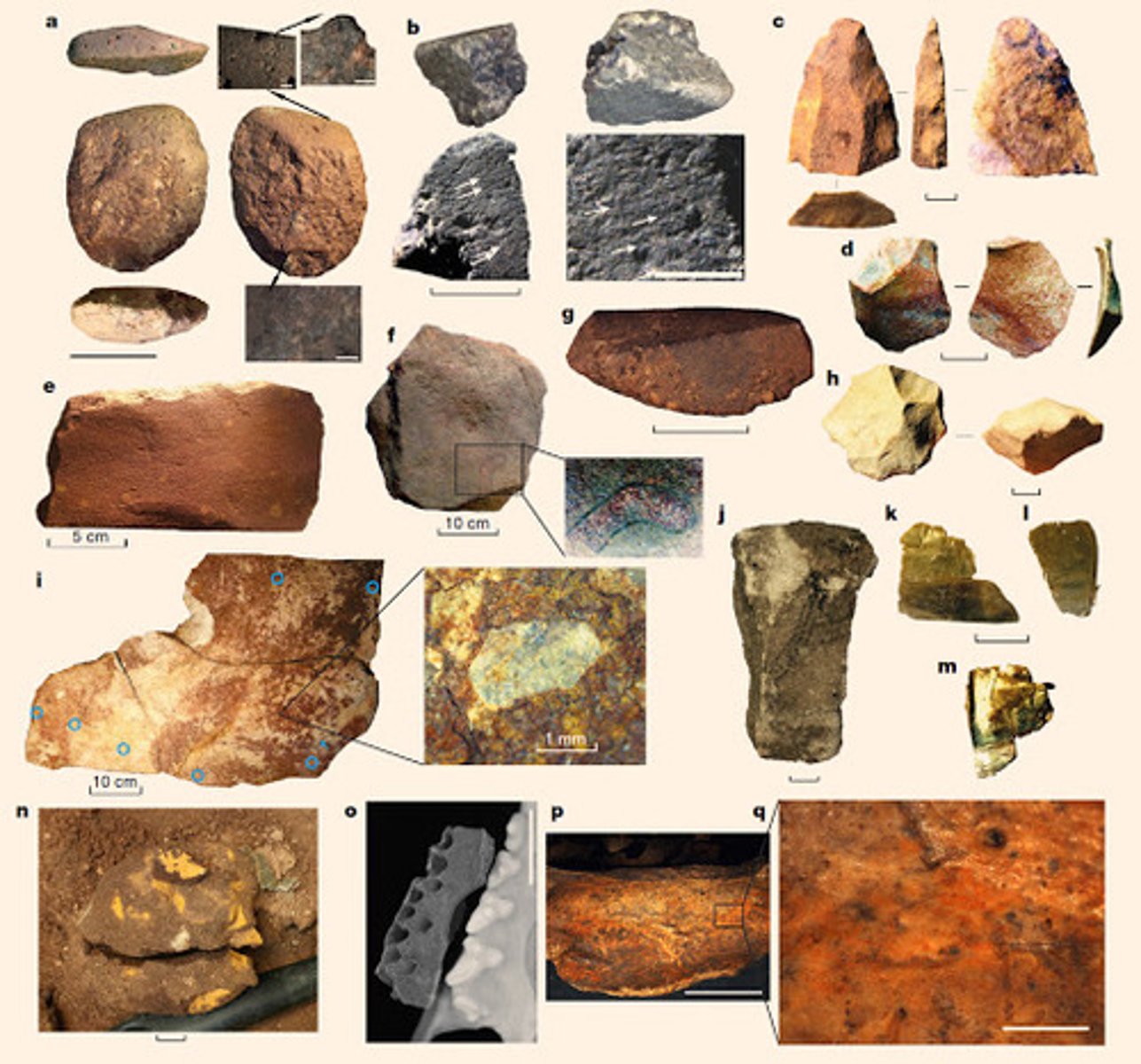
Grotta del Cavallo, Italy (Fact 1)
Site in which archaeologists discovered a Homo Sapiens tooth dated around 43,000 years ago
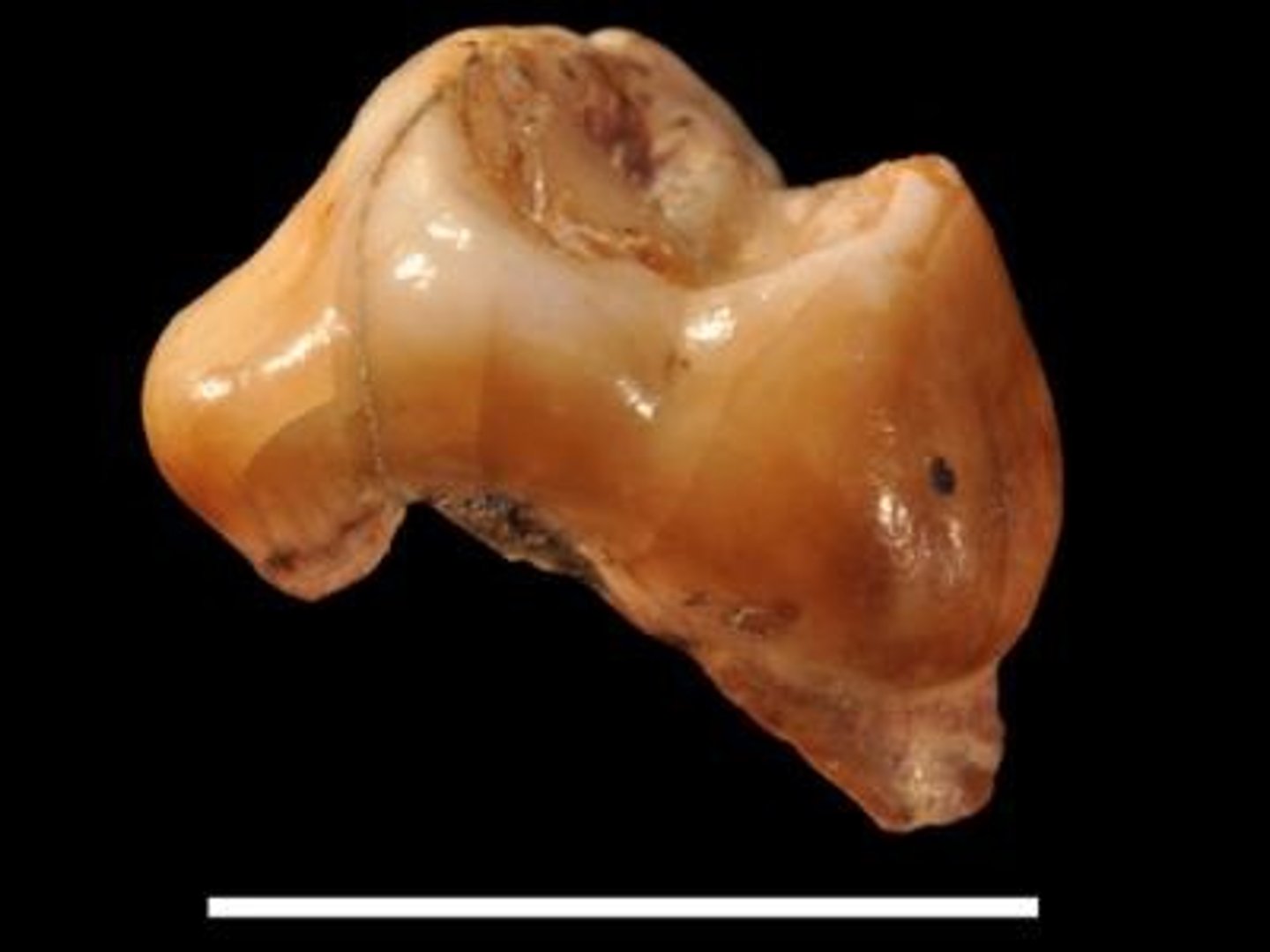
Kents Cavern, Devon, England (Fact 1)
Site in which archaeologists discovered a Homo Sapiens jaw fragment dated around 43,000 years ago
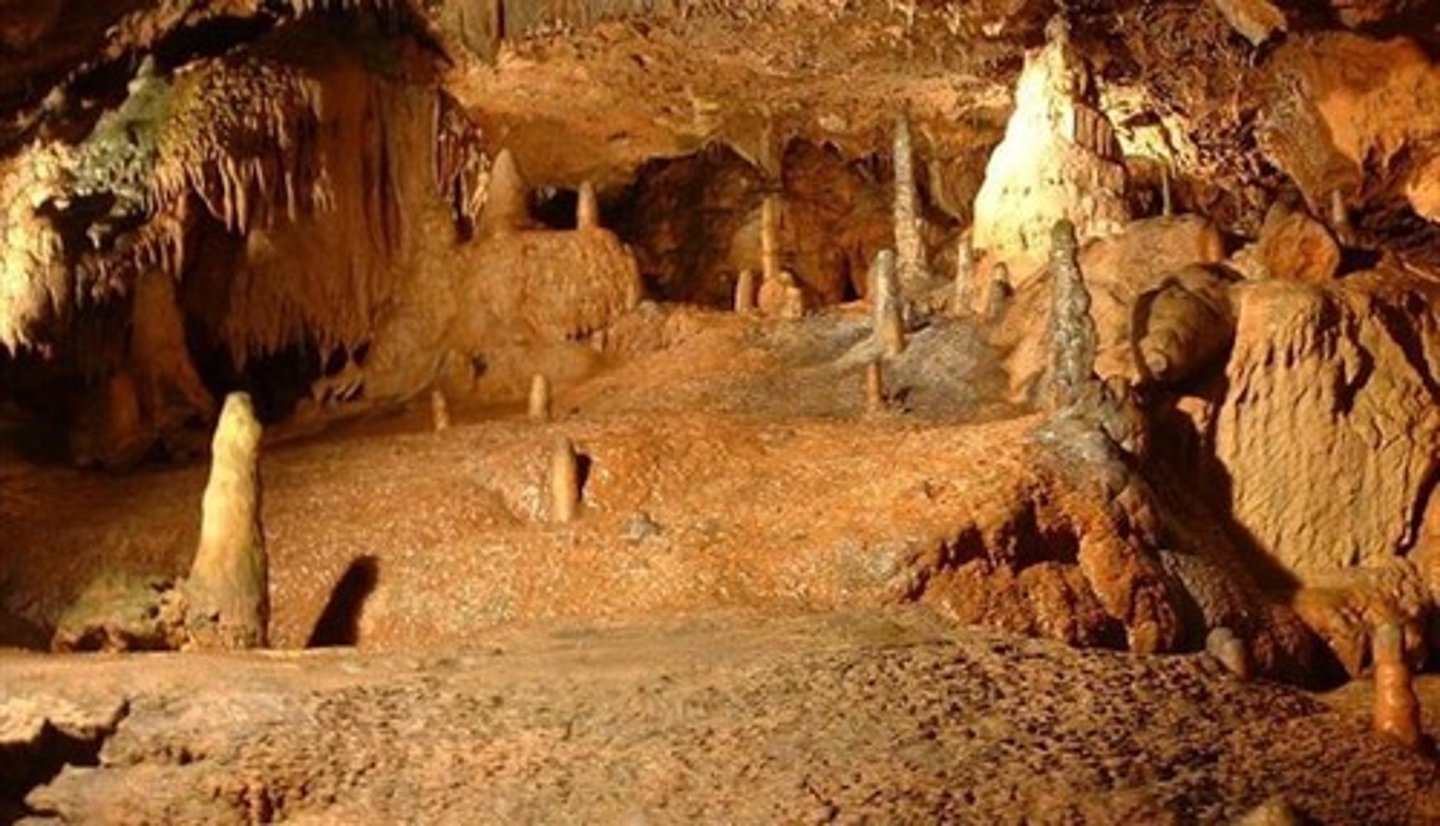
Kents Cavern, Devon, England (Fact 2)
Site in which "early human groups" were living at one time around 450,000 years BCE
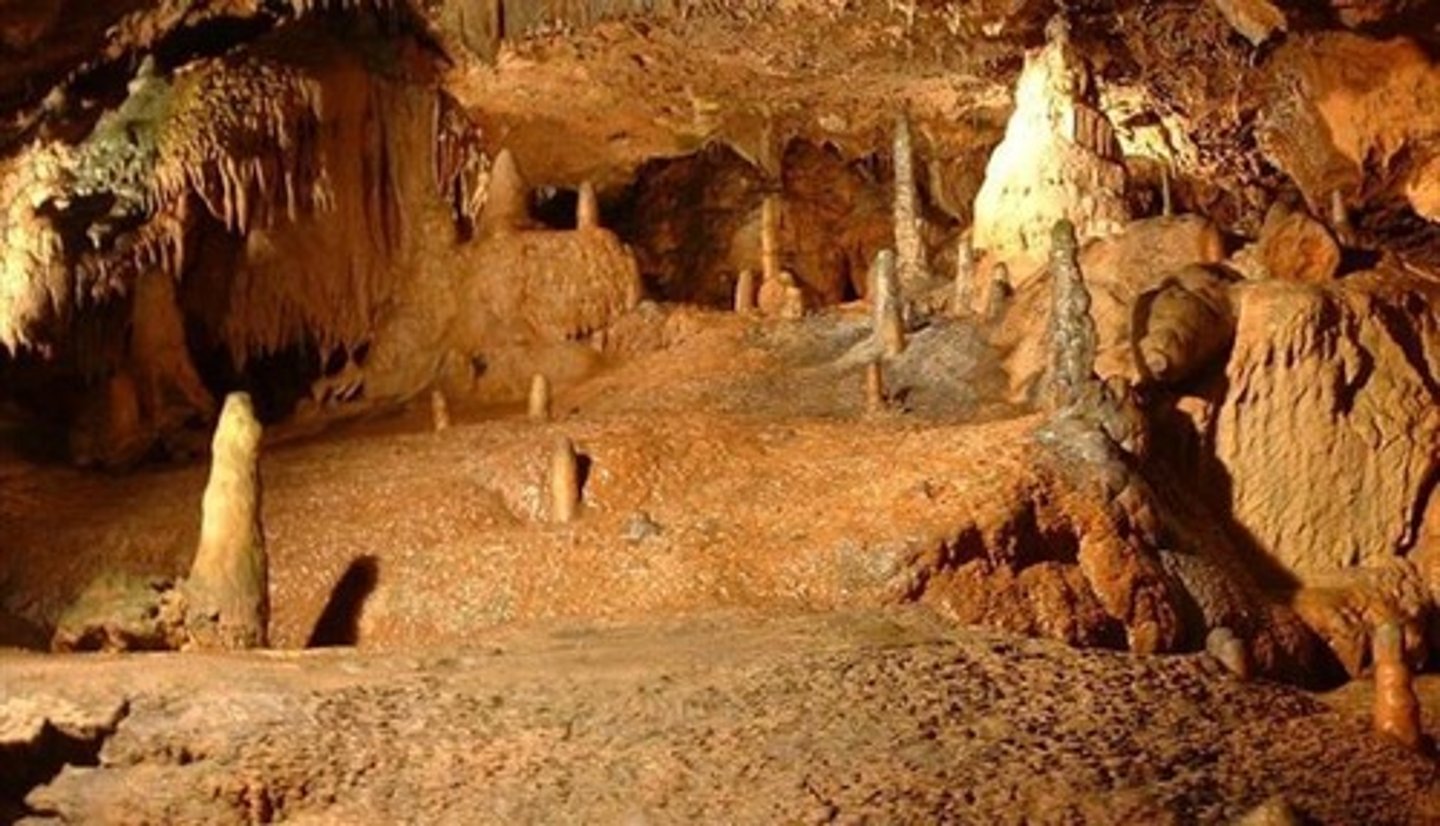
Bering Land Bridge, Siberia - Beringia (Fact 1)
Site that many consider is the origin of Homo Sapiens or modern humans in North America dating around 16,000 years ago (aka 11,000 BCE)
Bering Land Bridge, Siberia - Beringia (Fact 2)
Site at which big-game hunters from Siberia crossed to arrive in the North Americas, specifically Alaska and rapidly expanded and settled there around 11,000 BCE
Bering Land Bridge, Siberia - Beringia (Fact 3)
Site consisting of a strip of land 600 miles wide created by advancing ice sheets during the most recent Ice Age that lowered sea levels
Bering Land Bridge, Siberia - Beringia (Fact 4)
Site at which big-game hunters from Siberia crossed to arrive in the North Americas; they were mobile hunters that used distinctive arrow-heads, double-faced with longitudinal grooves and in which their prey included mammoths, bears, horses, and beavers (the size of donkeys) and they hunted these to extinction; only the bison survived, but provided the hunters with meat, marrow, hair, and horns
Monte Verde, Chile (Fact 1)
Site in which archaeologists discovered the preserved remains of Homo Sapiens Hearths and Tools and Artifacts made not just of Stone but also of Reed and Bone such as Basalt Wedges and Pebble Tools dated around 14,500 years ago
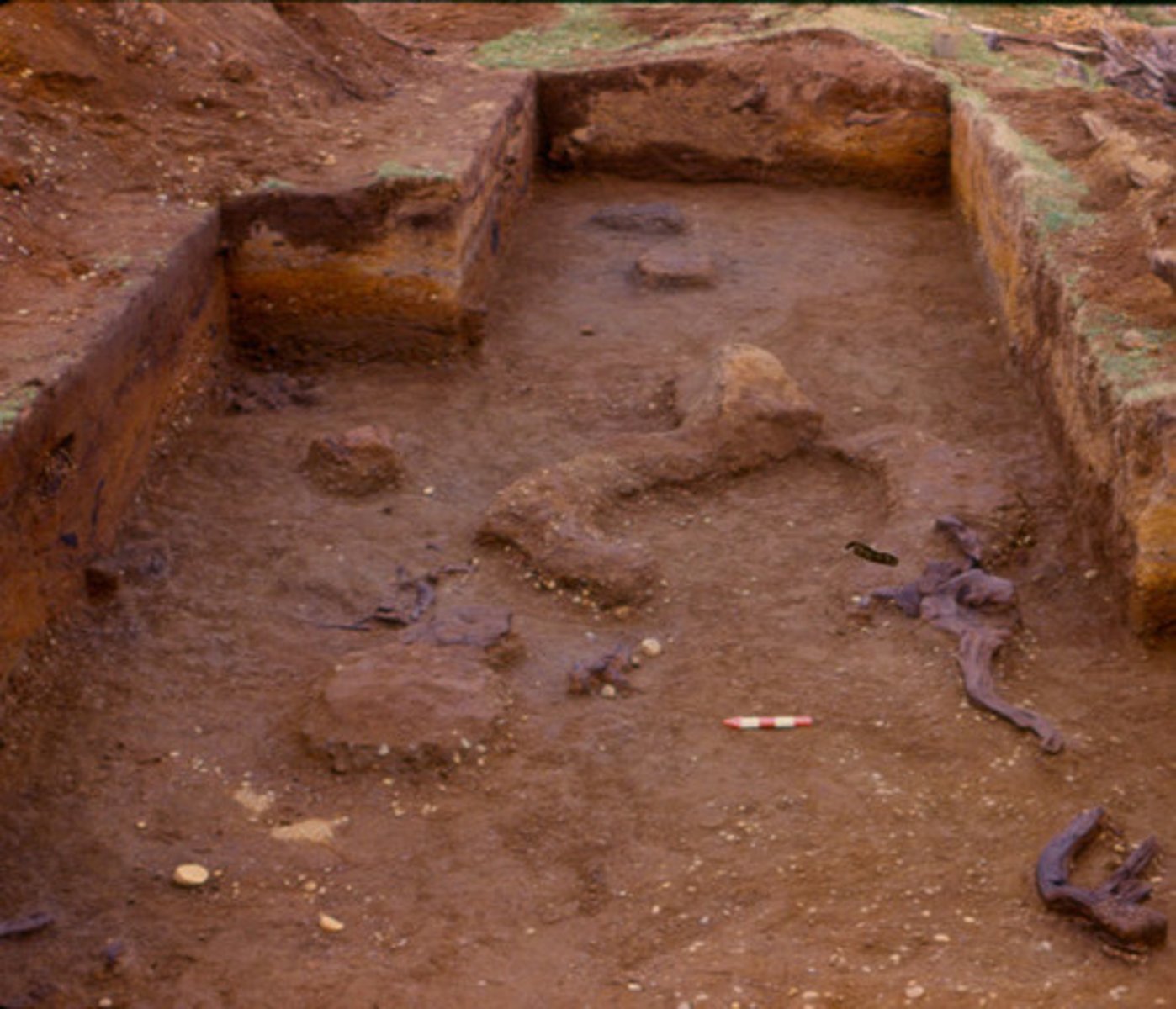
Monte Verde, Chile (Fact 2)
Site that archaeologically represents the end of the journey of Homo Sapiens or modern humans from Africa to the rest of the world
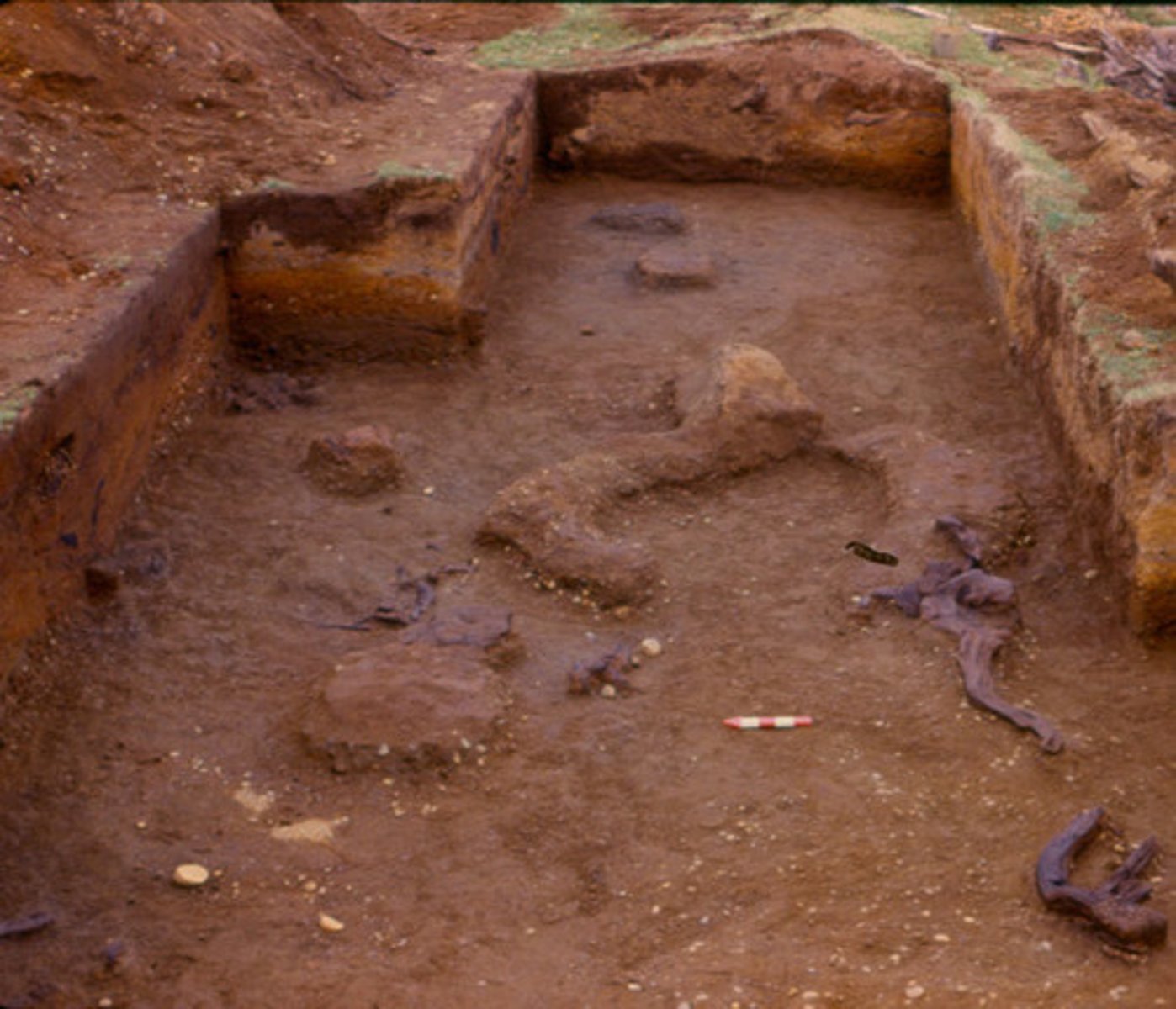
Monte Verde, Chile (Fact 3)
Site at which the earliest Americans have settled around 14,500 to 15,000 years ago

Sima de los Huesos, Spain (Fact 1)
Site called the "Pit of the Bones" in which archaeologists discovered definite Homo Sapiens Neanderthalensis skulls dated around 450,000 years BCE
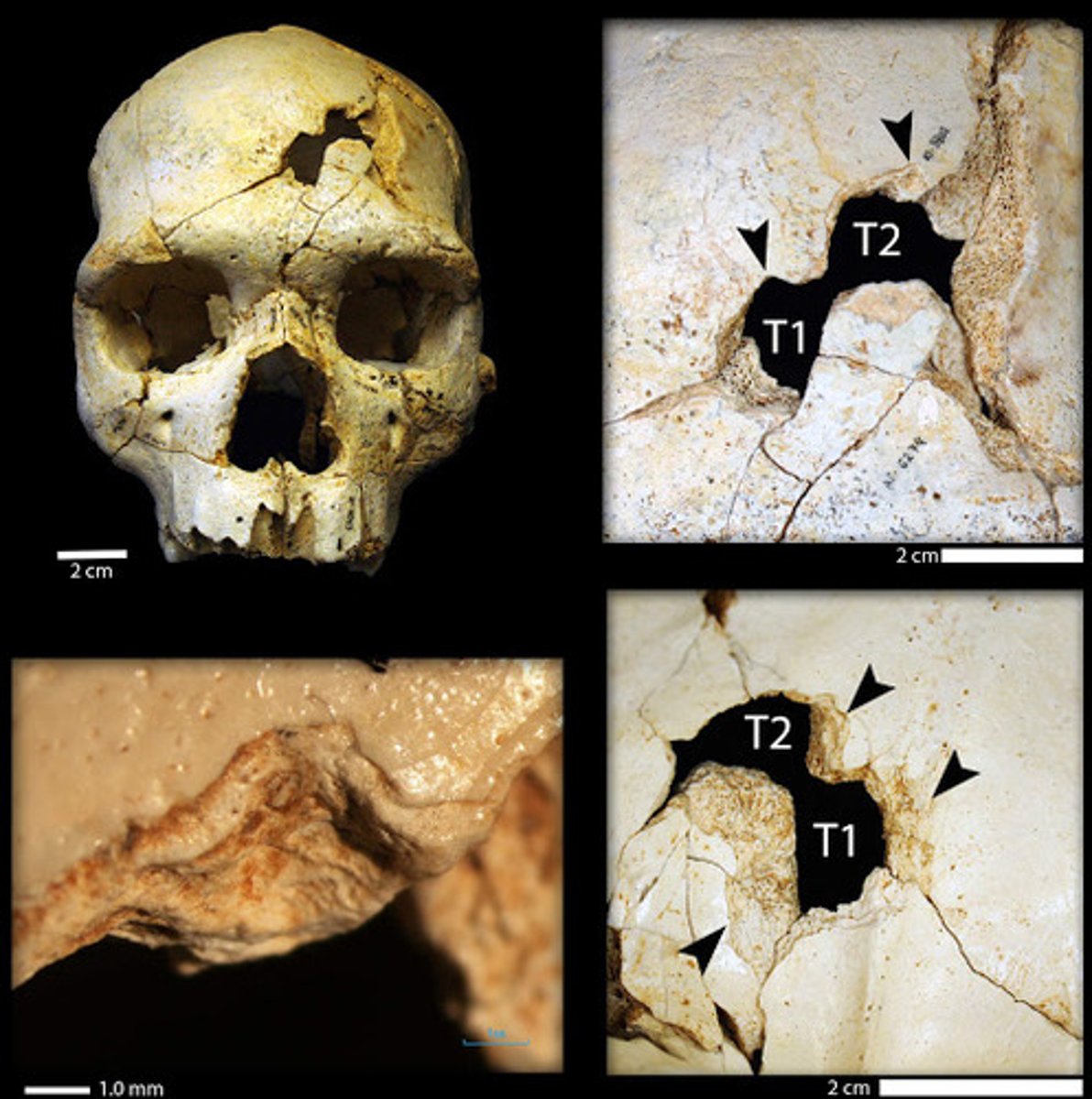
Denisova Cave, Siberia (Fact 1)
Site in which paleogeneticists discovered ancient mitochondrial DNA from a previously unknown Hominid but which earlier work done there found evidence of interbreeding between Homo Sapien Neanderthalensis and Homo Sapien Sapiens
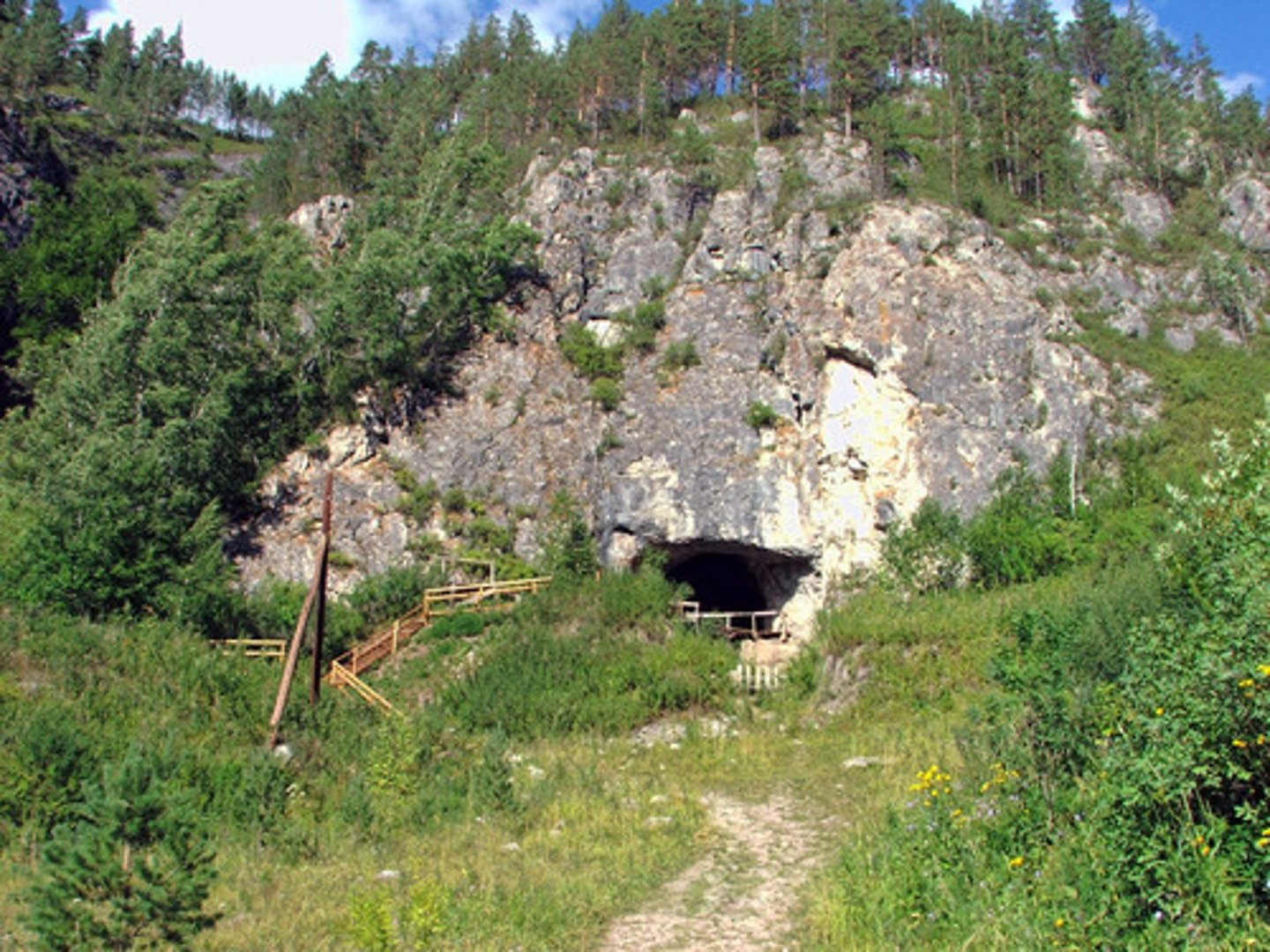
Denisova Cave, Siberia (Fact 2)
Site in which archaeologists discovered 7 fossil bones with a unique genetic signature, a tip of a pinky, 3 molars, a sliver of long bone, and a piece of skull cap dating between 195,000 years BCE and 50,000 years BCE
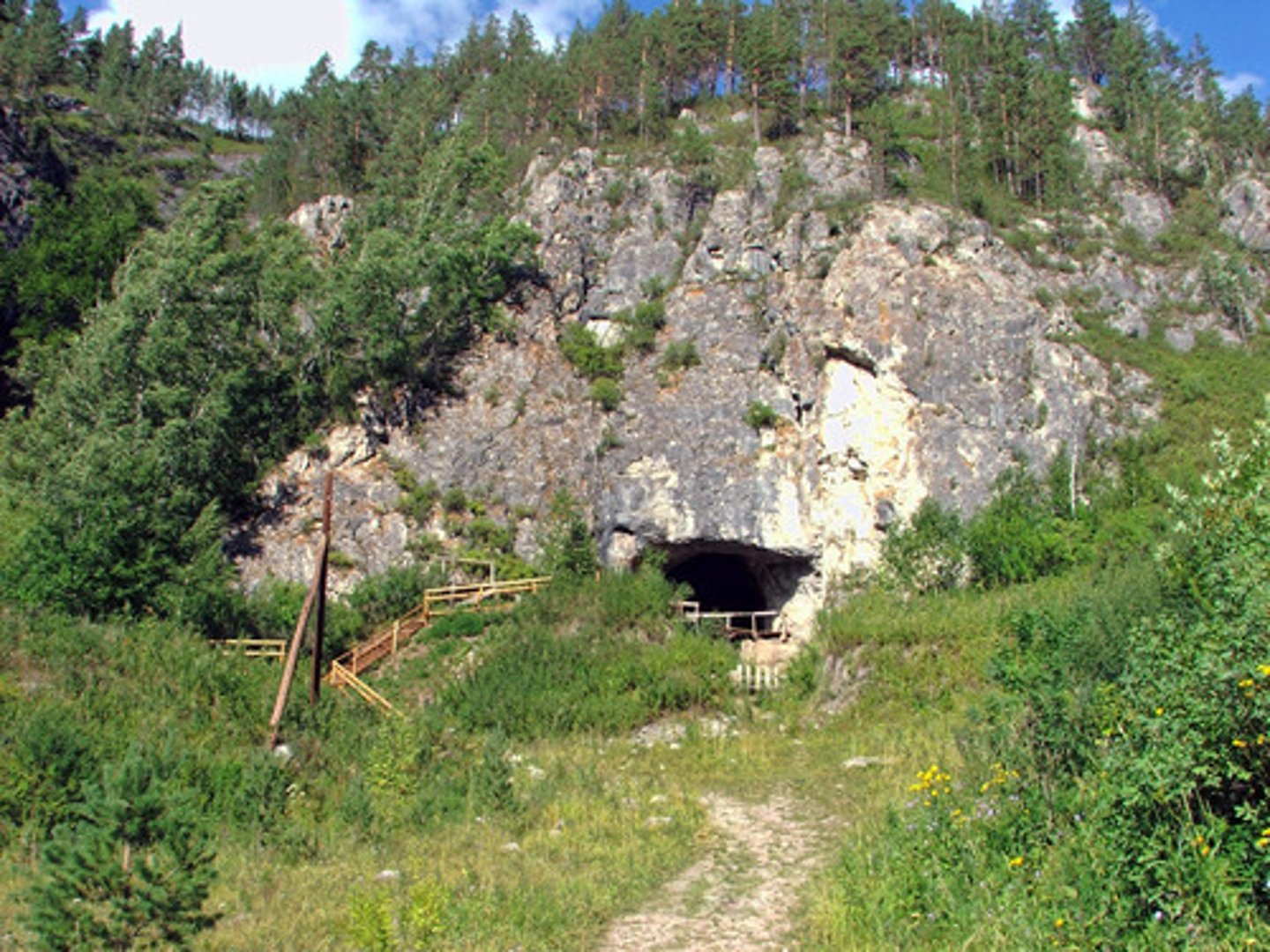
Taung, South Africa (Fact 1)
Site in which archaeologists discovered an extremely damaged Australopithecus Africanus skull fossil and other small and damaged animal bones around it all dating around 2.8 Million years BCE, named the namesake child who became the "Type Specimen" for Australopithecus Africanus
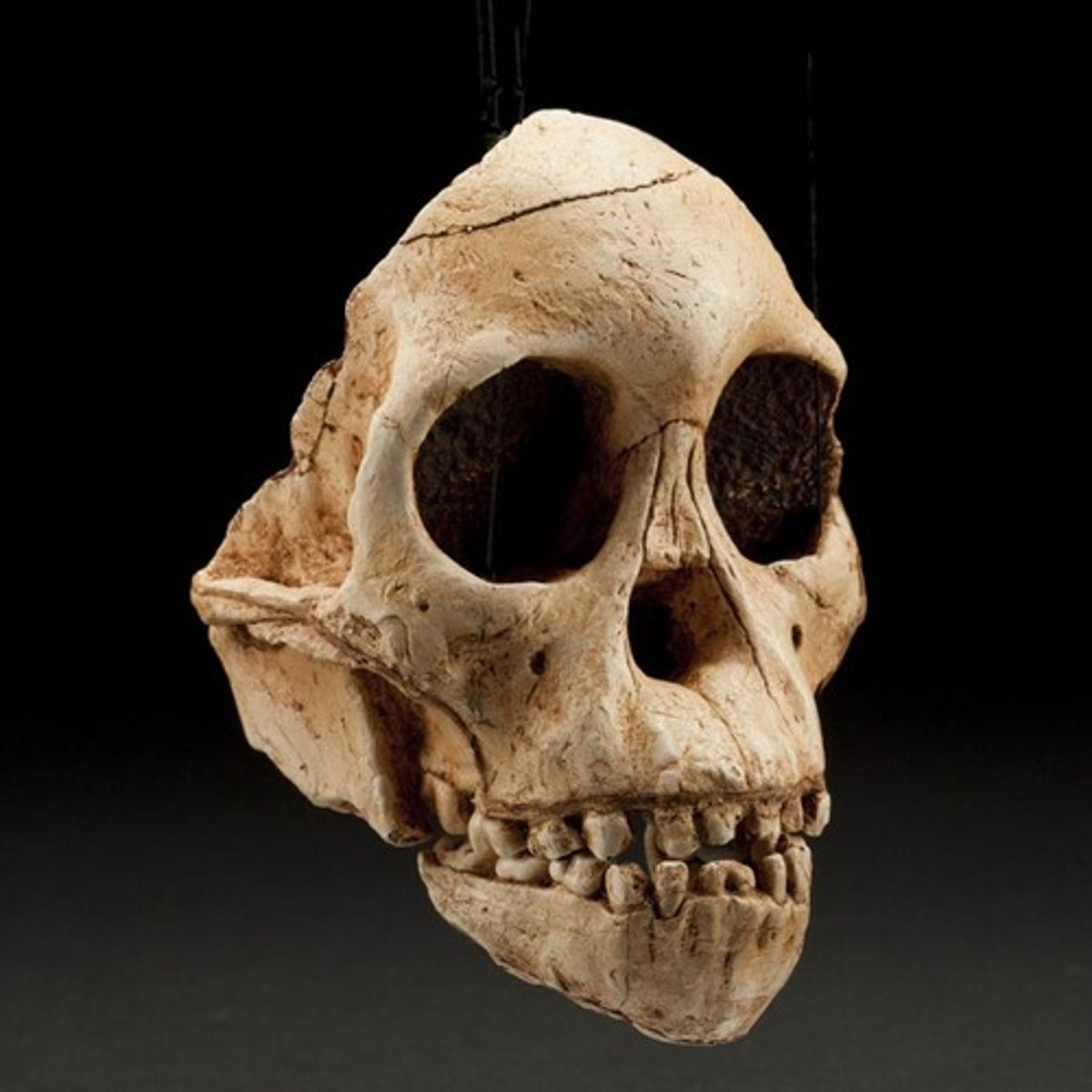
Makapansgat, South Africa (Fact 1)
Site in which archaeologists discovered tons of Australopithecus Africanus bones and skulls and many other mammals which were broken that led Raymond Dart to conclude that of over the 7,000 bones he studied here, they all consisted of either skulls or neck vertebrae, and thus that the Hominids who once lived here took the heads of their prey and even some of their fellow Hominids as trophies
Swartkrans, South Africa (Fact 1)
Site in which archaeologists discovered a skullcap of Paranthropus Robustus with two puncture marks in it (located at the back of the head), the bones of animals like baboons and antelopes and bone tools, and some Acheulean Tools, all dating between 1.8 MYA - 1.5 MYA

Swartkrans, South Africa (Fact 2)
Site in which there is an indication of the carnivorous behavior of those who lived there due to the animal bones found there
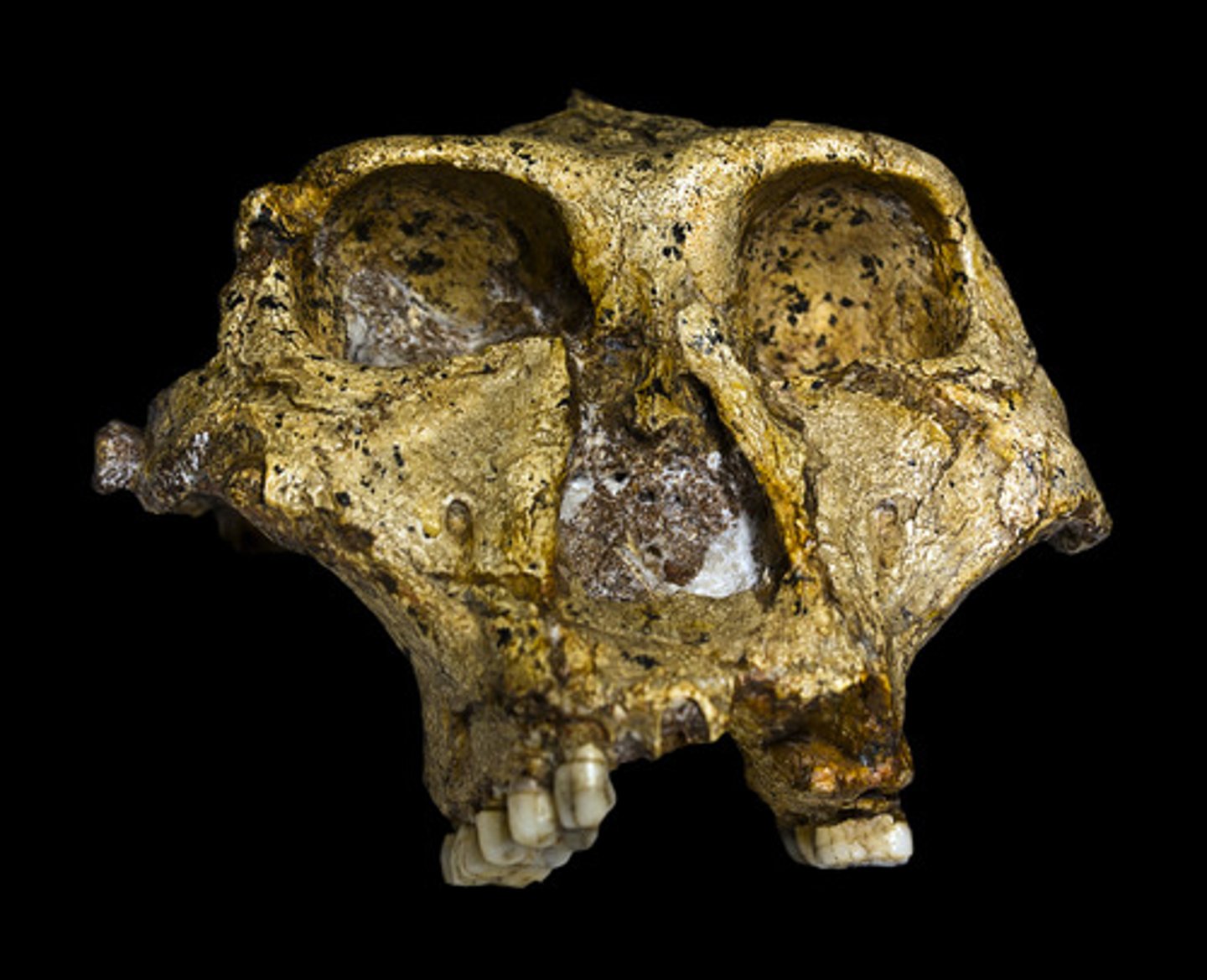
Shanidar Cave, Iraq (Fact 1)
Site in which archaeologists discovered the remains of 7 adult Homo Sapien Neanderthalensis and 2 infant Homo Sapien Neanderthalensis all dating between 100,000 years and 45,000 years ago
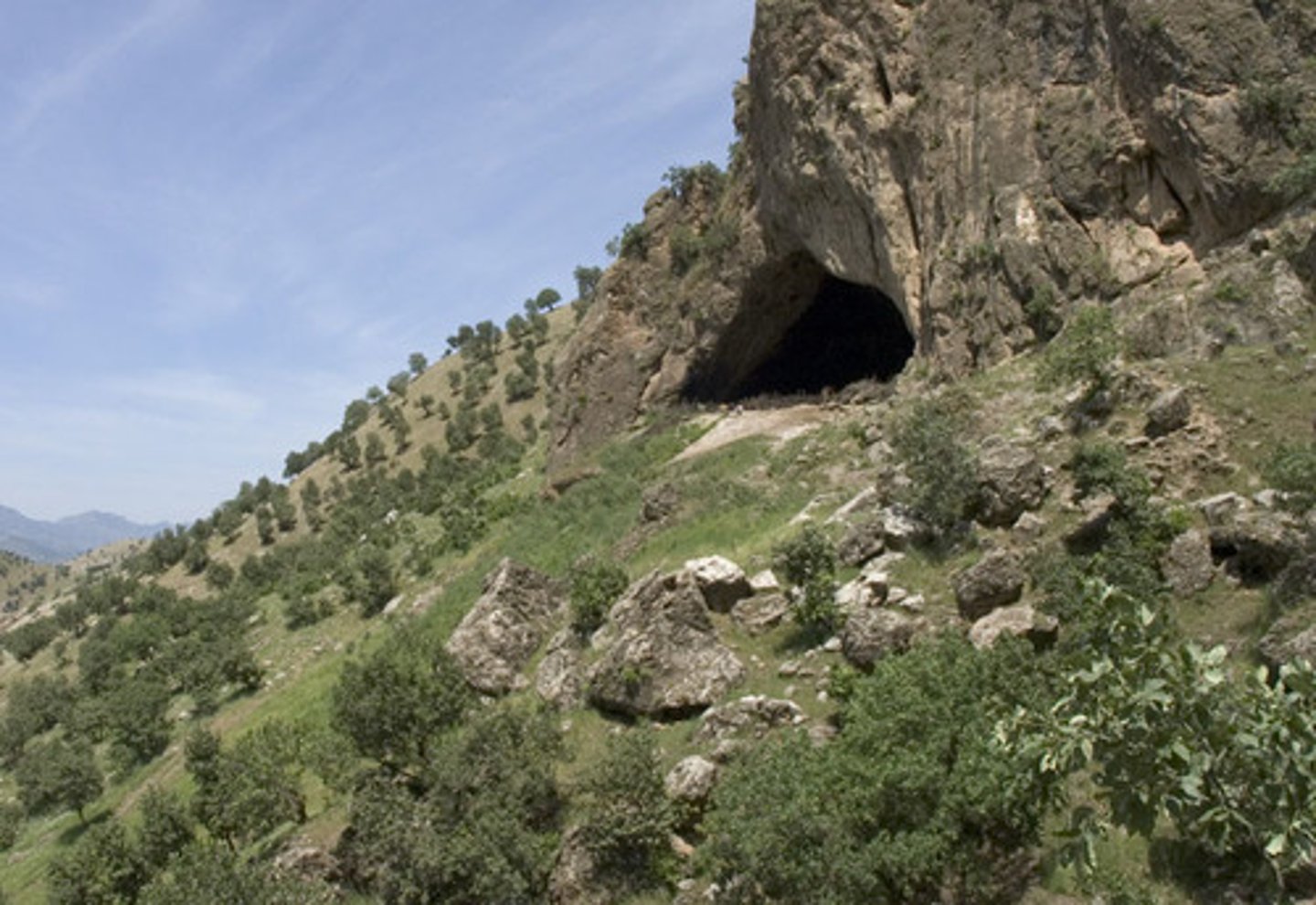
Shanidar Cave, Iraq (Fact 2)
Site in which archaeologists discovered the remains of 7 adult Homo Sapien Neanderthalensis, 5 of which were adult males that had injuries or healed injuries of the least fatal to the most fatal
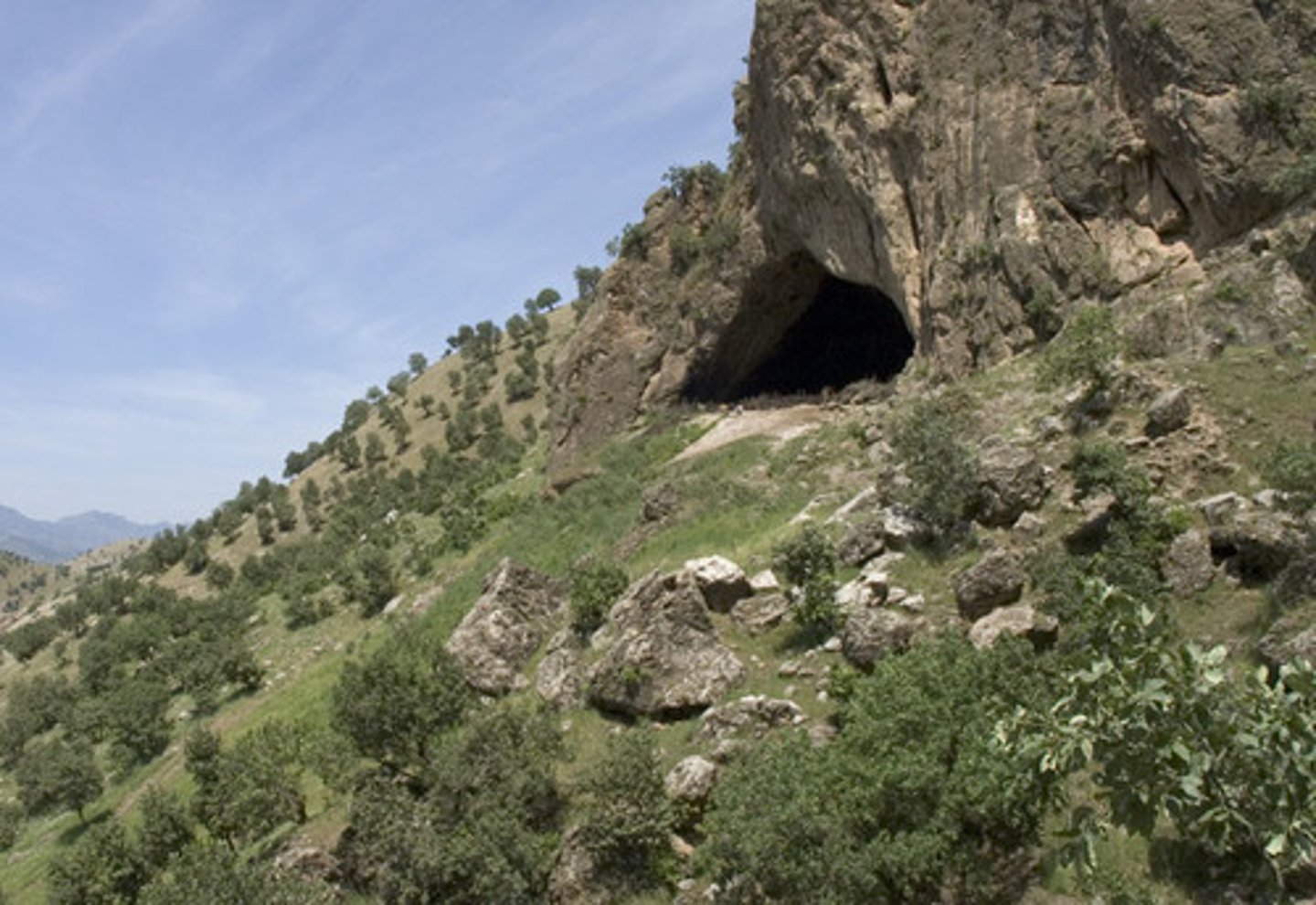
Shanidar Cave, Iraq (Fact 3)
Site in which archaeologists discovered the remains of an adult Homo Sapien Neanderthalensis which was buried alongside brightly-colored and sweet-scented flowers
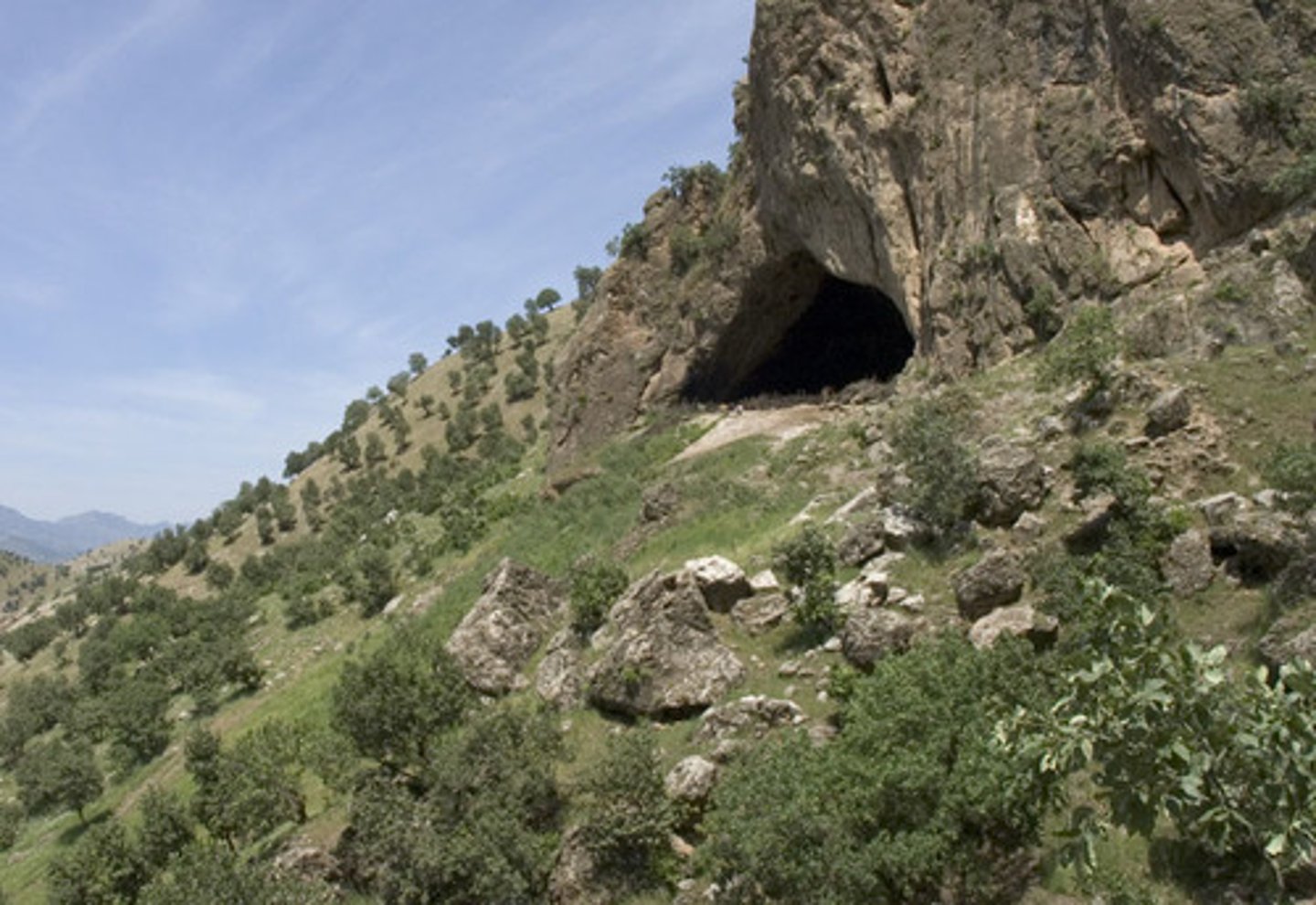
Shanidar Cave, Iraq (Fact 4)
Site in which Homo Sapiens Neanderthalensis lived quite long in sustaining so many injures implying that the Homo Sapiens Neanderthalensis cared for one another
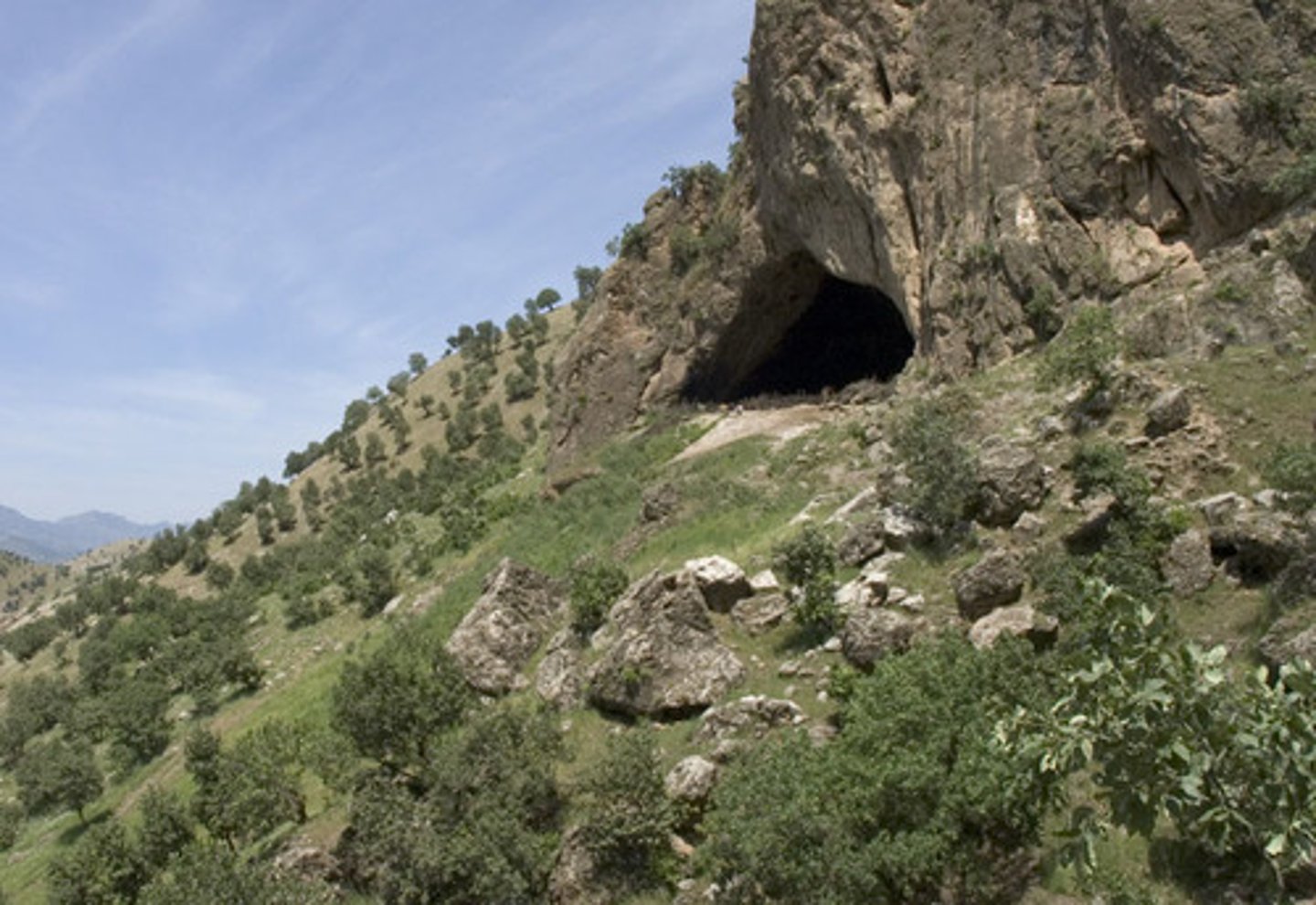
La-Chapelle Aux-Saints Cave, France (Fact 1)
Site in which archaeologists discovered the remains of a 35-45 year old Homo Sapien Neanderthalensis
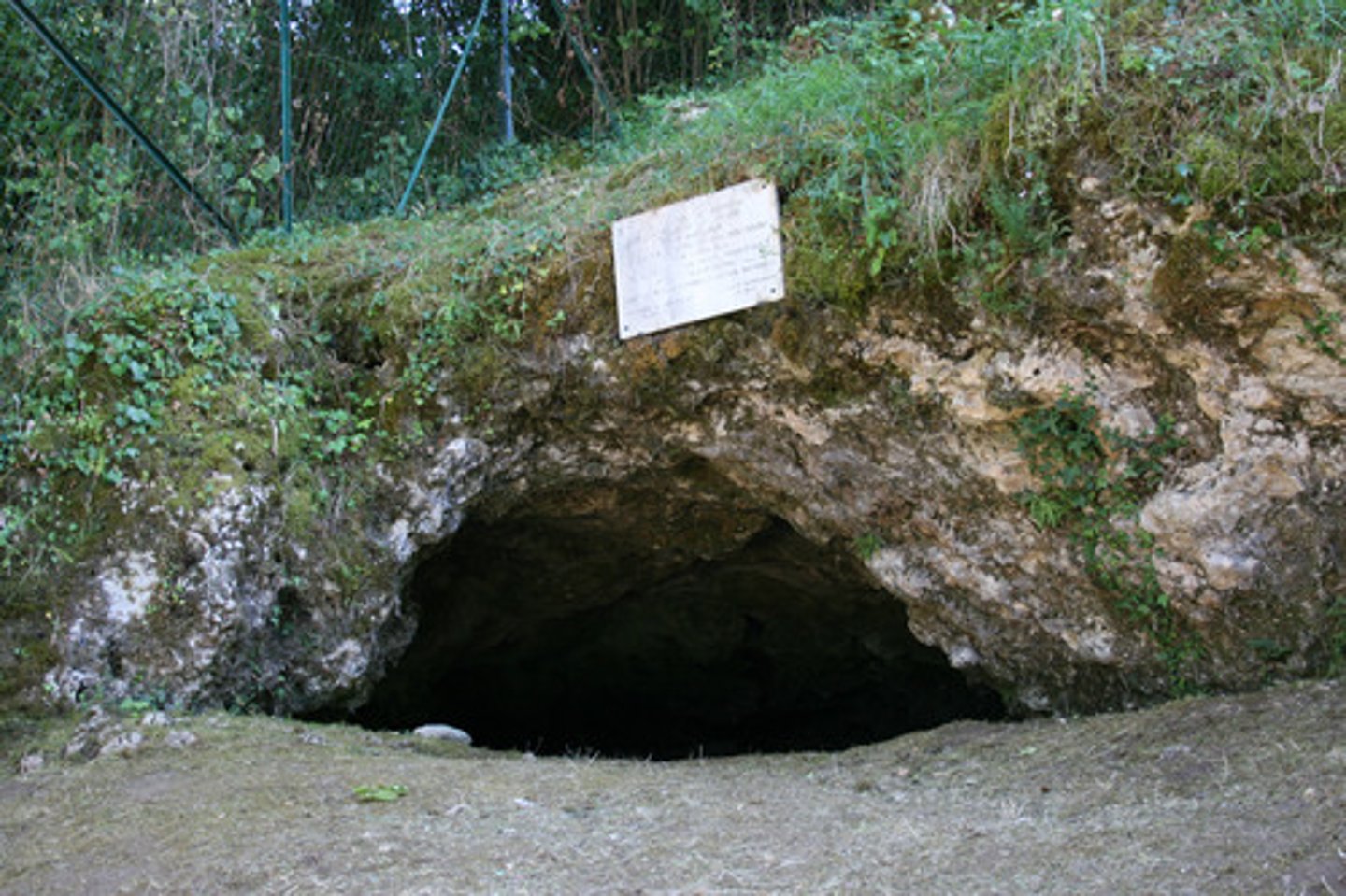
Northern Pakistan (Fact 1)
Region in which archaeologists discovered stone tools, likely being made for the first time in the region by Early Hominids around 1.8 Million years BCE, including stone handaxes
Rift Valley, East Africa (Fact 1)
Region that has abundant resources of food and raw materials for Early Hominids such as Homo Habilis and Homo Erectus to hunt small and large game alike with the help of stone butchery tools starting around 900,000 years BCE
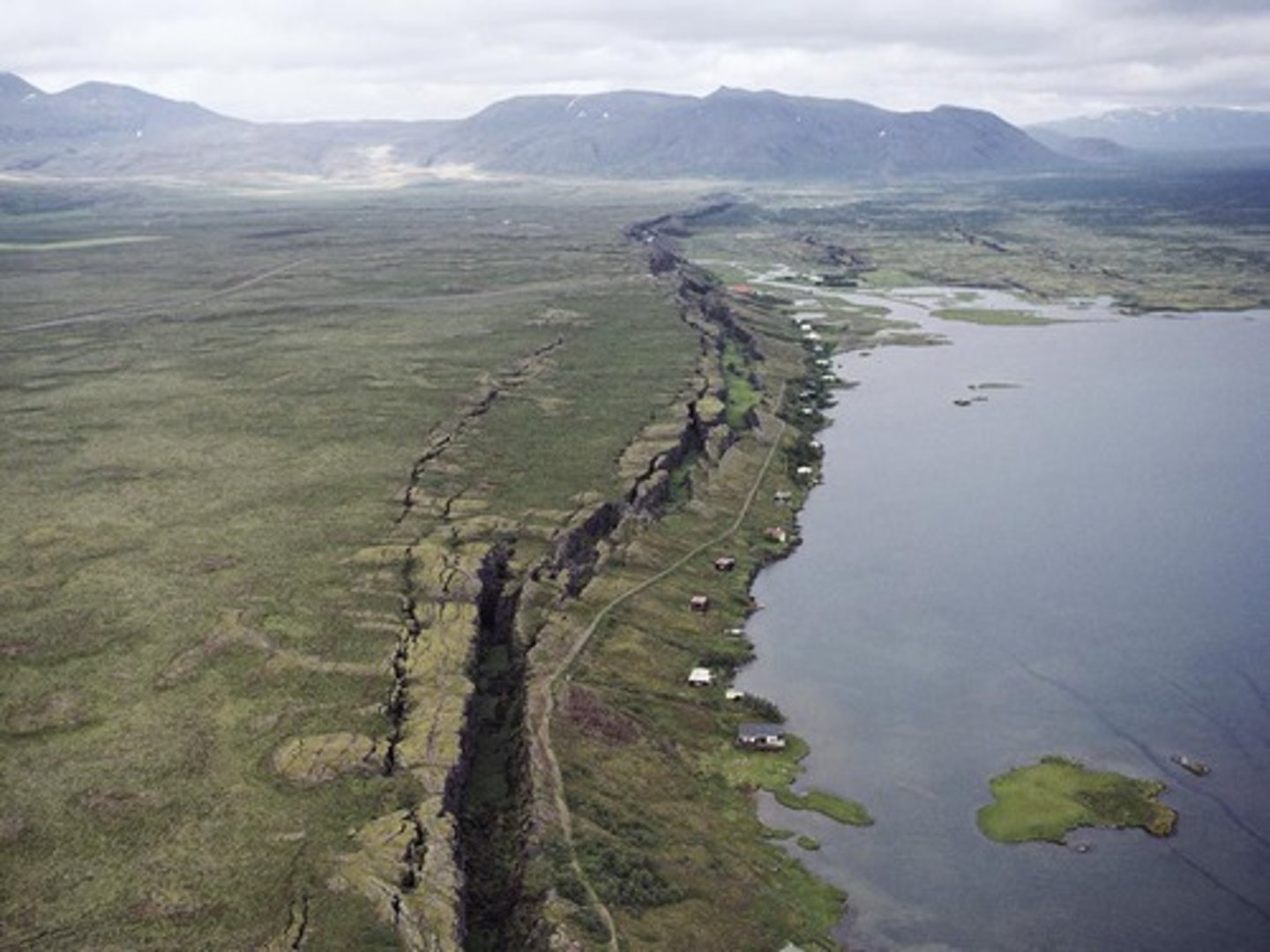
Yuanmou, Yunnan Province, Western China (Fact 1)
Site at which Homo Erectus lived at one time around 1 Million years BCE - 900,000 years BCE
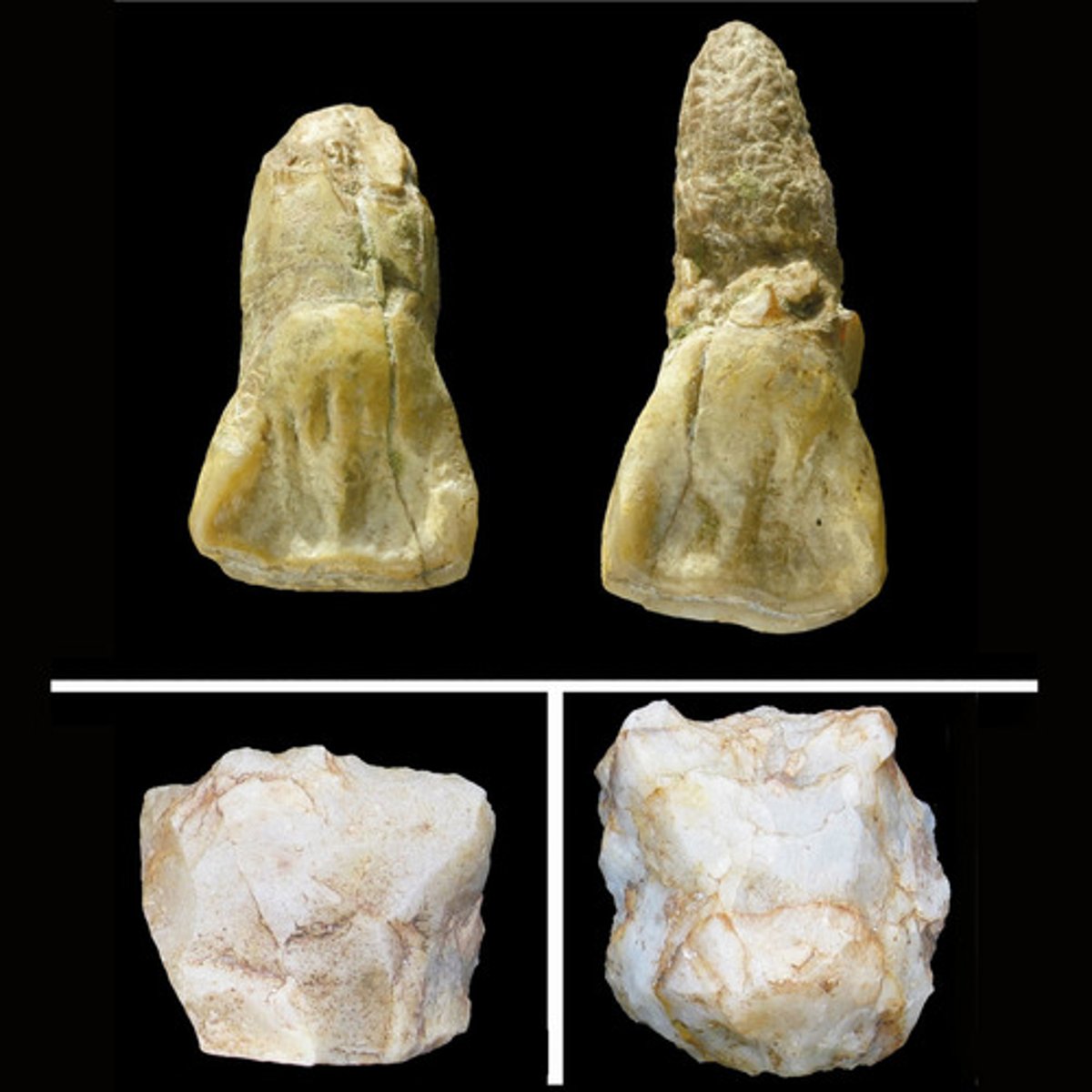
Yuanmou, Yunnan Province, Western China (Fact 2)
Site in which archaeologists have discovered blackened bones which indicates there was burning of those bones, around 1.7 MYA
Sangiran, Java, Indonesia (Fact 1)
Site at which Homo Erectus lived at one time around 1 Million years BCE
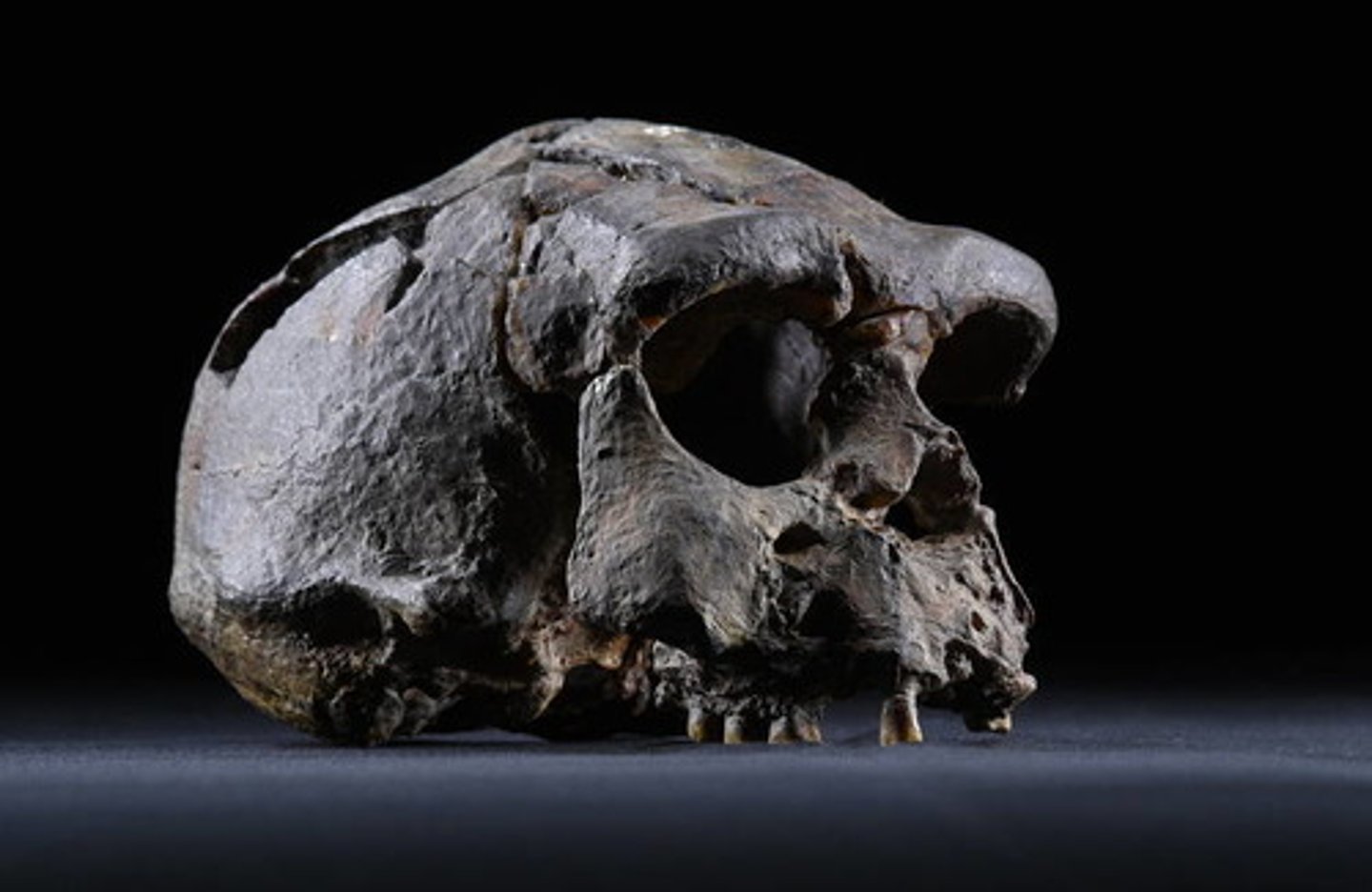
Ternifine, Algeria (Fact 1)
Site at which Homo Erectus lived at one time around 700,000 years BCE and which was near other sites on the coastal plain north of the Atlas mountains
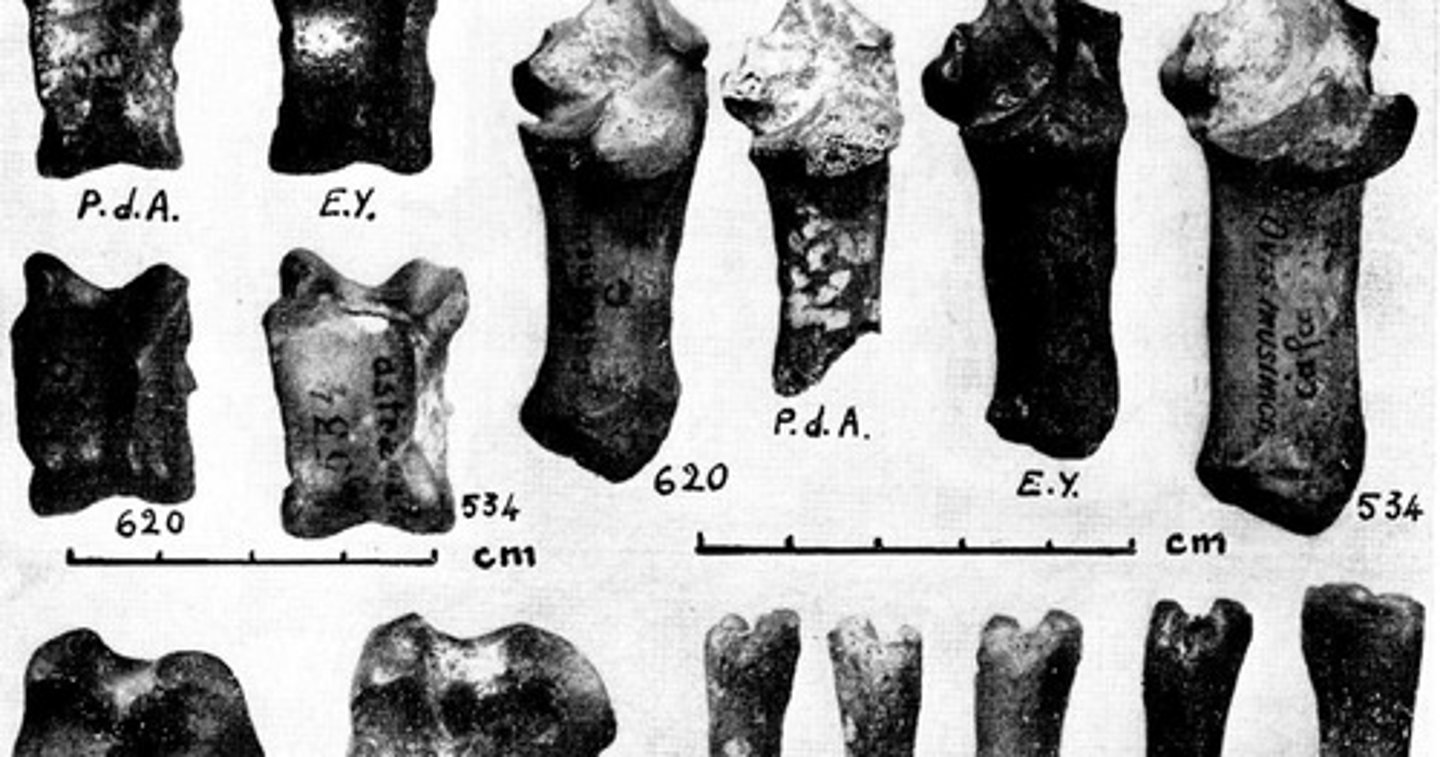
Isernia, South-Central Italy (Fact 1)
Ancient European Hunting Settlement in which early hominids lived at one time around 800,000 BCE (around 50,000 years before settlement at Vallonet Cave, France)
Isernia, South-Central Italy (Fact 2)
Ancient European Hunting Settlement in which early hominids hunted and/or scavenged on the "open steppe" for large game such as elephant and bison
Vallonet Cave, South France (Fact 1)
Ancient European Hunting Settlement in which early hominids, especially Homo Erectus, lived at one time around 800,000 BCE - 680,000 BCE
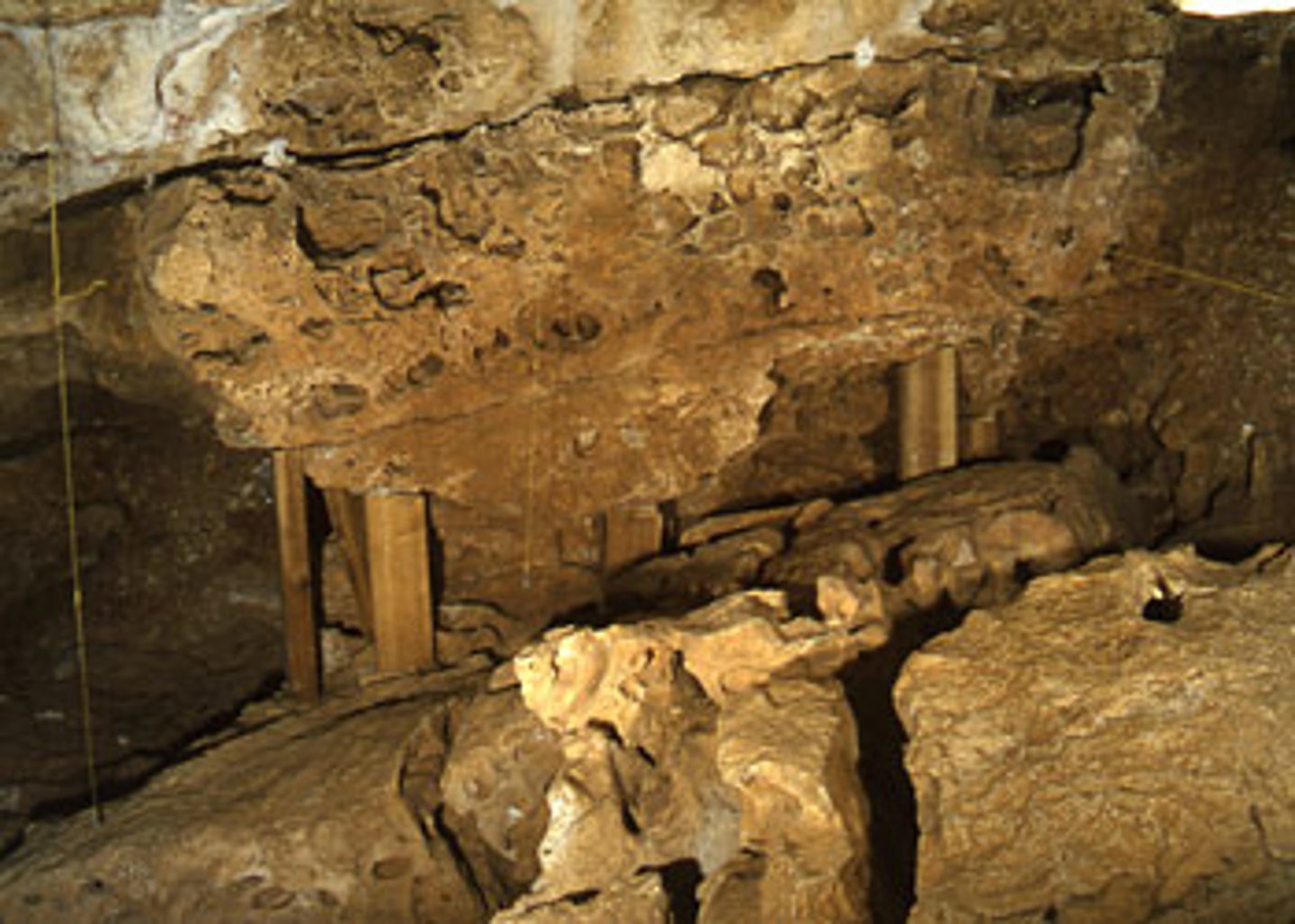
Vallonet Cave, South France (Fact 2)
Ancient European Hunting Settlement in which early hominids, especially Homo Erectus, hunted and/or scavenged on the "open steppe" for large game such as elephant and bison
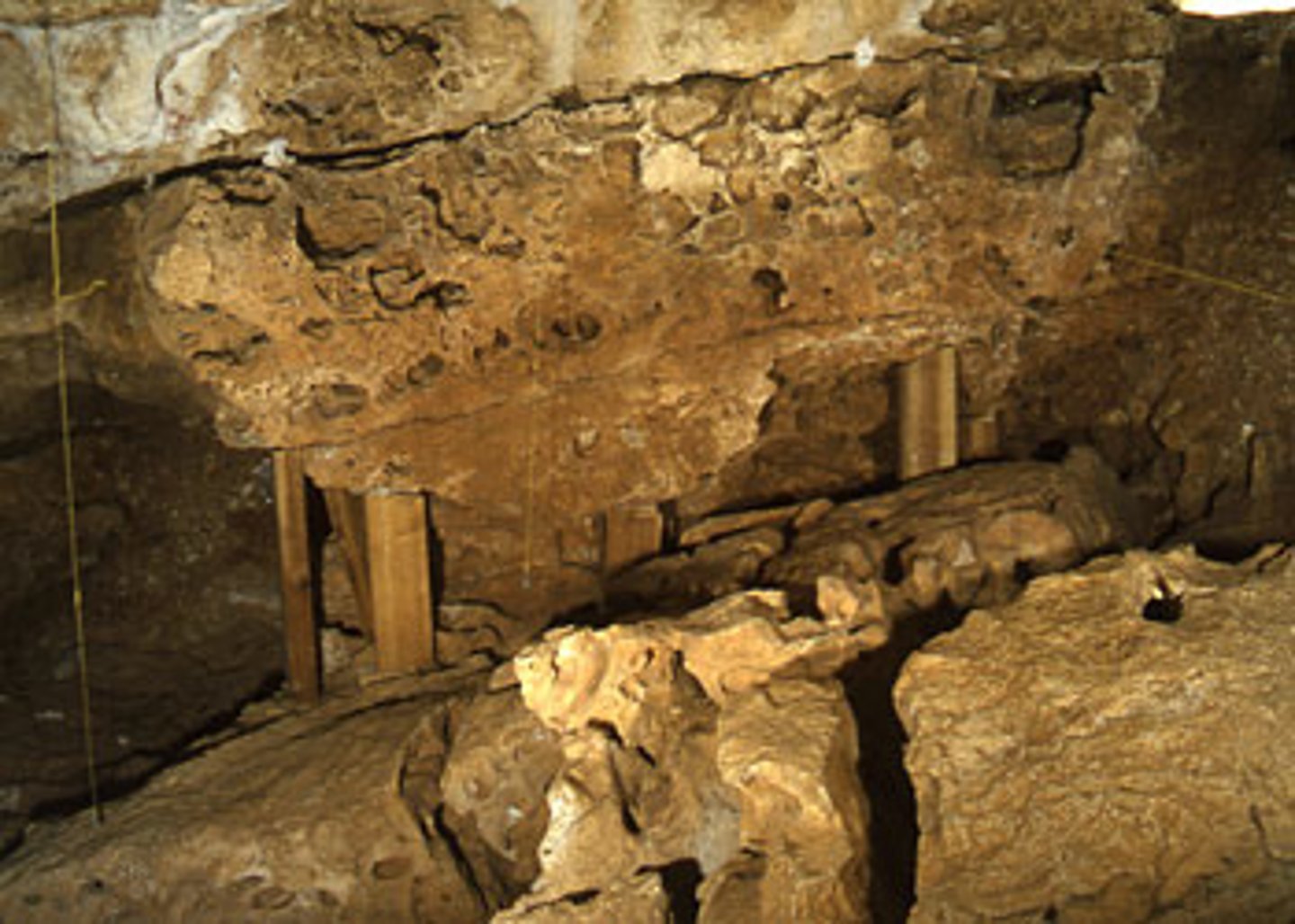
Vallonet Cave, South France (Fact 3)
Ancient European Hunting Settlement in which early hominids, especially Homo Erectus used crudely-made stone tools like choppers and flake implements to butcher wild cattle, bears, hordes, rhinoceroses, hippopotamuses, deer, and monkeys
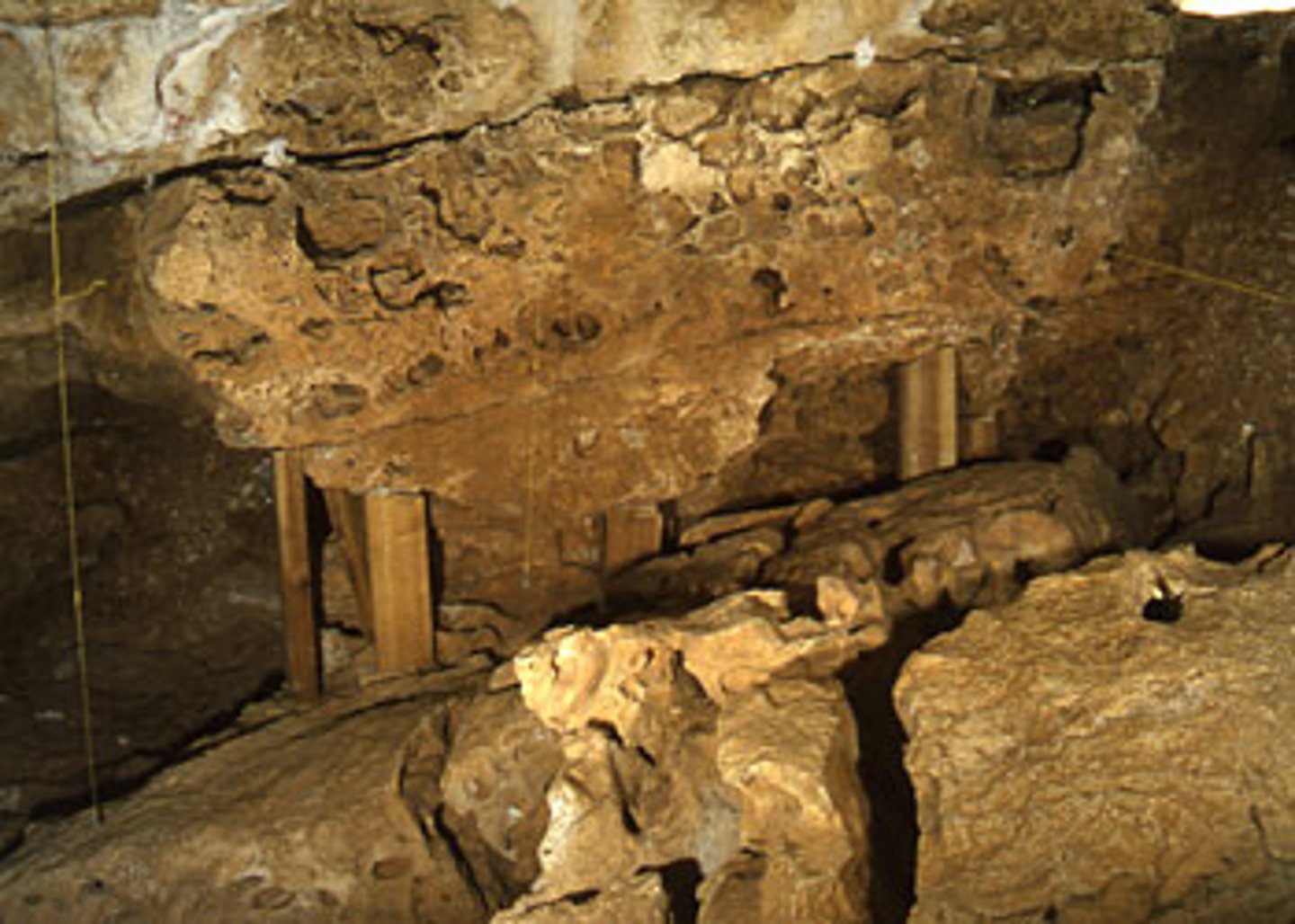
Vallonet Cave, South France (Fact 4)
Ancient European Hunting Settlement in which early hominids, especially Homo Erectus settled for many reasons, one of which is that it was a coastal location near lots of water
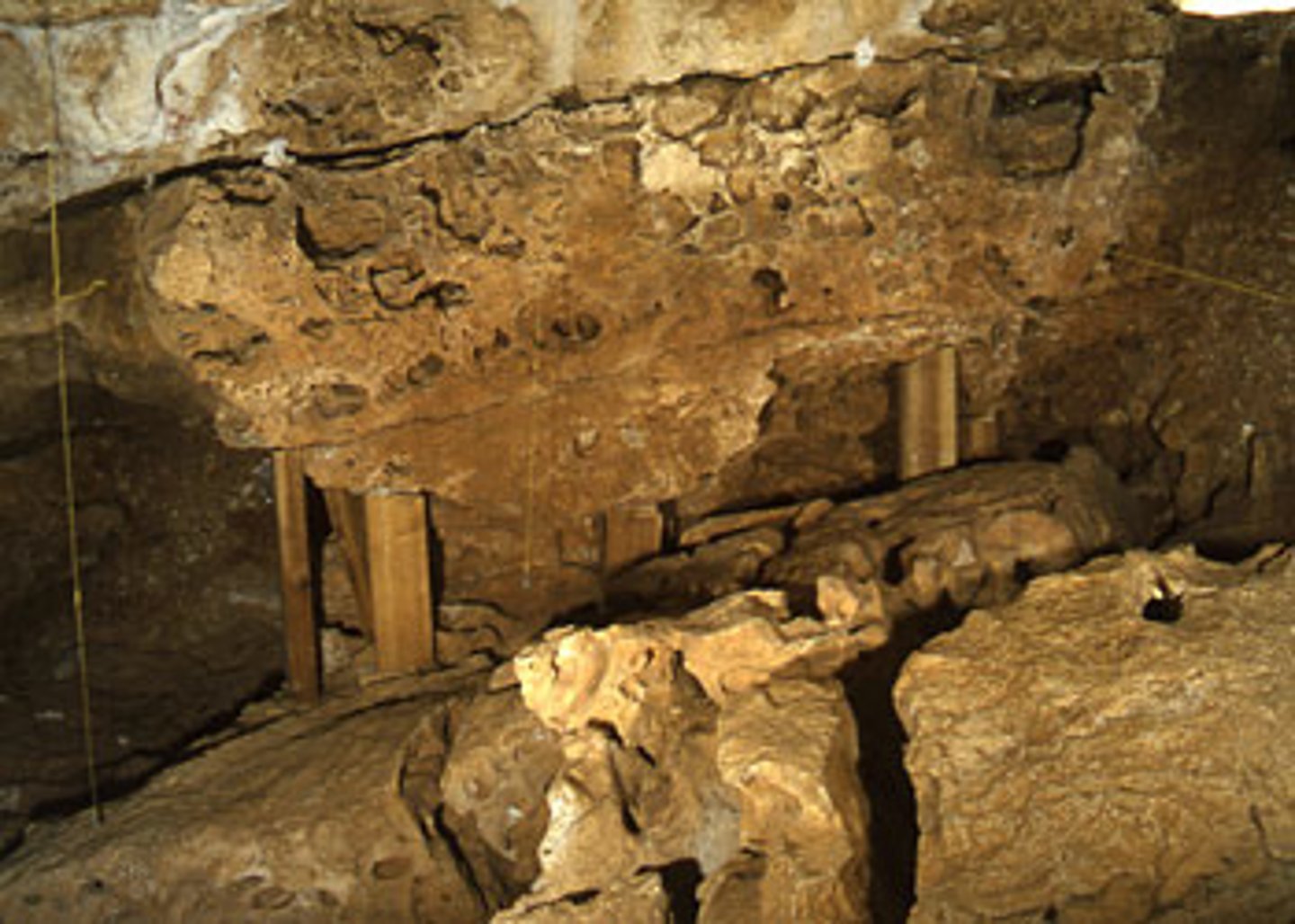
Vallonet Cave, South France (Fact 5)
Ancient European Hunting Settlement in which early hominids, especially Homo Erectus settled for many reasons, one of which is that it flourished with a wide variety of animals during the warm weather that could be readily hunted and eaten
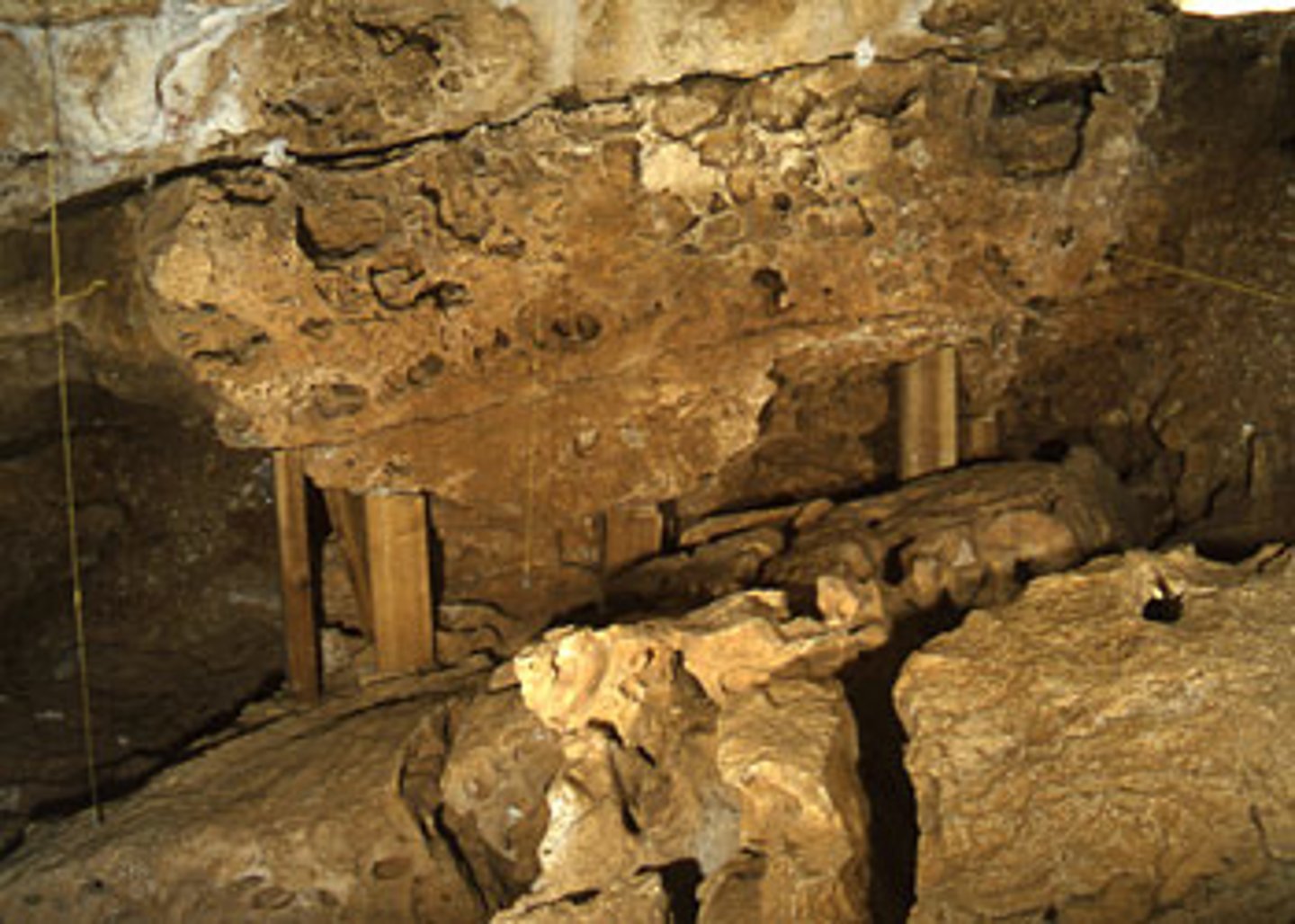
Crvena Stijena, Yugoslavia (Fact 1)
Notable Cave Community of the European Ice Age around 150,000 BCE
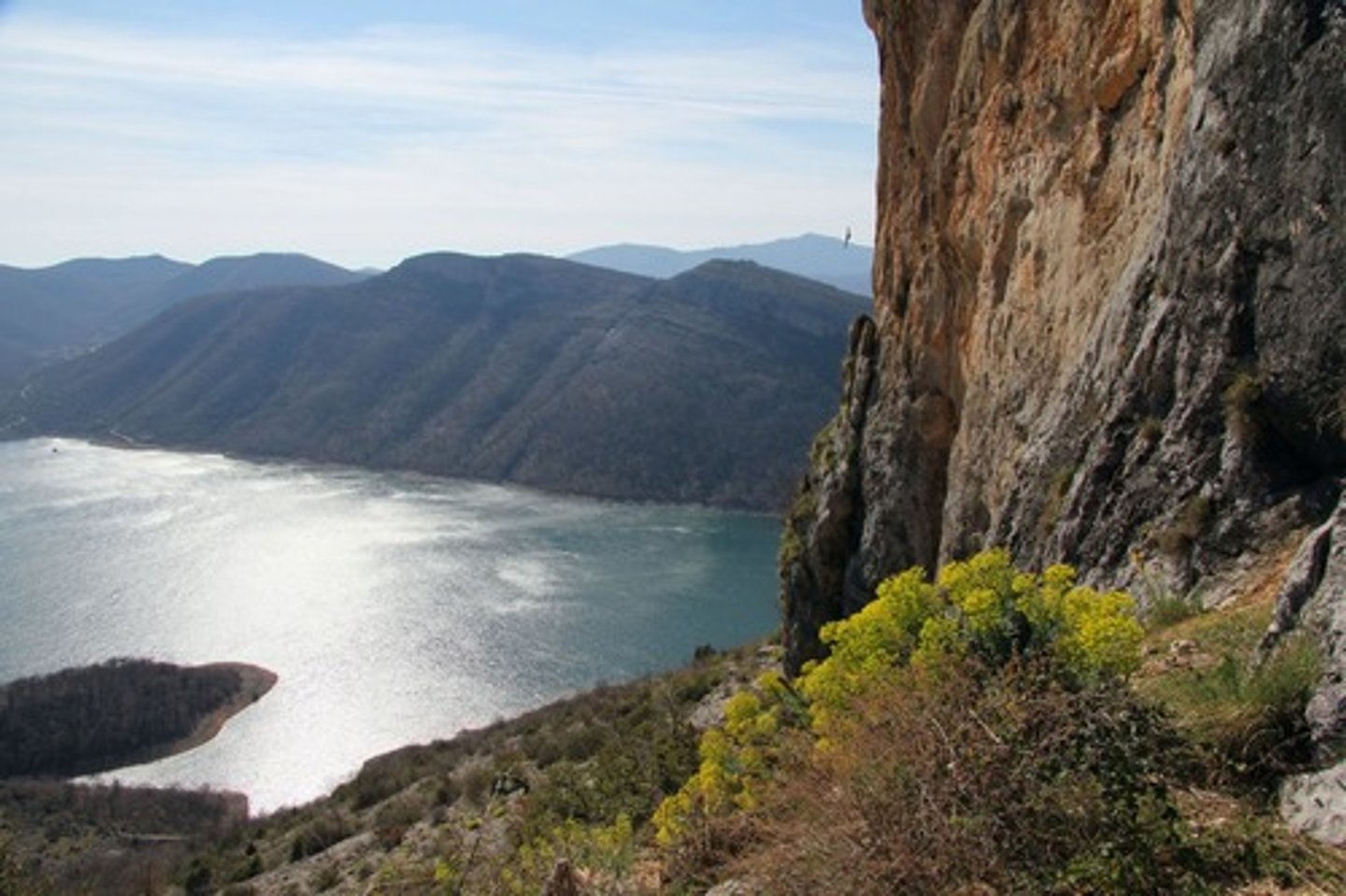
La Cotte de St. Brelade, Jersey Islands (Fact 1)
Notable Cave Community of the European Ice Age around 150,000 BCE

Le Lazaret, France (Fact 1)
Notable Cave Community of the European Ice Age around 150,000 BCE
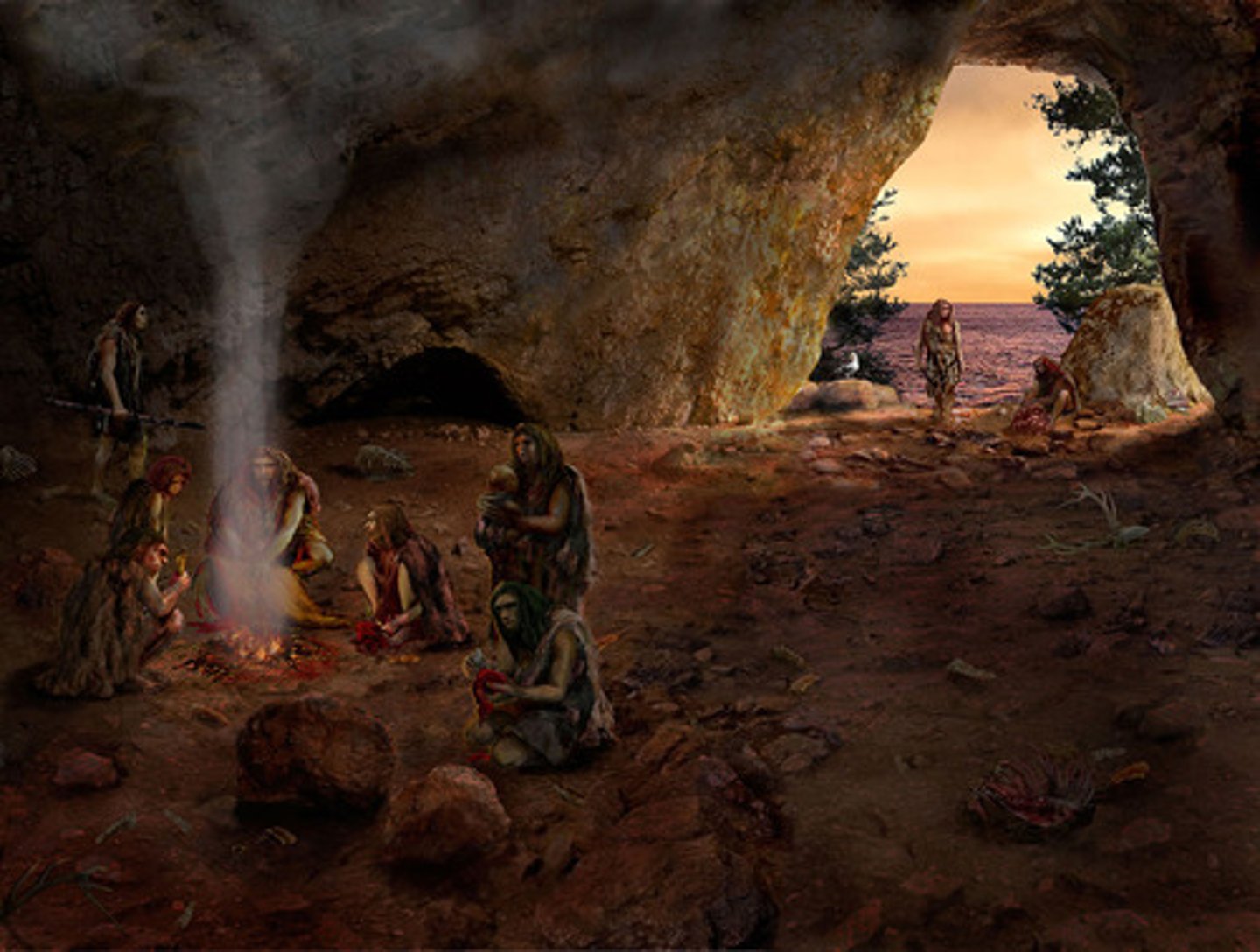
Le Lazaret, France (Fact 2)
Notable Cave Community of the European Ice Age in which there contains a "dwelling structure" within the cave itself; one of the many caves, as well as open sites, being used as dwellings at that time
Lake Turkana, in the Olduvai Gorge in Tanzania, Africa (Fact 1)
Site at which Homo Erectus lived at one time around 900,000 years BCE
Dali County, Shaanxi Province, China (Fact 1)
Site at which the namesake man in which either a Homo Erectus, Homo Heidelbergensis, or extremely early Homo Sapiens lived at one time between 280,000 years BCE and 240,000 years BCE
Xihoudu, Shanxi Province, China (Fact 1)
Site at which Homo Erectus lived at one time around 900,000 years BCE
Xihoudu, Shanxi Province, China (Fact 2)
Site in which archaeologists have discovered discolored mammalian bones which indicates there was burning of those bones
Tsingtun, China (Fact 1)
Site at which Homo Erectus lived at one time around 900,000 years BCE
Lantian, China (Fact 1)
Site at which Homo Erectus lived at one time around 900,000 years BCE
Modjokerto, Java, Indonesia (Fact 1)
Site at which Homo Erectus lived at one time around 900,000 years BCE